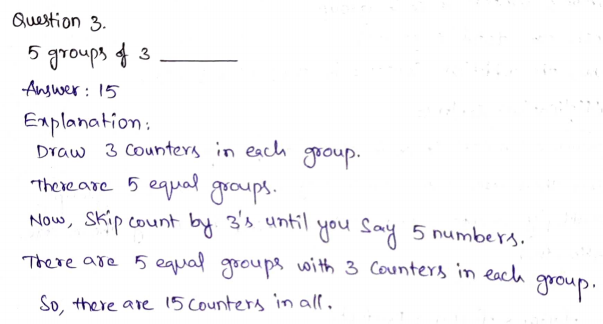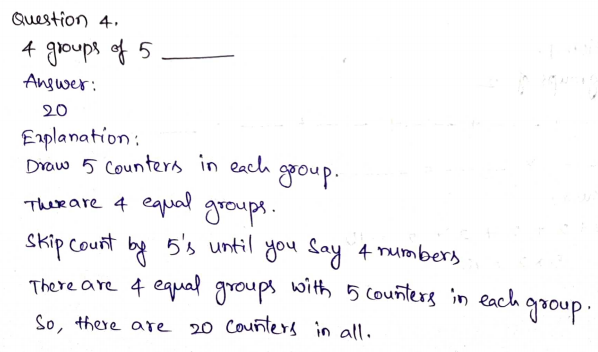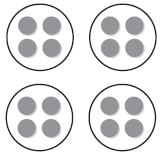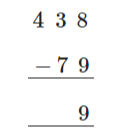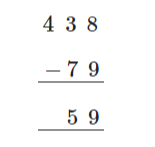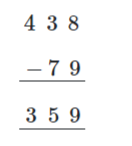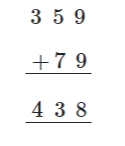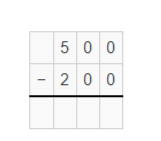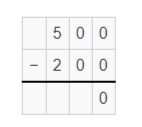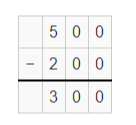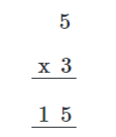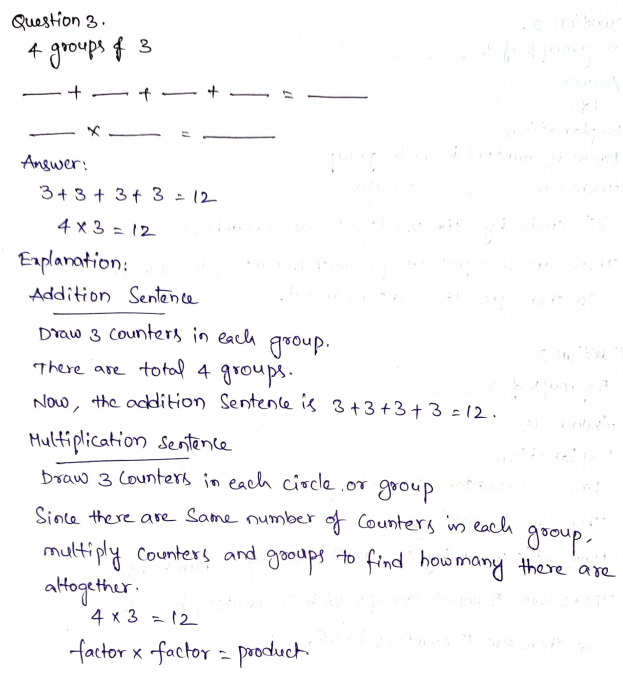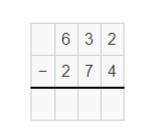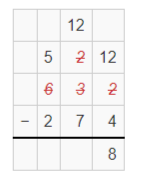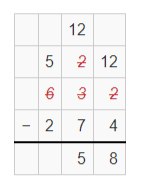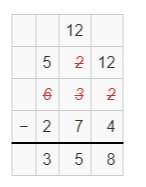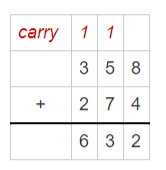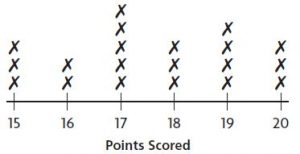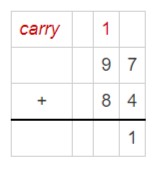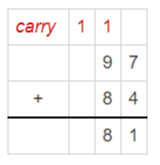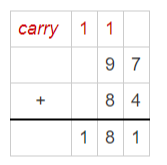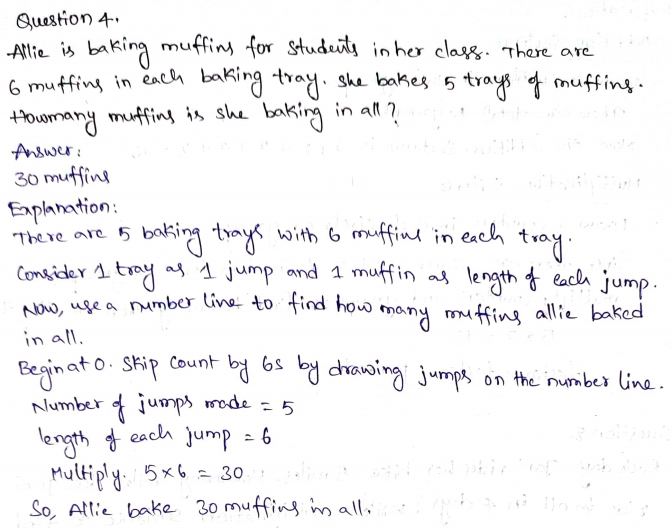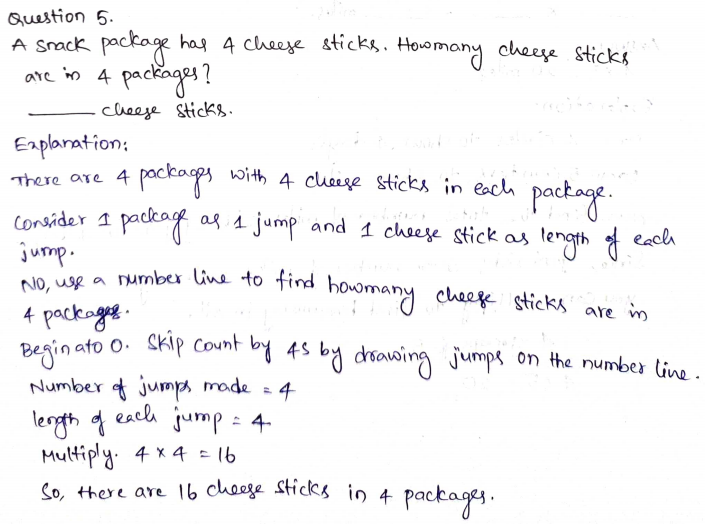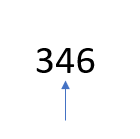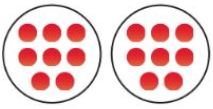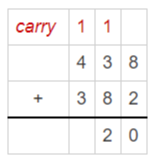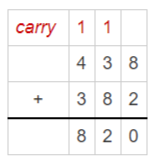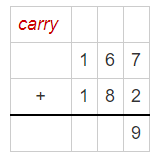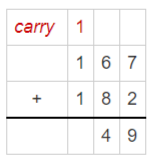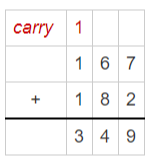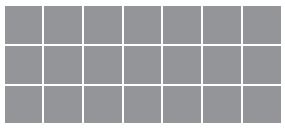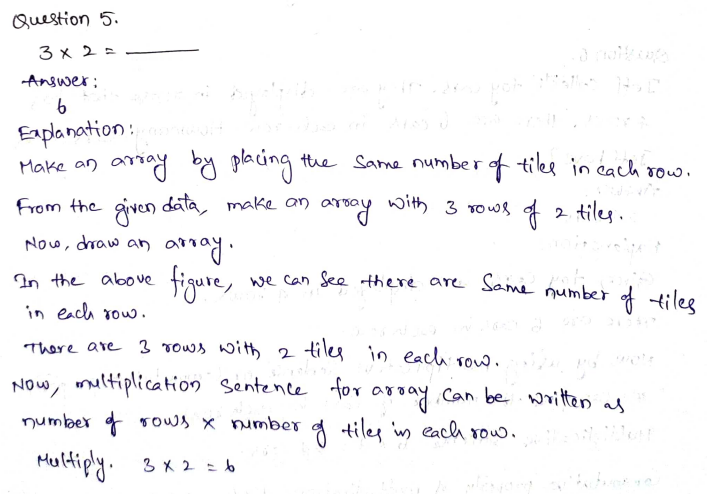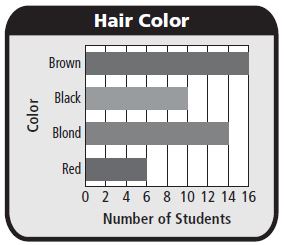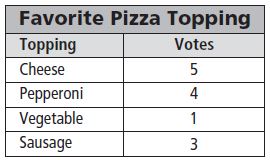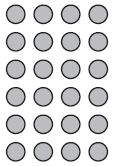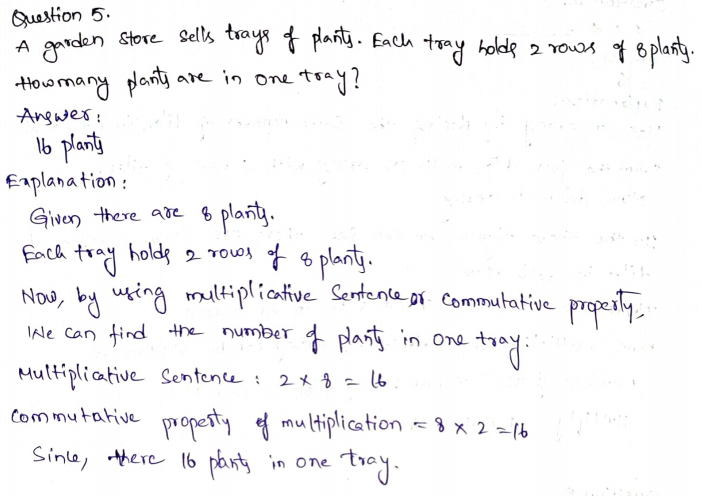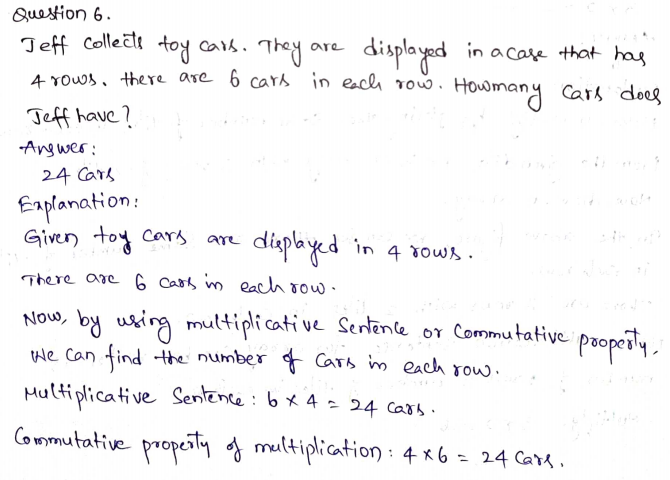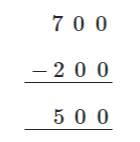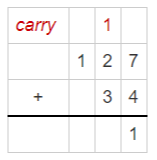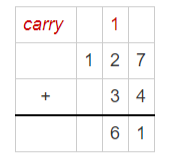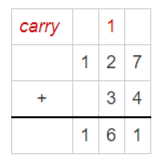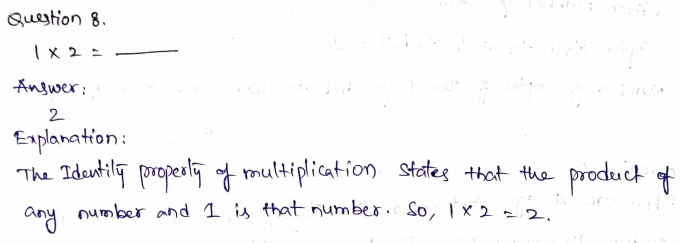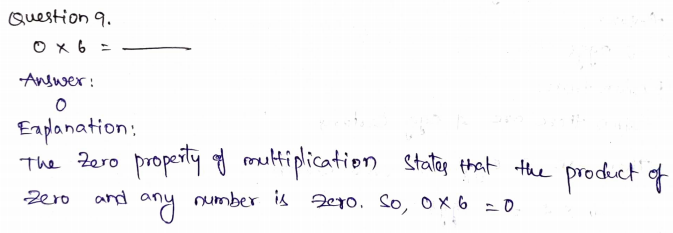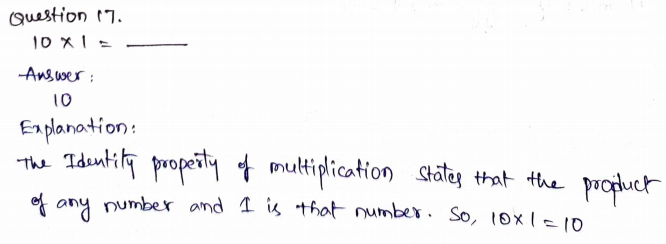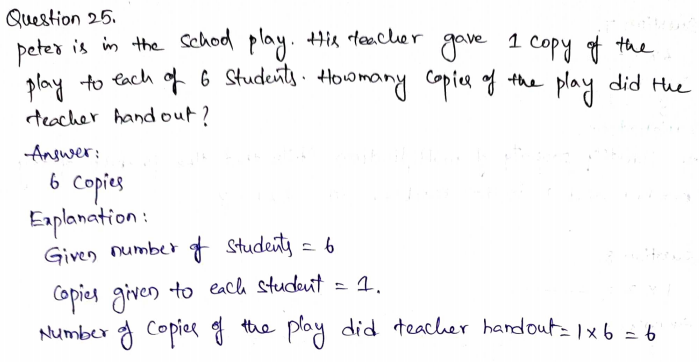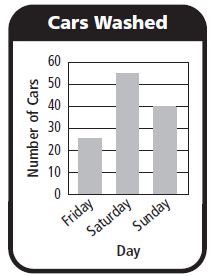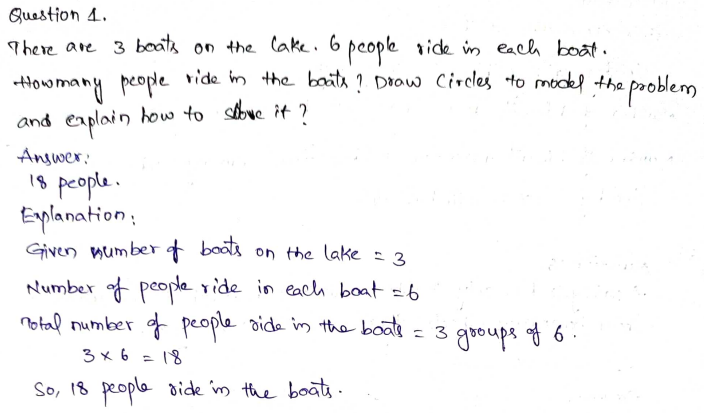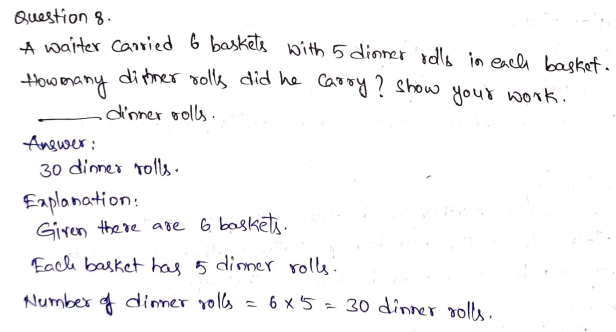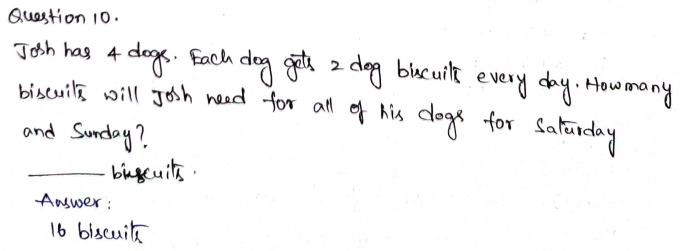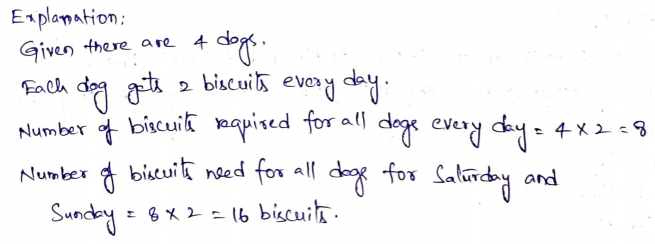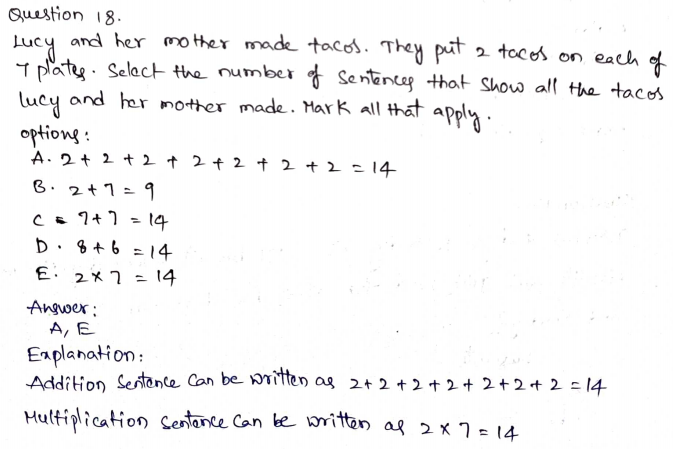Go Math Grade 2 Answer Key Chapter 5 2-Digit Subtraction answer key is useful for students who are preparing for their examinations and can download this pdf for free of cost. In this chapter, each and every question was explained in detail which helps students to understand easily. Go Math Grade 2 Answer Key Chapter 5 2-Digit Subtraction explains different types of questions on 2 Digit Subtraction.
Go Math Grade 2 Answer Key Chapter 5 2-Digit Subtraction
In this chapter, we can see different topics on Break Apart Ones to Subtract, Break Apart Numbers to Subtract, Model Regrouping for Subtraction, Model and Record 2-Digit Subtraction, 2-Digit Subtraction, etc. Those topics were being set up by the mathematical professionals as indicated by the most recent release. Look down this page to get the answers to all the inquiries. Click on the links to look at the subjects shrouded in this chapter 2-Digit Subtraction.
Chapter: 9- 2-Digit Subtraction
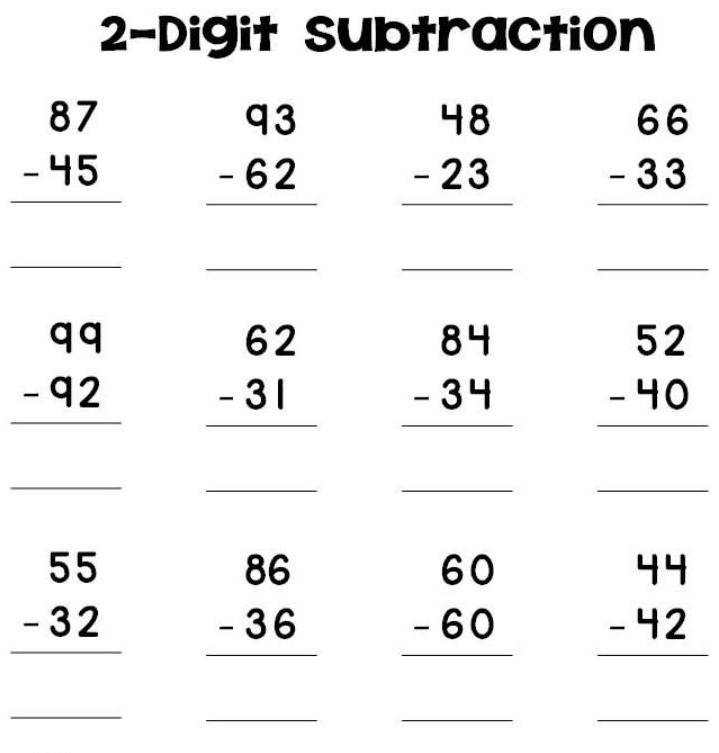
2-Digit Subtraction Show What You Know
2-Digit Subtraction Vocabulary Builder
2-Digit Subtraction Game: Subtraction Search
2-Digit Subtraction Vocabulary Game
Lesson 1: Algebra • Break Apart Ones to Subtract
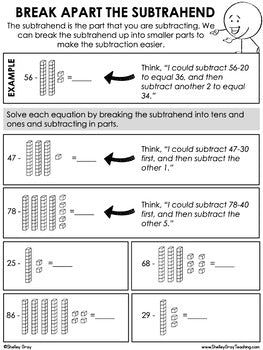
Lesson 5.1 Algebra • Break Apart Ones to Subtract
Algebra • Break Apart Ones to Subtract Homework & Practice 5.1
Lesson 2: Algebra • Break Apart Numbers to Subtract
Lesson 5.2 Algebra • Break Apart Numbers to Subtract
Algebra • Break Apart Numbers to Subtract Homework & practice 5.2
Lesson 3: Model Regrouping for Subtraction

Lesson 5.3 Model Regrouping for Subtraction
Model Regrouping for Subtraction Homework & Practice 5.3
Lesson 4: Model and Record 2-Digit Subtraction
Lesson 5.4 Model and Record 2-Digit Subtraction
Model and Record 2-Digit Subtraction Homework & Practice 5.4
Lesson 5: 2-Digit Subtraction
Lesson 5.5 2-Digit Subtraction
2-Digit Subtraction Homework & practice 5.5
Lesson 6: Practice 2-Digit Subtraction
Lesson 5.6 Practice 2-Digit Subtraction
Practice 2-Digit Subtraction Homework & Practice 5.6
Mid-Chapter Checkpoint
2-Digit Subtraction Mid-Chapter Checkpoint
Lesson 7: Rewrite 2-Digit Subtraction
Lesson 5.7 Rewrite 2-Digit Subtraction
Rewrite 2-Digit Subtraction Homework & Practice 5.7
Lesson 8: Add to Find Differences
Lesson 5.8 Add to Find Differences
Add to Find Differences Homework & practice 5.8
Lesson 9: Problem Solving • Subtraction
Lesson 5.9 Problem Solving • Subtraction
Problem Solving • Subtraction Homework & Practice 5.9
Lesson 10: Algebra • Write Equations to Represent Subtraction
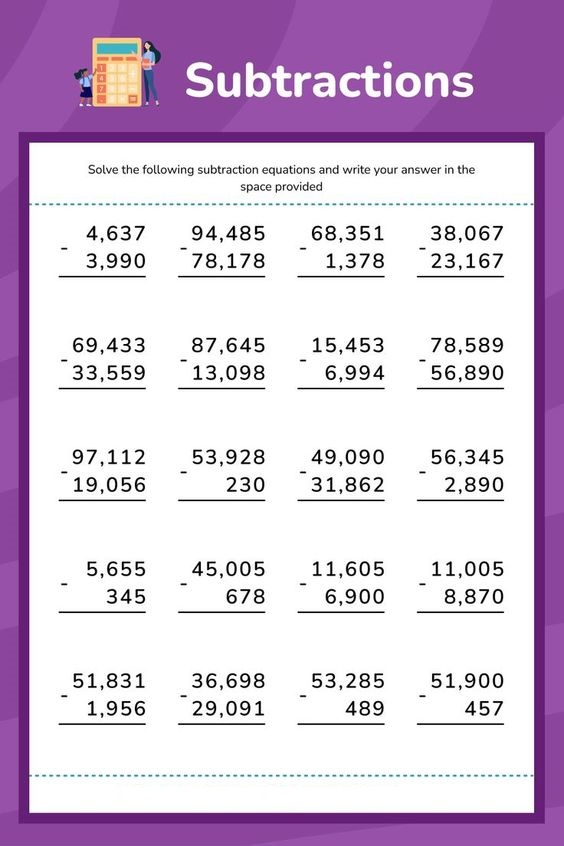
Lesson 5.10 Algebra • Write Equations to Represent Subtraction
Algebra • Write Equations to Represent Subtraction Homework & Practice 5.10
Lesson 11: Solve Multistep problems
Lesson 5.11 Solve Multistep Problems
Solve Multistep Problems Homework & Practice 5.11
Chapter 5 Review/Test
2-Digit Subtraction Chapter 5 Review Test
Curious about Math
There are hundreds of different kinds of dragonflies. If 52 dragonflies are in a garden and 10 fly away, how many dragonflies are left? How many are left if 10 more fly away?

Answer:
The total number of files left is 32 files.
Explanation:
As there are hundreds of different kinds of dragonflies and if 52 dragonflies are in a garden and 10 flies away, so the number of files left is 52 – 10= 42 files and again there are 10 more flies away. So there will be 42 – 10= 32 files left.
2-Digit Subtraction Show What You Know
Subtraction Patterns
Subtract 2. Complete each subtraction sentence.
Question 1.

Question 2.
6 – __ = ___
Answer:
On subtracting 6 – 2 we will get the result as 4.
Explanation:
By subtracting 2 with 6 we will get the result as 6 – 2= 4.
Question 3.
5 – __ = __
Answer:
On subtracting 5 – 2 we will get the result as 3.
Explanation:
By subtracting 2 with 5 we will get the result as 5 – 2= 3.
Question 4.
4 – ___ = __
Answer:
On subtracting 4 – 2 we will get the result as 2.
Explanation:
By subtracting 2 with 4 we will get the result as 4 – 2= 2.
Question 5.
3 – __ = __
Answer:
On subtracting 3 – 2 we will get the result as 1.
Explanation:
By subtracting 2 with 3 we will get the result as 3 – 2= 1.
Question 6.
2 – _ = __
Answer:
On subtracting 2 – 2 we will get the result as 0.
Explanation:
By subtracting 2 with 2 we will get the result as 2 – 2= 0.
Subtraction Facts
Write the difference.
Question 7.

Answer:
On subtracting 8 – 5 we will get the result as 3.
Explanation:
By subtracting 5 with 8 we will get the result as 8 – 5= 3.
Question 8.

Answer:
On subtracting 14 – 6 we will get the result as 8.
Explanation:
By subtracting 6 with 14 we will get the result as 14 – 6= 8.
Question 9.

Answer:
On subtracting 9 – 6 we will get the result as 3.
Explanation:
By subtracting 6 with 9 we will get the result as 9 – 6= 3.
Question 10.

Answer:
On subtracting 16 – 7 we will get the result as 9.
Explanation:
By subtracting 7 with 16 we will get the result as 16 – 7= 9.
Question 11.

Answer:
On subtracting 12 – 6 we will get the result as 6.
Explanation:
By subtracting 6 with 12 we will get the result as 12 – 6= 6.
Question 12.

Answer:
On subtracting 10 – 8 we will get the result as 2.
Explanation:
By subtracting 8 with 10 we will get the result as 10 – 8= 2.
Tens and Ones
Write how many tens and ones are in each model.
Question 13.
54

__ tens __ ones
Answer:
The number of tens is 5 and the number of ones is 4.
Explanation:
In the above image, we can see 10 blocks with 5 rows. Which are 10 × 5= 50 blocks, so there are 5 tens and we can see 4 blocks which are 4 ones. So the total number of blocks is 50 + 4= 54 blocks.
Question 14.
45

__ tens __ ones
Answer:
The number of tens is 4 and the number of ones is 5.
Explanation:
In the above image, we can see 10 blocks with 4 rows. Which are 10 × 4= 40 blocks, so there are 4 tens and we can see 5 blocks which are 5 ones. So the total number of blocks is 40 + 5= 45 blocks.
2-Digit Subtraction Vocabulary Builder
Visualize It
Fill in the boxes of the graphic organizer.

Understand Vocabulary
Draw a line to complete the sentence.

Answer:
1. A digit can be 0,1,2,3,4,5,6,7,8, or 9.
2. You can regroup to trade 10 ones for 1 ten.
3. 20 ones are the same as 2 tens.
Explanation:

1. A digit is a single symbol that is used to make numerals, so the digits can be 0, 1, 2, 3, 4, 5, 6, 7, 8, or 9 are the ten digits which we will use every day.
2. Here, regrouping is defined as the process of making and then carrying out the operation like addition with two-digit numbers or larger than the two-digit numbers. And we use regrouping in addition when the sum of two digits in the place value column is greater than nine. And Regrouping in subtraction is a method of interchanging one ten into ten ones. This regrouping of subtraction is used to work out the different subtraction problems. We can regroup to trade 10 ones for 1 ten. And we can regroup to trade 10 ones for 1 ten.
3. 20 ones are the same as 2 tens. As two tens mean 2 × 10= 20 and 20 × 1= 20, so 20 ones are the same as 2 tens.
2-Digit Subtraction Game: Subtraction Search
Materials Search
• 3 sets of number cards 4 – 9 • 18 
Play with a partner.
1. Shuffle all the cards. Place them face down in one stack.
2. Take one card. Find a square with a subtraction problem with this number as the difference. Your partner checks your answer.
3. If you are correct, place a  on that square. If there is no match, skip your turn.
on that square. If there is no match, skip your turn.
4. Take turns. The first player to have  on all the squares wins.
on all the squares wins.


2-Digit Subtraction Vocabulary Game
Going Places with GOMATH! Words
Bingo
For 3 to 6 players
Materials
- 1 set of word cards
- 1 Bingo board for each player
- game markers
How to Play
- The caller chooses a word card and reads the word. Then the caller puts the word card in a second pile.
- Players put a marker on the word each time they find it on their Bingo boards.
- Repeat steps 1 and 2 until a player marks 5 boxes in a line going down, across, or on a slant and calls “Bingo.”
- Check the answers. Have the player who said “Bingo” read the words aloud while the caller checks the word cards in the second pile.
The Write Way
Reflect
Choose one idea. Write about it in the space below.
- Explain how drawing quick pictures helps you add 2-digit numbers.
- Tell about all the different ways you can add 2-digit numbers.
- Write about a time that you helped explain something to a classmate. What was your classmate having trouble with? How did you help him or her?

Lesson 5.1 Algebra • Break Apart Ones to Subtract
Essential Question
How does breaking apart a number make subtracting easier?
Listen and Draw
Write two addends for each sum.

Answer:
The two addends for the first image are 3 and 4.
The two addends for the second image are 4 and 5.
The two addends for the third image are 2 and 3.
The two addends for the fourth image are 3 and 3.
The two addends for the fifth image are 2 and 2.
The two addends for the sixth image are 4 and 4.
Explanation:
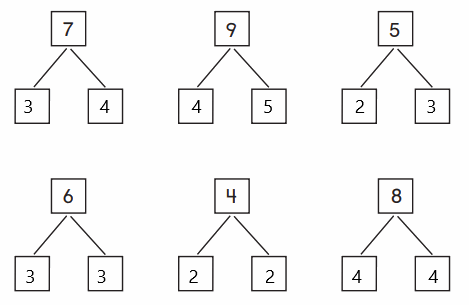
As addend can be defined as the numbers are added together to get the sum. Here the given sum is 7, so to get the sum 7 we will take the two addends as 3 + 4 so we can get the sum as 7. The given sum is 9, so to get the sum 9 we will take the two addends 4 + 5 so we can get the sum as 9. The given sum is 5, so to get the sum 5 we will take the two addends 2 + 3 so we can get the sum as 5. The given sum is 6, so to get the sum 6 we will take the two addends 3 + 3 so we can get the sum as 6. the given sum is 4, so to get the sum 4 we will take the two addends 2 + 2 so we can get the sum as 4. The given sum is 8, so to get the sum 8 we will take the two addends
4 + 4 so we can get the sum as 8.
Math Talk
MATHEMATICAL PRACTICES
Describe how you chose addends for each sum.
Answer:
The addends are chosen by the given sum. As addend can be defined as the numbers are added to together to get the sum. So we have chosen the two addends by the given sum.
Model and Draw
Break apart ones. Subtract in two steps.

So, 63 − 7 = ___.
Answer:
The subtraction of 63 – 7 is 56.
Explanation:
Here, we have started at 63 and subtracted 3, to subtract 3 on the number line jump makes a jump from 63 to 60 and the size of the jump is 3 and we will get 60. Then we have to subtract 4, so we will start from 60 on the number line jump makes a jump from 60 to 56 and the size of the jump is 4 and we will get 56. So the subtraction of 63 – 7 is 56.
Share and Show MATH BOARD
Break apart ones to subtract. Write the difference.

Question 1.

Answer:
The subtraction of 55 – 8 is 47.
Explanation:
Here, we have started at 55 and subtracted 5, to subtract 5 on the number line jump makes a jump from 55 to 50 and the size of the jump is 5 and we will get 50. Then we have to subtract 3, so we will start from 50 on the number line jump makes a jump from 50 to 47 and the size of the jump is 3 and we will get 47. So the subtraction of 55 – 8 is 47.

Question 2.

Answer:
The subtraction of 42 – 5 is 37.
Explanation:
Here, we have started at 42 and subtracted 2, to subtract 2 on the number line jump makes a jump from 42 to 40 and the size of the jump is 2 and we will get 40. Then we have to subtract 3, so we will start from 40 on the number line jump makes a jump from 40 to 37 and the size of the jump is 3 and we will get 37. So the subtraction of 42 – 5 is 37.

Question 3.
41 – 9 = __
Answer:
The subtraction of 41 – 9 is 32.
Explanation:
Here, we have started at 41 and subtracted 4, to subtract 4 on the number line jump makes a jump from 41 to 37 and the size of the jump is 4 and we will get 37. Then we have to subtract 5, so we will start from 37 on the number line jump makes a jump from 37 to 32 and the size of the jump is 5 and we will get 32. So the subtraction of 41 – 9 is 32.

Question 4.
53 – 6 = __
Answer:
The subtraction of 53 – 6 is 47.
Explanation:
Here, we have started at 53 and subtracted 3, to subtract 3 on the number line jump makes a jump from 53 to 50 and the size of the jump is 3 and we will get 50. Then we have to subtract 3, so we will start from 50 on the number line jump makes a jump from 50 to 47 and the size of the jump is 3 and we will get 47. So the subtraction of 53 – 6 is 47.

Question 5.
44 – 7 = __
Answer:
The subtraction of 44 – 7 is 37.
Explanation:
Here, we have started at 44 and subtracted 3, to subtract 3 on the number line jump makes a jump from 44 to 41 and the size of the jump is 3 and we will get 41. Then we have to subtract 4, so we will start from 41 on the number line jump makes a jump from 41 to 37 and the size of the jump is 4 and we will get 37. So the subtraction of 44 – 7 is 37.

Question 6.
52 – 8 = __
Answer:
The subtraction of 52 – 8 is 44.
Explanation:
Here, we have started at 52 and subtracted 4, to subtract 4 on the number line jump makes a jump from 52 to 48 and the size of the jump is 4 and we will get 48. Then we have to subtract 4, so we will start from 48 on the number line jump makes a jump from 48 to 44 and the size of the jump is 4 and we will get 44. So the subtraction of 52 – 8 is 44.

On Your Own
Break apart ones to subtract. Write the difference.

Question 7.

Answer:
The subtraction of 75 – 7 is 68.
Explanation:
Here, we have started at 75 and subtracted 3, to subtract 3 on the number line jump makes a jump from 75 to 72 and the size of the jump is 3 and we will get 72. Then we have to subtract 4, so we will start from 72 on the number line jump makes a jump from 72 to 68 and the size of the jump is 4 and we will get 68. So the subtraction of 75 – 7 is 68.

Question 8.

Answer:
The subtraction of 86 – 8 is 78.
Explanation:
Here, we have started at 86 and subtracted 4, to subtract 4 on the number line jump makes a jump from 86 to 82 and the size of the jump is 4 and we will get 82. Then we have to subtract 4, so we will start from 82 on the number line jump makes a jump from 82 to 78 and the size of the jump is 4 and we will get 78. So the subtraction of 86 – 8 is 78.

Question 9.
82 – 5 = __
Answer:
The subtraction of 82 – 5 is 77.
Explanation:
Here, we have started at 82 and subtracted 3, to subtract 3 on the number line jump makes a jump from 82 to 79 and the size of the jump is 3 and we will get 79. Then we have to subtract 2, so we will start from 79 on the number line jump makes a jump from 79 to 77 and the size of the jump is 2 and we will get 77. So the subtraction of 82 – 5 is 77.

Question 10.
83 – 7 = __
Answer:
The subtraction of 83 – 7 is 76.
Explanation:
Here, we have started at 83 and subtracted 3, to subtract 3 on the number line jump makes a jump from 83 to 80 and the size of the jump is 3 and we will get 80. Then we have to subtract 4, so we will start from 80 on the number line jump makes a jump from 80 to 76 and the size of the jump is 4 and we will get 76. So the subtraction of 83 – 7 is 76.

Question 11.
72 – 7 = __
Answer:
The subtraction of 72 – 7 is 65.
Explanation:
Here, we have started at 72 and subtracted 3, to subtract 3 on the number line jump makes a jump from 72 to 69 and the size of the jump is 3 and we will get 69. Then we have to subtract 4, so we will start from 69 on the number line jump makes a jump from 69 to 65 and the size of the jump is 4 and we will get 65. So the subtraction of 72 – 7 is 65.

Question 12.
76 – 9 = __
Answer:
The subtraction of 76 – 9 is 67.
Explanation:
Here, we have started at 76 and subtracted 5, to subtract 5 on the number line jump makes a jump from 76 to 71 and the size of the jump is 5 and we will get 71. Then we have to subtract 4, so we will start from 71 on the number line jump makes a jump from 71 to 67 and the size of the jump is 4 and we will get 67. So the subtraction of 76 – 9 is 67.

Question 13.
85 – 8 = __
Answer:
The subtraction of 85 – 8 is 77.
Explanation:
Here, we have started at 85 and subtracted 4, to subtract 4 on the number line jump makes a jump from 85 to 81 and the size of the jump is 4 and we will get 81. Then we have to subtract 4, so we will start from 81 on the number line jump makes a jump from 81 to 77 and the size of the jump is 4 and we will get 77. So the subtraction of 85 – 8 is 77.

Question 14.
71 – 6 = __
Answer:
The subtraction of 71 – 6 is 65.
Explanation:
Here, we have started at 71 and subtracted 3, to subtract 3 on the number line jump makes a jump from 71 to 68 and the size of the jump is 3 and we will get 68. Then we have to subtract 3, so we will start from 68 on the number line jump makes a jump from 68 to 65 and the size of the jump is 3 and we will get 65. So the subtraction of 71 – 6 is 65.

Question 15.
THINK SMARTER
Cheryl brought 27 bagels for the bake sale. Mike brought 24 bagels. They sold all but 9 of them. How many bagels did they sell?

__ bagels
Answer:
The total number of bagels sold is 42 bagels.
Explanation:
Cheryl brought 27 bagels for the bake sale and Mike brought 24 bagels, so the total number of bagels did Mike and Cheryl bought is 27 + 24= 51 bagels. And they sold all but 9 bagels are left with them, so the number of bagels sold is 51 – 9= 42 bagels. So the total number of bagels sold is 42 bagels.
Question 16.
MATHEMATICAL PRACTICE
Analyze Lexi has 8 fewer crayons than Ken. Ken has 45 crayons. How many crayons does Lexi have?
__ crayons
Answer:
The number of crayons Lexi had is 37 crayons.
Explanation:
As Lexi has 8 fewer crayons than Ken and Ken has 45 crayons, so Lexi has 45 – 8= 37 crayons.
Problem Solving • Applications
Write or draw to explain.
Question 17.
Cheryl built a toy train with 27 train cars. Then she added 18 more train cars. How many train cars are on the toy train now?

__ train cars
Answer:
The number of train cars is on the toy train is 9 train cars.
Explanation:
Cheryl built a toy train with 27 train cars and then she added 18 more train cars, so the number of train cars are on the toy train is 27 – 18= 9 train cars.
Question 18.
MATHEMATICAL PrACTICE
Analyze
Samuel had 46 marbles. He gave some marbles to a friend and has 9 marbles left. How many marbles did Samuel give to his friend?
__ marbles
Answer:
The number of marbles did Samuel gave to his friend is 37 marbles.
Explanation:
Samuel had 46 marbles and he gave some marbles to a friend and has 9 marbles left, so the number of marbles did Samuel gave to his friend is 46 – 9= 37 marbles. So the number of marbles did Samuel gave to his friend is 37 marbles.
Question 19.
THINK SMARTER
Matthew had 73 blocks. He gave 8 blocks to his sister. How many blocks does Matthew have now? Draw or write to show how to solve the problem.

Matthew has __ blocks now.
Answer:
The total number of blocks Matthew had is 65 blocks.
Explanation:
Matthew had 73 blocks and he gave 8 blocks to his sister, so the number of blocks did Matthew had is 73 – 8= 65 blocks. So after giving 8 blocks to his sister Matthew had 65 blocks. By subtracting the number of blocks did Matthew had and the number of blocks did he gave to his sister we had solved the problem.
TAKE HOME ACTIVITY
• Ask your child to describe how to find 34 − 6.
Answer:
The subtraction of 6 from 34 is 28. And there are two tens and eight ones.
Explanation:
In the above image, we can see that there are three tens and five one’s blocks. So here we need to subtract 6 from 34, so we will perform regrouping of subtraction. Here Regrouping in subtraction is a process of exchanging one ten into ten ones. We use regrouping in subtraction when the minuend is smaller than the subtrahend. So the subtraction of 6 from 34 is 34 – 6= 28 and there are two tens and eight ones.
Algebra • Break Apart Ones to Subtract Homework & Practice 5.1
Break apart ones to subtract. Write the difference.

Question 1.
36 – 7 = __
Answer:
The subtraction of 36 – 7 is 29.
Explanation:
Here, we have started at 36 and subtracted 3, to subtract 3 on the number line jump makes a jump from 36 to 33 and the size of the jump is 3 and we will get 33. Then we have to subtract 4, so we will start from 33 on the number line jump makes a jump from 33 to 29 and the size of the jump is 4 and we will get 29. So the subtraction of 36 – 7 is 56.

Question 2.
35 – 8 = __
Answer:
The subtraction of 35 – 8 is 27.
Explanation:
Here, we have started at 35 and subtracted 4, to subtract 4 on the number line jump makes a jump from 35 to 31 and the size of the jump is 4 and we will get 31. Then we have to subtract 4, so we will start from 31 on the number line jump makes a jump from 31 to 27 and the size of the jump is 4 and we will get 27. So the subtraction of 35 – 8 is 27.

Question 3.
37 – 9 = __
Answer:
The subtraction of 37 – 9 is 28.
Explanation:
Here, we have started at 37 and subtracted 4, to subtract 4 on the number line jump makes a jump from 37 to 33 and the size of the jump is 4 and we will get 33. Then we have to subtract 5, so we will start from 33 on the number line jump makes a jump from 33 to 28 and the size of the jump is 5 and we will get 28. So the subtraction of 37 – 9 is 28.

Question 4.
41 – 6 = __
Answer:
The subtraction of 41 – 6 is 35.
Explanation:
Here, we have started at 41 and subtracted 3, to subtract 3 on the number line jump makes a jump from 41 to 38 and the size of the jump is 3 and we will get 38. Then we have to subtract 3, so we will start from 35 on the number line jump makes a jump from 38 to 35 and the size of the jump is 3 and we will get 35. So the subtraction of 41 – 6 is 35.

Question 5.
44 – 5 = __
Answer:
The subtraction of 44 – 5 is 39.
Explanation:
Here, we have started at 44 and subtracted 3, to subtract 3 on the number line jump makes a jump from 44 to 41 and the size of the jump is 3 and we will get 41. Then we have to subtract 2, so we will start from 41 on the number line jump makes a jump from 41 to 39 and the size of the jump is 2 and we will get 39. So the subtraction of 44 – 5 is 39.

Question 6.
33 – 7 = __
Answer:
The subtraction of 33 – 7 is 26.
Explanation:
Here, we have started at 33 and subtracted 3, to subtract 3 on the number line jump makes a jump from 33 to 30 and the size of the jump is 3 and we will get 30. Then we have to subtract 4, so we will start from 30 on the number line jump makes a jump from 30 to 26 and the size of the jump is 4 and we will get 26. So the subtraction of 33 – 7 is 26.

Question 7.
32 – 4 = __
Answer:
The subtraction of 32 – 4 is 28.
Explanation:
Here, we have started at 32 and subtracted 2, to subtract 2 on the number line jump makes a jump from 32 to 30 and the size of the jump is 2 and we will get 30. Then we have to subtract 2, so we will start from 30 on the number line jump makes a jump from 30 to 28 and the size of the jump is 2 and we will get 28. So the subtraction of 32 – 4 is 28.

Question 8.
31 – 6 = __
Answer:
The subtraction of 31 – 6 is 25.
Explanation:
Here, we have started at 31 and subtracted 3, to subtract 3 on the number line jump makes a jump from 31 to 28 and the size of the jump is 3 and we will get 28. Then we have to subtract 3, so we will start from 28 on the number line jump makes a jump from 28 to 25 and the size of the jump is 3 and we will get 25. So the subtraction of 31 – 6 is 25.

Problem Solving
Choose a way to solve. Write or draw to explain.
Question 9.
Beth had 44 marbles. She gave 9 marbles to her brother. How many marbles does Beth have now?
__ marbles.
Answer:
The total number of marbles does Beth had is 35 marbles.
Explanation:
Beth had 44 marbles and she gave 9 marbles to her brother and the remaining marbles do Beth had are 44 – 9= 35 marbles.
Question 10.
WRITE Math
Draw a number line and show how to find the difference for 24 – 6 using the break apart method in this lesson.

Lesson Check
Question 1.
What is the difference?

58 – 9 = __
Answer:
The difference of 58 – 9 is 49.
Explanation:
Here, we have started at 58 and subtracted 4, to subtract 4 on the number line jump makes a jump from 58 to 54 and the size of the jump is 4 and we will get 54. Then we have to subtract 5, so we will start from 54 on the number line jump makes a jump from 54 to 49 and the size of the jump is 5 and we will get 49. So the subtraction of 58 – 9 is 49.

Spiral Review
Question 2.
What is the difference?
14 – 6 = __
Answer:
The difference of 14 – 6 is 8.
Explanation:
Here, we have started at 14 and subtracted 3, to subtract 3 on the number line jump makes a jump from 14 to 11 and the size of the jump is 3 and we will get 11. Then we have to subtract 3, so we will start from 11 on the number line jump makes a jump from 11 to 3 and the size of the jump is 3 and we will get 8. So the subtraction of 14 – 6 is 8.
Question 3.
What is the sum?
3 + 6 + 2 = ___
Answer:
The sum of the three numbers is 11.
Explanation:
The sum can be defined as the resulting of two or more numbers by adding. So here the sum of the three numbers
3 + 6 + 2 is 11.
Question 4.
What is the sum?
64 + 7 = __
Answer:
The sum of the two numbers is 71.
Explanation:
The sum can be defined as the resulting of two or more numbers by adding. So here the sum of the two numbers 64 + 7 is 71.
Question 5.
What is the sum?
56 + 18 = __
Answer:
The sum of the two numbers is 74.
Explanation:
The sum can be defined as the resulting of two or more numbers by adding. So here the sum of the two numbers 56 + 18 is 74.
Lesson 5.2 Algebra • Break Apart Numbers to Subtract
Essential Question
How does breaking apart a number make subtracting easier?
Listen and Draw
Draw jumps on the number line to show how to break apart the number to subtract.

Math Talk
MATHEMATICAL PRACTICES
Describe a Method
For one of the problems, describe what you did.
Model and Draw
Break apart the number you are subtracting into tens and ones.
Subtract 10.
Next, subtract 2 to get to 60.
Then subtract 5 more.


So, 72 – 12 = ___
Share and Show MATH BOARD
Break apart the number you are subtracting.
Write the difference.

Question 1.

Answer:
The subtraction of 43 – 18 is 25.
Explanation:
Here, we will break apart the number that we are subtracting. So first we will break into tens and ones. So here we will break 18 as 10 and 8 and we will subtract 10 and we will get the result as 33. Then we will start from 33 and subtract 3 to get to 30 and then subtract 5 more. So we will get the result as 25, and we will place it on the number line. So the subtraction of 43 – 18 is 25.
Question 2.

Answer:
The subtraction of 45 – 14 is 31.
Explanation:
Here, we will break apart the number that we are subtracting. So first we will break into tens and ones. So here we will break 14 as 10 and 4 and we will subtract 10 and we will get the result as 35. Then we will start from 35 and subtract 2 to get to 33 and then subtract 2 more. So we will get the result as 31, and we will place it on the number line. So the subtraction of 45 – 14 is 31.
Question 3.
46 – 17 = __
Answer:
The subtraction of 46 – 17 is 29.
Explanation:
Here, we will break apart the number that we are subtracting. So first we will break into tens and ones. So here we will break 17 as 10 and 7 and we will subtract 10 and we will get the result as 36. Then we will start from 33 and subtract 3 to get to 30 and then subtract 5 more. So we will get the result as 25, and we will place it on the number line. So the subtraction of 46 – 17 is 29.
Question 4.
44 – 16 = __
Answer:
The subtraction of 44 – 16 is 28.
Explanation:
Here, we will break apart the number that we are subtracting. So first we will break into tens and ones. So here we will break 18 as 10 and 6 and we will subtract 10 and we will get the result as 34. Then we will start from 34 and subtract 4 to get to 30 and then subtract 2 more. So we will get the result as 28, and we will place it on the number line. So the subtraction of 44 – 16 is 28.
On Your Own
Break apart the number you are subtracting. Write the difference.

Question 5.

Answer:
The subtraction of 57 – 15 is 42.
Explanation:
Here, we will break apart the number that we are subtracting. So first we will break into tens and ones. So here we will break 15 as 10 and 5 and we will subtract 10 and we will get the result as 47. Then we will start from 47 and subtract 3 to get to 44 and then subtract 2 more. So we will get the result as 42, and we will place it on the number line. So the subtraction of 57 – 15 is 42.
Question 6.

Answer:
The subtraction of 63 – 17 is 46.
Explanation:
Here, we will break apart the number that we are subtracting. So first we will break into tens and ones. So here we will break 17 as 10 and 7 and we will subtract 10 and we will get the result as 53. Then we will start from 53 and subtract 3 to get to 50 and then subtract 4 more. So we will get the result as 46, and we will place it on the number line. So the subtraction of 63 – 17 is 46.
Question 7.
68 – 19 = __
Answer:
The subtraction of 68 – 19 is 49.
Explanation:
Here, we will break apart the number that we are subtracting. So first we will break into tens and ones. So here we will break 19 as 10 and 9 and we will subtract 10 and we will get the result as 58. Then we will start from 58 and subtract 8 to get to 50 and then subtract 1 more. So we will get the result as 49, and we will place it on the number line. So the subtraction of 68 – 19 is 49.
Question 8.
61 – 18 = __
Answer:
The subtraction of 61 – 18 is 43.
Explanation:
Here, we will break apart the number that we are subtracting. So first we will break into tens and ones. So here we will break 18 as 10 and 8 and we will subtract 10 and we will get the result as 51. Then we will start from 51 and subtract 1 to get to 50 and then subtract 7 more. So we will get the result as 43, and we will place it on the number line. So the subtraction of 61 – 18 is 43.
Question 9.
THINK SMARTER
Jane has 53 toys in a box. She takes some toys out. Now there are 36 toys in the box. How many toys did Jane take out of the box?

Answer:
The number of toys did Jane take out of the box is 17 toys.
Explanation:
As Jane has 53 toys in a box and she takes some toys out, so Now there are 36 toys in the box. So to find how many toys did Jane take out of the box we will perform regrouping of subtraction. Here Regrouping in subtraction is a process of exchanging one ten into ten ones. We use regrouping in subtraction when the minuend is smaller than the subtrahend. So The subtraction of 36 from 53 is 53 – 36= 17. So the number of toys did Jane take out of the box is 17 toys.
Question 10.
GO DEEPER
Look at Tom’s steps to solve a problem. Solve this problem in the same way.
42 – 15 = ?

Answer:
The subtraction of 42 – 15 is 27.
Explanation:
As we can see in the above image that the subtraction is done by the break apart number process, so the given problem is 42 – 15, so here we will break the 15 into 10 and 5, and then we will break 5 apart into 3 and 2. So first we will subtract 10 then the result will be 42 – 10 is 32 and then we will 2 then the result will be 32 – 2= 30. Now we will subtract 3 then the result will be 30 – 3= 27. So the subtraction of 42 – 15 is 27.
Problem Solving • Applications
Question 11.
38 people are in the library. Then 33 more people go into the library. How many people are in the library now?
__ people
Answer:
The total number of people in the library is 71 people.
Explanation:
As there are 38 people in the library and then 33 more people go into the library, so to find the number of people in the library we will perform addition. So we will add 38 + 33 is 71. The total number of people in the library is 71 people.
Question 12.
MATHEMATICAL PRACTICE
Analyze Alex has 24 toys in a chest. He takes some toys out of the chest. Then there are 16 toys in the chest. How many toys did he take out of the chest?

__ toys
Answer:
There are 8 toys did Alex take out of the chest.
Explanation:
As Alex has 24 toys in a chest and he takes some toys out of the chest. Then there are 16 toys in the chest, so to find the number of toys did Alex has to take out of the chest we will perform subtraction. So we will perform regrouping of subtraction. Here Regrouping in subtraction is a process of exchanging one ten into ten ones. We use regrouping in subtraction when the minuend is smaller than the subtrahend. So the subtraction of 16 from 24 is 24 – 16= 8 and there are 8 toys did Alex take out of the chest.
Question 13.
THINK SMARTER
Gail has two piles of newspapers. There are 32 papers in the first pile. There are 19 papers in the second pile. How many more papers are in the first pile than in the second pile?
__ more papers
Write or draw to explain how you solved the problem.

Answer:
The number of papers more in the first pile than the second pile is 13 more papers.
Explanation:
As Gail has two piles of newspapers and there are 32 papers in the first pile and there are 19 papers in the second pile. So to know how many papers are in the first pile than the second pile we will perform subtraction which is 32 – 19= 13 more papers.
TAKE HOME ACTIVITY
• Ask your child to write a subtraction story that uses 2-digit numbers.
Answer:
We will perform subtraction by breaking the two-digit number into tens place digit and ones place digit. Then the other number will be placed below the number. If the minuend number is less than the subtrahend number then we will perform regrouping of subtraction. Here Regrouping in subtraction is a process of exchanging one ten into ten ones. We use regrouping in subtraction when the minuend is smaller than the subtrahend. So by this, we will perform the subtraction.
Algebra • Break Apart Numbers to Subtract Homework & practice 5.2
Break apart the number you are subtracting. Write the difference.

Question 1.
81 – 14 = __
Answer:
The subtraction of 81 – 14 is 67.
Explanation:
Here, we have started at 81 and subtracted 7, to subtract 7 on the number line jump makes a jump from 81 to 74 and the size of the jump is 7 and we will get 74. Then we have to subtract 7, so we will start from 74 on the number line jump makes a jump from 74 to 67 and the size of the jump is 7 and we will get 67. So the subtraction of 81 – 14 is 67.
Question 2.
84 – 16 = __
Answer:
The subtraction of 84 – 16 is 68.
Explanation:
Here, we have started at 84 and subtracted 8, to subtract 8 on the number line jump makes a jump from 84 to 76 and the size of the jump is 8 and we will get 76. Then we have to subtract 8, so we will start from 76 on the number line jump makes a jump from 76 to 68 and the size of the jump is 8 and we will get 68. So the subtraction of 84 – 16 is 68.
Question 3.
77 – 14 = __
Answer:
The subtraction of 77 – 14 is 63.
Explanation:
Here, we have started at 77 and subtracted 7, to subtract 7 on the number line jump makes a jump from 77 to 70 and the size of the jump is 7 and we will get 70. Then we have to subtract 7, so we will start from 70 on the number line jump makes a jump from 70 to 63 and the size of the jump is 7 and we will get 63. So the subtraction of 77 – 14 is 63.
Question 4.
83 – 19 = __
Answer:
The subtraction of 83 – 19 is 64.
Explanation:
Here, we have started at 83 and subtracted 10, to subtract 10 on the number line jump makes a jump from 83 to 73 and the size of the jump is 10 and we will get 73. Then we have to subtract 9, so we will start from 73 on the number line jump makes a jump from 73 to 64 and the size of the jump is 9 and we will get 64. So the subtraction of 83 – 19 is 64.
Question 5.
81 – 17 = __
Answer:
The subtraction of 81 – 17 is 64.
Explanation:
Here, we have started at 81 and subtracted 10, to subtract 10 on the number line jump makes a jump from 81 to 71 and the size of the jump is 10 and we will get 71. Then we have to subtract 7, so we will start from 71 on the number line jump makes a jump from 71 to 64 and the size of the jump is 7 and we will get 64. So the subtraction of 81 – 17 is 64.
Question 6.
88 – 13 = __
Answer:
The subtraction of 88 – 13 is 75.
Explanation:
Here, we have started at 88 and subtracted 3, to subtract 3 on the number line jump makes a jump from 83 to 80 and the size of the jump is 3 and we will get 80. Then we have to subtract 10, so we will start from 80 on the number line jump makes a jump from 80 to 75 and the size of the jump is 10 and we will get 75. So the subtraction of 88 – 13 is 75.
Question 7.
84 – 19 = __
Answer:
The subtraction of 84 – 19 is 65.
Explanation:
Here, we have started at 84 and subtracted 10, to subtract 10 on the number line jump makes a jump from 84 to 74 and the size of the jump is 10 and we will get 74. Then we have to subtract 9, so we will start from 74 on the number line jump makes a jump from 74 to 65 and the size of the jump is 9 and we will get 65. So the subtraction of 84 – 19 is 65.
Question 8.
86 – 13 = __
Answer:
The subtraction of 86 – 13 is 73.
Explanation:
Here, we have started at 86 and subtracted 7, to subtract 7 on the number line jump makes a jump from 86 to 79 and the size of the jump is 7 and we will get 79. Then we have to subtract 6, so we will start from 79 on the number line jump makes a jump from 79 to 73 and the size of the jump is 6 and we will get 73. So the subtraction of 86 – 13 is 73.
Question 7.
84 – 19 = __
Answer:
The subtraction of 84 – 19 is 65.
Explanation:
Here, we have started at 84 and subtracted 10, to subtract 10 on the number line jump makes a jump from 84 to 74 and the size of the jump is 10 and we will get 74. Then we have to subtract 9, so we will start from 74 on the number line jump makes a jump from 74 to 65 and the size of the jump is 9 and we will get 65. So the subtraction of 84 – 19 is 65.
Question 8.
86 – 18 = __
Answer:
The subtraction of 86 – 18 is 68.
Explanation:
Here, we have started at 84 and subtracted 9, to subtract 9 on the number line jump makes a jump from 86 to 77 and the size of the jump is 9 and we will get 77. Then we have to subtract 9, so we will start from 77 on the number line jump makes a jump from 77 to 68 and the size of the jump is 9 and we will get 68. So the subtraction of 86 – 18 is 68.
Problem Solving
Solve. Write or draw to explain.
Question 9.
Mr. Pearce bought 43 plants. He gave 14 plants to his sister. How many plants does Mr. Pearce have now?
__ plants
Answer:
The number of plants does Mr. Pearce had is 29 plants.
Explanation:
Mr. Pearce bought 43 plants and he gave 14 plants to his sister. So the number of plants does Mr. Pearce has now is 43 – 14. Here, we have started at 43 and subtracted 7, to subtract 7 on the number line jump makes a jump from 43 to 36 and the size of the jump is 7 and we will get 36. Then we have to subtract 7, so we will start from 36 on the number line jump makes a jump from 7 to 29 and the size of the jump is 7 and we will get 29. So the subtraction of 43 – 14 is 29. So the number of plants does Mr. Pearce had is 29 plants.
Question 10.
WRITE Math
Draw a number line and show how to find the difference for 36 – 17 using the break apart method in this lesson.

Lesson Check
Question 1.
What is the difference?

63 – 19 = __
Answer:
The subtraction of 63 – 19 is 44.
Explanation:
Here, we have started at 63 and subtracted 10, to subtract 10 on the number line jump makes a jump from 63 to 53 and the size of the jump is 10 and we will get 53. Then we have to subtract 9, so we will start from 53 on the number line jump makes a jump from 53 to 44 and the size of the jump is 9 and we will get 44. So the subtraction of 63 – 19 is 44.
Spiral Review
Question 2.
What is the sum?

Answer:
The sum of the two numbers is 37.
Explanation:
The sum can be defined as the resulting of two or more numbers by adding. So here the sum of the two numbers 14 + 23 is 37.
Question 3.
What is the sum?
8 + 7 = _
Answer:
The sum of the two numbers is 15.
Explanation:
The sum can be defined as the resulting of two or more numbers by adding. So here the sum of the two numbers 8 + 7 is 15.
Question 4.
Write a related subtraction fact for 6 + 8 = 14.
____
Question 5.
John has 7 kites. Annie has 4 kites. How many kites do they have altogether?
__ kites
Answer:
The number of kites does they together have is 7 + 4= 11 kites.
Explanation:
John has 7 kites and Annie has 4 kites, so the number of kites do they together have is 7 + 4= 11 kites.
Lesson 5.3 Model Regrouping for Subtraction
Essential Question
When do you regroup in subtraction?
Answer:
We will regroup in subtraction when the minuend digit is less than the subtrahend digit. Then we will take carry forward to the lesser digit and then we will perform subtraction. Here Regrouping in subtraction is a process of exchanging one ten into ten ones. We use regrouping in subtraction when the minuend is smaller than the subtrahend.
Listen and Draw
Use  to model the problem. Draw quick pictures to show your model.
to model the problem. Draw quick pictures to show your model.

Math Talk
MATHEMATICAL PRACTICES
Describe why you traded a tens block for 10 ones blocks.
Model and Draw
How do you subtract 26 from 53?
Answer:
The subtraction of 53 and 26 is 27.
Explanation:
To perform subtraction for 26 from 53 we will perform regrouping of subtraction. Here Regrouping in subtraction is a process of exchanging one ten into ten ones. We use regrouping in subtraction when the minuend is smaller than the subtrahend. So The subtraction of 26 from 53 is 27.
Step 1
Show 53. Are there enough ones to subtract 26?

Step 2
If there are not enough ones, regroup 1 ten as 10 ones.

Step 3
Subtract 6 ones from 13 ones.

Step 4
Subtract the tens. Write the tens and ones. Write the difference.

Share and Show MATH BOARD
Draw to show the regrouping. Write the difference two ways. Write the tens and ones. Write the number.
Question 1.
Subtract 13 from 41.

__ tens __ ones __
Answer:
The subtraction of 13 from 41 is 28. And there are two tens and eight ones.
Explanation:
In the above image, we can see that there are four tens blocks and one one’s block. So here we need to subtract 13 from 41, so we will perform regrouping of subtraction. Here Regrouping in subtraction is a process of exchanging one ten into ten ones. We use regrouping in subtraction when the minuend is smaller than the subtrahend. So the subtraction of 13 from 41 is 41 – 13= 28 and there are two tens and eight ones.

Question 2.
Subtract 9 from 48.

__ tens __ ones __
Answer:
The subtraction of 9 from 48 is 39. And there are three tens and nine ones.
Explanation:
In the above image, we can see that there is four tens blocks and eight one’s block. So here we need to subtract 9 from 48, so we will perform regrouping of subtraction. Here Regrouping in subtraction is a process of exchanging one ten into ten ones. We use regrouping in subtraction when the minuend is smaller than the subtrahend. So the subtraction of 9 from 48 is 48 – 9= 39 and there are three tens and nine ones.

Question 3.
Subtract 28 from 52.

__ tens __ ones __
Answer:
The subtraction of 28 from 52 is 24. And there are two tens and four ones.
Explanation:
In the above image, we can see that there is five tens blocks and two one’s block. So here we need to subtract 28 from 48, so we will perform regrouping of subtraction. Here Regrouping in subtraction is a process of exchanging one ten into ten ones. We use regrouping in subtraction when the minuend is smaller than the subtrahend. So the subtraction of 28 from 52 is 52 – 28= 24 and there are two tens and four ones.
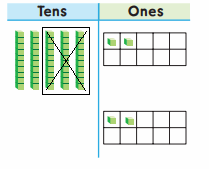
On Your Own
Draw to show the regrouping. Write the difference two ways. Write the tens and ones. Write the number.
Question 4.
Subtract 8 from 23

__ tens __ ones __
Answer:
The subtraction of 8 from 23 is 15. And there are one ten and five ones.
Explanation:
In the above image, we can see that there is one tens block and five ones block. So here we need to subtract 8 from 23, so we will perform regrouping of subtraction. Here Regrouping in subtraction is a process of exchanging one ten into ten ones. We use regrouping in subtraction when the minuend is smaller than the subtrahend. So the subtraction of 8 from 23 is 23 – 8= 15 and there are one ten and five ones.
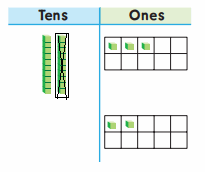
Question 5.
Subtract 36 from 45.

__ tens __ ones __
Answer:
The subtraction of 36 from 45 is 9. And there are no tens and nine ones.
Explanation:
In the above image, we can see that there is five tens blocks and two one’s block. So here we need to subtract 36 from 45, so we will perform regrouping of subtraction. Here Regrouping in subtraction is a process of exchanging one ten into ten ones. We use regrouping in subtraction when the minuend is smaller than the subtrahend. So the subtraction of 36 from 45 is 45 – 36= 9 and there are no tens and nine ones.
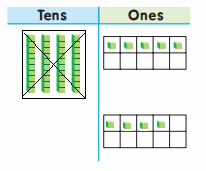
Question 6.
Subtract 6 from 43.

__ tens __ ones __
Answer:
The subtraction of 6 from 43 is 37. And there are three tens and seven ones.
Explanation:
In the above image, we can see that there is four tens blocks and three one’s block. So here we need to subtract 6 from 43, so we will perform regrouping of subtraction. Here Regrouping in subtraction is a process of exchanging one ten into ten ones. We use regrouping in subtraction when the minuend is smaller than the subtrahend. So the subtraction of 6 from 43 is 43 – 6= 37 and there are three tens and seven ones.

Question 7.
Subtract 39 from 67

__ tens __ ones __
Answer:
The subtraction of 39 from 67 is 28. And there are two tens and eight ones.
Explanation:
In the above image, we can see that there is six tens blocks and seven ones block. So here we need to subtract 28 from 48, so we will perform regrouping of subtraction. Here Regrouping in subtraction is a process of exchanging one ten into ten ones. We use regrouping in subtraction when the minuend is smaller than the subtrahend. So the subtraction of 39 from 67 is 67 – 39= 28 and there are two tens and eight ones.

Question 8.
Subtract 21 from 50.

__ tens __ ones __
Answer:
The subtraction of 21 from 50 is 29. And there are two tens and nine ones.
Explanation:
In the above image, we can see that there is five tens blocks and zero ones in ones block. So here we need to subtract 21 from 50, so we will perform regrouping of subtraction. Here Regrouping in subtraction is a process of exchanging one ten into ten ones. We use regrouping in subtraction when the minuend is smaller than the subtrahend. So the subtraction of 21 from 50 is 50 – 21= 29 and there are two tens and nine ones.
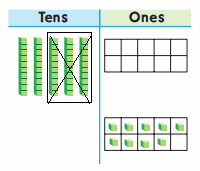
Question 9.
Subtract 29 from 56

__ tens __ ones __
Answer:
The subtraction of 29 from 56 is 27. And there are two tens and seven ones.
Explanation:
In the above image, we can see that there are five tens blocks and two one’s blocks. So here we need to subtract 28 from 48, so we will perform regrouping of subtraction. Here Regrouping in subtraction is a process of exchanging one ten into ten ones. We use regrouping in subtraction when the minuend is smaller than the subtrahend. So the subtraction of 29 from 56 is 56 – 29= 27 and there are two tens and seven ones.
Question 10.
GO DEEPER
Draw to find what number was subtracted from 53.

Subtract __ from 53.
3 tens 4 ones
34
Problem Solving • Applications
Write or draw to explain.
Question 11.
THINK SMARTER
Billy has 18 fewer marbles than Sara. Sara has 34 marbles. How many marbles does Billy have?

__ marbles
Answer:
The total number of marbles does Billy had is 16 marbles.
Explanation:
As Billy has 18 fewer marbles than Sara and Sara has 34 marbles, so here fewer marbles means we will do subtraction. So the number of marbles do Billy had is 34 – 18= 16 marbles. Here we will perform regrouping of subtraction. Here Regrouping in subtraction is a process of exchanging one ten into ten ones. We use regrouping in subtraction when the minuend is smaller than the subtrahend. So the total number of marbles does Billy had is 16 marbles.
Question 12.
THINK SMARTER
There are 67 toy animals in the store. Then the clerk sells 19 toy animals. How many toy animals are in the store now?
Draw to show how to find the answer.

__ toy animals
Answer:
The number of toys in the store is 48 toys.
Explanation:
As there are 67 toy animals in the store and then the clerk sells 19 toy animals, so to find how many toys in the store is we will perform subtraction. Here we will perform regrouping of subtraction. Here Regrouping in subtraction is a process of exchanging one ten into ten ones. We use regrouping in subtraction when the minuend is smaller than the subtrahend. So the number of toys in the store is 67 – 19= 48 toys.
Describe how you solved the problem.
__________________________
__________________________
__________________________
Answer:
The problem is solved by using regrouping of subtraction. Here Regrouping in subtraction is a process of exchanging one ten into ten ones. We use regrouping in subtraction when the minuend is smaller than the subtrahend.
TAKE HOME ACTIVITY
• Ask your child to write a subtraction story and then explain how to solve it.
Answer:
We will perform subtraction by breaking the two-digit number into tens place digit and ones place digit. Then the other number will be placed below the number. If the minuend number is less than the subtrahend number then we will perform regrouping of subtraction. Here Regrouping in subtraction is a process of exchanging one ten into ten ones. We use regrouping in subtraction when the minuend is smaller than the subtrahend. So by this, we will perform the subtraction.
Model Regrouping for Subtraction Homework & Practice 5.3
Draw to show the regrouping. Write the difference two ways. Write the tens and ones. Write the number.
Question 1.
Subtract 9 from 35

__ tens __ ones __
Answer:
The subtraction of 9 from 35 is 26. And there are two tens and six ones.
Explanation:
In the above image, we can see that there are three tens blocks and five one’s block. So here we need to subtract 9 from 35, so we will perform regrouping of subtraction. Here Regrouping in subtraction is a process of exchanging one ten into ten ones. We use regrouping in subtraction when the minuend is smaller than the subtrahend. So the subtraction of 9 from 35 is 35 – 9= 26 and there are two tens and six ones.
Question 2.
Subtract 14 from 52.

__ tens __ ones __
Answer:
The subtraction of 9 from 35 is 26. And there are two tens and six ones.
Explanation:
In the above image, we can see that there are three tens blocks and five one’s block. So here we need to subtract 9 from 35, so we will perform regrouping of subtraction. Here Regrouping in subtraction is a process of exchanging one ten into ten ones. We use regrouping in subtraction when the minuend is smaller than the subtrahend. So the subtraction of 9 from 35 is 35 – 9= 26 and there are two tens and six ones.
Problem Solving
Choose a way to solve. Write or draw to explain.
Question 3.
Mr. Ortega made 51 cookies. He gave 14 cookies away. How many cookies does he have now?
__ cookies
Answer:
The cookies that Mr. Ortega had now are 37 cookies.
Explanation:
As Mr. Ortega made 51 cookies and he gave 14 cookies away. So to find the number of cookies does Ortega had we will do regrouping of subtraction. Here Regrouping in subtraction is a process of exchanging one ten into ten ones. We use regrouping in subtraction when the minuend is smaller than the subtrahend. So the subtraction of 51 – 14 is 37 cookies. The cookies that
Mr. Orteg had now is 37 cookies.
Question 4.
WRITE Math
Draw a quick picture for 37. Draw to show how you would subtract 19 from 37. Write to explain what you did.

__________________________
__________________________
__________________________
Answer:
The subtraction of 37 – 19 is 18. The subtraction is done by the regrouping of subtraction.
Explanation:
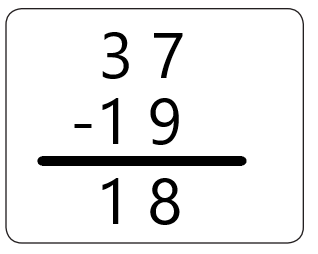
The subtraction of 37 – 19 is 18. The subtraction is done by the regrouping of subtraction. Here Regrouping in subtraction is a process of exchanging one ten into ten ones. We use regrouping in subtraction when the minuend is smaller than the subtrahend. So the subtraction of 37 – 19 is 18.
Lesson Check
Question 1.
Subtract 9 from 36. What is the difference?

Answer:
The subtraction of 9 from 36 is 27. And there are two tens and seven ones.
Explanation:
In the above image, we can see that there are three tens blocks and six one’s blocks. So here we need to subtract 9 from 36, so we will perform regrouping of subtraction. Here Regrouping in subtraction is a process of exchanging one ten into ten ones. We use regrouping in subtraction when the minuend is smaller than the subtrahend. So the subtraction of 9 from 36 is 36 – 9= 27 and there are two tens and seven ones.
Question 2.
Subtract 28 from 45. What is the difference?

Answer:
The subtraction of 28 from 45 is 17. And there are one ten and seven ones.
Explanation:
In the above image, we can see that there are four tens blocks and five one’s blocks. So here we need to subtract 28 from 45, so we will perform regrouping of subtraction. Here Regrouping in subtraction is a process of exchanging one ten into ten ones. We use regrouping in subtraction when the minuend is smaller than the subtrahend. So the subtraction of 28 from 45 is 45 – 28= 17 and there are one ten and seven ones.
Spiral Review
Question 3.
What is the difference?
51 – 8 = __

Answer:
The subtraction of 8 from 51 is 43. And there are four tens and three ones.
Explanation:
In the above image, we can see that there are three tens blocks and six one’s blocks. So here we need to subtract 8 from 51, so we will perform regrouping of subtraction. Here Regrouping in subtraction is a process of exchanging one ten into ten ones. We use regrouping in subtraction when the minuend is smaller than the subtrahend. So the subtraction of 8 from 51 is 51 – 8= 43 and there are four tens and three ones.
Question 4.
What is the sum?
38 + 35 = __
Answer:
The sum of the two numbers is 73.
Explanation:
The sum can be defined as the resulting of two or more numbers by adding. So here the sum of the two numbers 38 + 35 is 73.
Question 5.
What is the sum?

Answer:
The sum of the three numbers is 90.
Explanation:
The sum can be defined as the resulting of two or more numbers by adding. So here the sum of the three numbers 63 + 18 + 9 is 90.
Lesson 5.4 Model and Record 2-Digit Subtraction
Essential Question
How do you record 2-digit subtraction?
Answer:
We will perform subtraction by breaking the two-digit number into tens place digit and ones place digit. Then the other number will be placed below the number. If the minuend number is less than the subtrahend number then we will perform regrouping of subtraction. Here Regrouping in subtraction is a process of exchanging one ten into ten ones. We use regrouping in subtraction when the minuend is smaller than the subtrahend. So by this, we will perform the subtraction.
Listen and Draw
Use  to model the problem. Draw quick pictures to show your model.
to model the problem. Draw quick pictures to show your model.

Math Talk
MATHEMATICAL PRACTICE
Explain a Method
Did you trade blocks in your model? Explain why or why not.
Model and Draw
Trace over the quick pictures in the steps. Subtract.

Share and Show MATH BOARD
Draw a quick picture to solve. Write the difference.
Question 1.

Answer:
The subtraction of 15 from 47 is 32. And there are three ten and two ones.
Explanation:
In the above image, we can see that there are four tens and seven ones. So here we need to subtract 15 from 47, so we will perform regrouping of subtraction. Here Regrouping in subtraction is a process of exchanging one ten into ten ones. We use regrouping in subtraction when the minuend is smaller than the subtrahend. So the subtraction of 15 from 47 is 47 – 15= 32 and there are three ten and two ones.
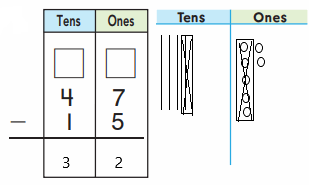
Question 2.

Answer:
The subtraction of 18 from 32 is 14. And there are one ten and four ones.
Explanation:
In the above image, we can see that there are three tens and five ones. So here we need to subtract 18 from 32, so we will perform regrouping of subtraction. Here Regrouping in subtraction is a process of exchanging one ten into ten ones. We use regrouping in subtraction when the minuend is smaller than the subtrahend. So the subtraction of 18 from 32 is 32 – 18= 14 and there are one ten and four ones.

On Your Own
Draw a quick picture to solve. Write the difference.
Question 3.

Answer:
The subtraction of 29 from 35 is 6. And there are zero tens and six ones.
Explanation:
In the above image, we can see that there are three tens and five ones. So here we need to subtract 29 from 35, so we will perform regrouping of subtraction. Here Regrouping in subtraction is a process of exchanging one ten into ten ones. We use regrouping in subtraction when the minuend is smaller than the subtrahend. So the subtraction of 29 from 35 is 35 – 29= 6 and there are zero tens and six ones.
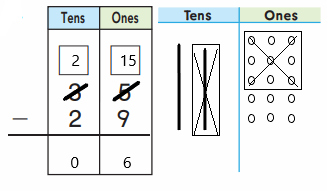
Question 4.

Answer:
The subtraction of 5 from 28 is 23. And there are two tens and three ones.
Explanation:
In the above image, we can see that there are two tens and eight ones. So here we need to subtract 5 from 28, so we will perform regrouping of subtraction. Here Regrouping in subtraction is a process of exchanging one ten into ten ones. We use regrouping in subtraction when the minuend is smaller than the subtrahend. So the subtraction of 5 from 28 is 28 – 5= 23 and there are two ten and three ones.
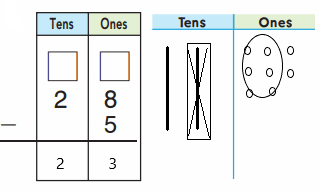
Question 5.

Answer:
The subtraction of 26 from 53 is 27. And there are two tens and seven ones.
Explanation:
In the above image, we can see that there are five tens and three ones. So here we need to subtract 26 from 53, so we will perform regrouping of subtraction. Here Regrouping in subtraction is a process of exchanging one ten into ten ones. We use regrouping in subtraction when the minuend is smaller than the subtrahend. So the subtraction of 26 from 53 is 53 – 26= 27 and there are two tens and seven ones.
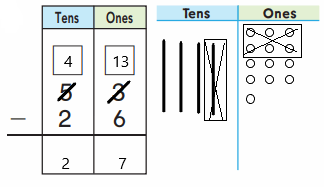
Question 6.

Answer:
The subtraction of 13 from 32 is 19. And there are one ten and nine ones.
Explanation:
In the above image, we can see that there are three tens and five one’s blocks. So here we need to subtract 13 from 32, so we will perform regrouping of subtraction. Here Regrouping in subtraction is a process of exchanging one ten into ten ones. We use regrouping in subtraction when the minuend is smaller than the subtrahend. So the subtraction of 13 from 32 is 32 – 13= 19 and there are one ten and nine ones.
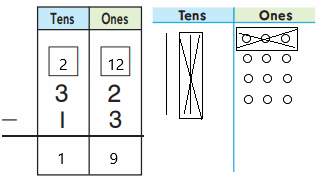
Question 7.
GO DEEPER
There are 16 robins in the trees. 24 more fly in. Then 28 robins fly away. How many robins are still in the trees?

__ robbins
Answer:
The total number of robins are still on the trees is 12 robins.
Explanation:
As there are 16 robins on the tree and 24 more fly-ins. So the number of robins is 24 + 16= 40. Now 28 robins fly away, so the total number of robins are still on the trees is 40 – 28= 12 robins.
Problem Solving • Applications
Question 8.
THINK SMARTER
Claire’s puzzle has 85 pieces. She has used 46 pieces so far. How many puzzle pieces have not been used yet?

__ puzzle pieces
Answer:
The number of puzzle pieces that have not been used is 39 puzzle pieces.
Explanation:
As Claire’s puzzle has 85 pieces and she has used 46 pieces so far. So the number of puzzle pieces that have not been used is
85 – 46= 39 puzzle pieces.
Question 9.
MATHEMATICAL PRACTICE
Analyze There were some people at the park. 24 people went home. Then there were 19 people at the park. How many people were at the park before?
__ people
Answer:
The total number of people at the park before is 43 people.
Explanation:
As there were some people at the park and 24 people went home. Then there were 19 people at the park, so the total number of people at the park before is 24 + 19= 43 people.
Question 10.
THINK SMARTER
Mr. Sims has a box of 44 erasers. He gives 28 erasers to his students. How many erasers does Mr. Sims have now? Show how you solved the problem.

__ erasers
Answer:
The number of erasers does Mr. Sims has now is 16 erasers.
Explanation:
As Mr. Sims has a box of 44 erasers and he gives 28 erasers to his students. So the number of erasers does Mr. Sims has now is
44 – 28= 16 erasers. Here we have solved by using regrouping of subtraction. Here Regrouping in subtraction is a process of exchanging one ten into ten ones. We use regrouping in subtraction when the minuend is smaller than the subtrahend. So the subtraction of 28 from 44 is 44 – 28= 16 erasers. The number of erasers does Mr. Sims has now is 16 erasers.
TAKE HOME ACTIVITY
• Write 73 − 28 on a sheet of paper. Ask your child if he or she would regroup to find the difference.
Answer:
The subtraction of 73 – 28 is 45.
Explanation:
The subtraction of 73 – 28 is 45. Here Regrouping in subtraction is a process of exchanging one ten into ten ones. We use regrouping in subtraction when the minuend is smaller than the subtrahend. So the subtraction of 73 – 28 is 45.
Model and Record 2-Digit Subtraction Homework & Practice 5.4
Draw a quick picture to solve. Write the difference.
Question 1.

Answer:
The subtraction of 17 from 43 is 26. And there are two tens and six ones.
Explanation:
In the above image, we can see that there are four tens and three ones. So here we need to subtract 17 from 43, so we will perform regrouping of subtraction. Here Regrouping in subtraction is a process of exchanging one ten into ten ones. We use regrouping in subtraction when the minuend is smaller than the subtrahend. So the subtraction of 17 from 43 is 43 – 17= 26 and there are two tens and six ones.

Question 2.

Answer:
The subtraction of 29 from 38 is 9. And there are zero tens and nine ones.
Explanation:
In the above image, we can see that there are three tens and eight ones. So here we need to subtract 29 from 38, so we will perform regrouping of subtraction. Here Regrouping in subtraction is a process of exchanging one ten into ten ones. We use regrouping in subtraction when the minuend is smaller than the subtrahend. So the subtraction of 29 from 38 is 38 – 29= 9 and there are zero tens and nine ones.
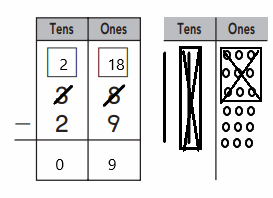
Problem Solving
Solve. Write or draw to explain.
Question 3.
Kendall has 63 stickers. Her sister has 57 stickers. How many more stickers does Kendall have than her sister?
__ more stickers.
Answer:
The number of stickers does Kendall has than her sister is 6 more stickers.
Explanation:
As Kendall has 63 stickers and her sister has 57 stickers, so the number of stickers does Kendall has than her sister is 63 – 57= 6 more stickers. Here we will perform regrouping of subtraction. Regrouping in subtraction is a process of exchanging one ten into ten ones. We use regrouping in subtraction when the minuend is smaller than the subtrahend. So the subtraction of 57 from 63 is 63 – 57= 9 stickers.
Question 4.
WRITE Math
Draw a quick picture to show the number 24. Then draw a quick picture to show 24 after you have regrouped 1 ten as 1-ones. Explain how both pictures show the same number, 24.
__________________________
__________________________
__________________________

Lesson Check
Question 1.
What is the difference?

Answer:
The subtraction of 18 from 47 is 29. And there are two tens and nine ones.
Explanation:
In the above image, we can see that there are four tens and seven ones. So here we need to subtract 18 from 47, so we will perform regrouping of subtraction. Here Regrouping in subtraction is a process of exchanging one ten into ten ones. We use regrouping in subtraction when the minuend is smaller than the subtrahend. So the subtraction of 18 from 47 is 47 – 18= 29 and there are two tens and nine ones.
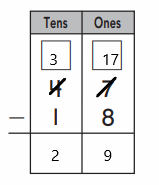
Question 2.
What is the difference?

Answer:
The subtraction of 29 from 33 is 4. And there are zero tens and four ones.
Explanation:
In the above image, we can see that there are three tens and five one’s blocks. So here we need to subtract 29 from 33, so we will perform regrouping of subtraction. Here Regrouping in subtraction is a process of exchanging one ten into ten ones. We use regrouping in subtraction when the minuend is smaller than the subtrahend. So the subtraction of 29 from 33 is 33 – 29= 4 and there are zero tens and four ones.
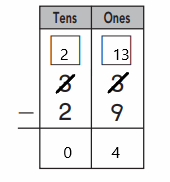
Spiral Review
Question 3.
What is the difference?
10 – 6 = __
Answer:
The difference is 4.
Explanation:
The difference between 10 and 6 is 4.
Question 4.
What is the sum?
16 + 49 = __
Answer:
The sum of the two numbers is 65.
Explanation:
The sum can be defined as the resulting of two or more numbers by adding. So here the sum of the two numbers 16 + 49 is 65.
Question 5.
What is the sum?
28 + 8 = __
Answer:
The sum of the two numbers is 36.
Explanation:
The sum can be defined as the resulting of two or more numbers by adding. So here the sum of the two numbers 28 + 8 is 36.
Question 6.
What is the difference?
52 – 6 = __
Answer:
The difference is 46.
Explanation:
The difference between 52 and 6 is 46.
Lesson 5.5 2-Digit Subtraction
Essential Question
How do you record the steps when subtracting 2-digit numbers?
Answer:
We will perform subtraction by breaking the two-digit number into tens place digit and ones place digit. Then the other number will be placed below the number. If the minuend number is less than the subtrahend number then we will perform regrouping of subtraction. Here Regrouping in subtraction is a process of exchanging one ten into ten ones. We use regrouping in subtraction when the minuend is smaller than the subtrahend. So by this, we will perform the subtraction.
Listen and Draw
Draw a quick picture to model each problem.

Math Talk
MATHEMATICAL PRACTICES
Use Reasoning Explain how you know when to regroup.
Answer:
We will perform regrouping when the minuend number is less than the subtrahend number then we will perform regrouping of subtraction. And Regrouping in subtraction is a process of exchanging one ten into ten ones.
Model and Draw

Share and Show MATH BOARD
Regroup if you need to. Write the difference.
Question 1.

Answer:
The subtraction of 14 from 31 is 19. And there are one ten and nine ones.
Explanation:
In the above image, we can see that there are three tens and one in ones place. So here we need to subtract 14 from 31, so we will perform regrouping of subtraction. Here Regrouping in subtraction is a process of exchanging one ten into ten ones. We use regrouping in subtraction when the minuend is smaller than the subtrahend. So the subtraction of 14 from 31 is 31 – 14= 19 and there are one ten and nine ones.
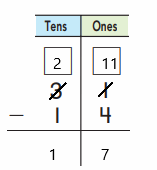
Question 2.

Answer:
The subtraction of 21 from 56 is 35. And there are three tens and five ones.
Explanation:
In the above image, we can see that there are three tens and five one’s blocks. So here we need to subtract 21 from 56, so we will perform regrouping of subtraction. Here Regrouping in subtraction is a process of exchanging one ten into ten ones. We use regrouping in subtraction when the minuend is smaller than the subtrahend. So the subtraction of 21 from 56 is 56 – 21= 35 and there are three tens and five ones.

Question 3.

Answer:
The subtraction of 35 from 72 is 37. And there are three tens and seven ones.
Explanation:
In the above image, we can see that there are seven tens and two ones. So here we need to subtract 35 from 72, so we will perform regrouping of subtraction. Here Regrouping in subtraction is a process of exchanging one ten into ten ones. We use regrouping in subtraction when the minuend is smaller than the subtrahend. So the subtraction of 35 from 72 is 72 – 35= 37 and there are three tens and seven ones.
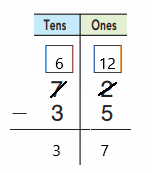
On Your Own
Regroup if you need to. Write the difference.
Question 4.

Answer:
The subtraction of 14 from 23 is 9. And there are zero tens and nine ones.
Explanation:
In the above image, we can see that there are two tens and three one’s. So here we need to subtract 14 from 23, so we will perform regrouping of subtraction. Here Regrouping in subtraction is a process of exchanging one ten into ten ones. We use regrouping in subtraction when the minuend is smaller than the subtrahend. So the subtraction of 14 from 23 is 23 – 14= 9 and there are zero tens and nine ones.
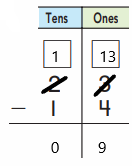
Question 5.

Answer:
The subtraction of 57 from 87 is 30. And there are three ten and zero ones.
Explanation:
In the above image, we can see that there are eight tens and seven one’s. So here we need to subtract 57 from 87, so we will perform regrouping of subtraction. Here Regrouping in subtraction is a process of exchanging one ten into ten ones. We use regrouping in subtraction when the minuend is smaller than the subtrahend. So the subtraction of 57 from 87 is 87 – 57= 30 and there are three ten and zero ones.
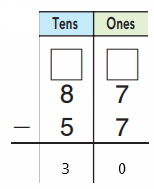
Question 6.

Answer:
The subtraction of 18 from 34 is 16. And there are one ten and six ones.
Explanation:
In the above image, we can see that there are three tens and four one’s. So here we need to subtract 18 from 32, so we will perform regrouping of subtraction. Here Regrouping in subtraction is a process of exchanging one ten into ten ones. We use regrouping in subtraction when the minuend is smaller than the subtrahend. So the subtraction of 18 from 34 is 34 – 18= 16 and there are one ten and six ones.

Question 7.

Answer:
The subtraction of 13 from 61 is 48. And there are four ten and eight ones.
Explanation:
In the above image, we can see that there are six tens and one ones. So here we need to subtract 13 from 61, so we will perform regrouping of subtraction. Here Regrouping in subtraction is a process of exchanging one ten into ten ones. We use regrouping in subtraction when the minuend is smaller than the subtrahend. So the subtraction of 13 from 61 is 61 – 13= 48 and there are four ten and eight ones.

Question 8.

Answer:
The subtraction of 18 from 45 is 27. And there are two tens and seven ones.
Explanation:
In the above image, we can see that there are three tens and five one’s blocks. So here we need to subtract 13 from 32, so we will perform regrouping of subtraction. Here Regrouping in subtraction is a process of exchanging one ten into ten ones. We use regrouping in subtraction when the minuend is smaller than the subtrahend. So the subtraction of 18 from 45 is 45 – 18= 27 and there are two ten and nine ones.
Question 9.

Answer:
The subtraction of 36 from 52 is 16. And there are one ten and six ones.
Explanation:
In the above image, we can see that there are three tens and five one’s blocks. So here we need to subtract 36 from 52, so we will perform regrouping of subtraction. Here Regrouping in subtraction is a process of exchanging one ten into ten ones. We use regrouping in subtraction when the minuend is smaller than the subtrahend. So the subtraction of 36 from 52 is 52 – 36= 16 and there are one ten and six ones.
Question 10.

Answer:
The subtraction of 13 from 32 is 19. And there are one ten and nine ones.
Explanation:
In the above image, we can see that there are three tens and five one’s blocks. So here we need to subtract 13 from 32, so we will perform regrouping of subtraction. Here Regrouping in subtraction is a process of exchanging one ten into ten ones. We use regrouping in subtraction when the minuend is smaller than the subtrahend. So the subtraction of 13 from 32 is 32 – 13= 19 and there are one ten and nine ones.
Question 11.

Answer:
The subtraction of 43 from 75 is 32. And there are three tens and two ones.
Explanation:
In the above image, we can see that there are seven tens and five ones. So here we need to subtract 43 from 75, so we will perform regrouping of subtraction. Here Regrouping in subtraction is a process of exchanging one ten into ten ones. We use regrouping in subtraction when the minuend is smaller than the subtrahend. So the subtraction of 43 from 75 is 75 – 43= 32 and there are three tens and two ones.
Question 12.

Answer:
The subtraction of 27 from 56 is 29. And there are two tens and nine ones.
Explanation:
In the above image, we can see that there are five tens and six ones. So here we need to subtract 27 from 56, so we will perform regrouping of subtraction. Here Regrouping in subtraction is a process of exchanging one ten into ten ones. We use regrouping in subtraction when the minuend is smaller than the subtrahend. So the subtraction of 27 from 56 is 56 – 27= 29 and there are two tens and nine ones.
Question 13.

Answer:
The subtraction of 29 from 94 is 65. And there are six tens and five ones.
Explanation:
In the above image, we can see that there are nine tens and four one’s. So here we need to subtract 29 from 94, so we will perform regrouping of subtraction. Here Regrouping in subtraction is a process of exchanging one ten into ten ones. We use regrouping in subtraction when the minuend is smaller than the subtrahend. So the subtraction of 29 from 94 is 94 – 29= 65 and there are six tens and five ones.
Question 14.

Answer:
The subtraction of 39 from 87 is 48. And there are four tens and eight ones.
Explanation:
In the above image, we can see that there are eight tens and seven one’s. So here we need to subtract 39 from 87, so we will perform regrouping of subtraction. Here Regrouping in subtraction is a process of exchanging one ten into ten ones. We use regrouping in subtraction when the minuend is smaller than the subtrahend. So the subtraction of 39 from 87 is 87 – 39= 48 and there are four tens and eight ones.
Question 15.

Answer:
The subtraction of 46 from 83 is 37. And there are three tens and seven ones.
Explanation:
In the above image, we can see that there are eight tens and three one’s. So here we need to subtract 46 from 83, so we will perform regrouping of subtraction. Here Regrouping in subtraction is a process of exchanging one ten into ten ones. We use regrouping in subtraction when the minuend is smaller than the subtrahend. So the subtraction of 46 from 83 is 83 – 46= 37 and there are three tens and seven ones.
Question 16.
THINK SMARTER
Spencer wrote 5 fewer stories than Katie. Spencer wrote 18 stories. How many stories did Katie write?

__ stories
Answer:
The number of stories written by Katie is 13 stories.
Explanation:
As Spencer wrote 5 fewer stories than Katie and Spencer wrote 18 stories. As Spencer wrote 5 fewer stories than Katie so we will perform subtraction. So the number of stories written by Katie is 18 – 5= 13 stories.
Problem Solving • Applications
Question 17.
MATHEMATICAL PRACTICE
Explain a Method Circle the problems below that you could use mental math to solve.
54 – 10 = __
63 – 27 = __
93 – 20 = __
39 – 2 = __
41 – 18 = __
82 – 26 = __
Explain your choices
__________________________
__________________________
__________________________
Answer:
Explanation:
Question 18.
THINK SMARTER
There are 34 chickens in the barn. If 16 chickens go outside into the yard, how many chickens will still be in the barn?
Circle the number from the box to make the sentence true.

Answer:
The number of chickens will be in the barn will be 18 chickens.
Explanation:
As there are 34 chickens in the barn and if 16 chickens go outside into the yard then the number of chickens will be in the barn will be 34 – 16= 18 chickens. Here we have performed regrouping of subtraction. Here Regrouping in subtraction is a process of exchanging one ten into ten ones. We use regrouping in subtraction when the minuend is smaller than the subtrahend. So the number of chickens will be in the barn will be 34 – 16= 18 chickens.
TAKE HOME ACTIVITY
• Ask your child to write a 2-digit subtraction problem with no regrouping needed. Have your child explain why he or she chose those numbers.
Answer:
The subtraction of 56 – 23 is 33.
Explanation:
Given that we need to perform the subtraction without regrouping, so we need to take the minuend number greater than the subtrahend. Then we need not perform the regrouping, so we will take the numbers to be subtracted be 56 – 23= 33.
2-Digit Subtraction Homework & practice 5.5
Regroup if you need to. Write the difference.
Question 1.

Answer:
The subtraction of 28 from 47 is 19. And there are one ten and nine ones.
Explanation:
In the above image, we can see that there are three tens and five one’s blocks. So here we need to subtract 28 from 47, so we will perform regrouping of subtraction. Here Regrouping in subtraction is a process of exchanging one ten into ten ones. We use regrouping in subtraction when the minuend is smaller than the subtrahend. So the subtraction of 28 from 47 is 47 – 28= 19 and there are one ten and nine ones.
Question 2.

Answer:
The subtraction of 18 from 33 is 15. And there are one ten and five ones.
Explanation:
In the above image, we can see that there are three tens and three ones. So here we need to subtract 18 from 33, so we will perform regrouping of subtraction. Here Regrouping in subtraction is a process of exchanging one ten into ten ones. We use regrouping in subtraction when the minuend is smaller than the subtrahend. So the subtraction of 18 from 33 is 33 – 18= 15 and there are one ten and five ones.
Question 3.

Answer:
The subtraction of 14 from 28 is 19. And there are one ten and four ones.
Explanation:
In the above image, we can see that there are two tens and eight ones. So here we need to subtract 14 from 28, so we will perform regrouping of subtraction. Here Regrouping in subtraction is a process of exchanging one ten into ten ones. We use regrouping in subtraction when the minuend is smaller than the subtrahend. So the subtraction of 14 from 28 is 28 – 14= 14 and there are one ten and four ones.
Question 4.

Answer:
The subtraction of 19 from 66 is 47. And there are four ten and seven ones.
Explanation:
In the above image, we can see that there are six tens and six ones. So here we need to subtract 19 from 66, so we will perform regrouping of subtraction. Here Regrouping in subtraction is a process of exchanging one ten into ten ones. We use regrouping in subtraction when the minuend is smaller than the subtrahend. So the subtraction of 19 from 66 is 66 – 19= 47 and there are four ten and seven ones.
Question 5.

Answer:
The subtraction of 26 from 77 is 51. And there are five tens and one in one’s place.
Explanation:
In the above image, we can see that there are seven tens and seven ones. So here we need to subtract 26 from 77, so we will perform regrouping of subtraction. Here Regrouping in subtraction is a process of exchanging one ten into ten ones. We use regrouping in subtraction when the minuend is smaller than the subtrahend. So the subtraction of 26 from 77 is 77 – 26= 51 and there are five tens and nine one in one’s place.
Question 6.

Answer:
The subtraction of 34 from 58 is 24. And there are two tens and four ones.
Explanation:
In the above image, we can see that there are five tens and eight ones. So here we need to subtract 34 from 58, so we will perform regrouping of subtraction. Here Regrouping in subtraction is a process of exchanging one ten into ten ones. We use regrouping in subtraction when the minuend is smaller than the subtrahend. So the subtraction of 34 from 58 is 58 – 34= 24 and there are two tens and four ones.
Question 7.

Answer:
The subtraction of 25 from 52 is 27. And there are two tens and seven ones.
Explanation:
In the above image, we can see that there are five tens and five ones. So here we need to subtract 25 from 52, so we will perform regrouping of subtraction. Here Regrouping in subtraction is a process of exchanging one ten into ten ones. We use regrouping in subtraction when the minuend is smaller than the subtrahend. So the subtraction of 25 from 52 is 52 – 25= 27 and there are two tens and seven ones.
Question 8.

Answer:
The subtraction of 49 from 87 is 38. And there are three tens and eight ones.
Explanation:
In the above image, we can see that there are three tens and five one’s blocks. So here we need to subtract 49 from 87, so we will perform regrouping of subtraction. Here Regrouping in subtraction is a process of exchanging one ten into ten ones. We use regrouping in subtraction when the minuend is smaller than the subtrahend. So the subtraction of 49 from 87 is 87 – 49= 38 and there are three tens and eight ones.
Problem Solving
Solve. Write or draw to explain.
Question 9.
Mrs. Paul bought 32 erasers. She gave 19 erasers to students. How many erasers does she still have?
Answer:
The number of erasers Mrs. Paul had is 13 erasers.
Explanation:
As Mrs. Paul bought 32 erasers and she gave 19 erasers to students. So to find how many erasers does she still has is we will perform regrouping of subtraction. Here Regrouping in subtraction is a process of exchanging one ten into ten ones. We use regrouping in subtraction when the minuend is smaller than the subtrahend. So the number of erasers Mrs. Paul had is
32 – 9= 13 erasers.
Question 10.
WRITE Math
Write a few sentences about different ways to show subtraction for a problem like 32 – 15.
__________________________
__________________________
Lesson Check
Question 1.
What is the difference?

Answer:
The subtraction of 39 from 48 is 9. And there are zero tens and nine ones.
Explanation:
In the above image, we can see that there are three tens and five one’s blocks. So here we need to subtract 39 from 48, so we will perform regrouping of subtraction. Here Regrouping in subtraction is a process of exchanging one ten into ten ones. We use regrouping in subtraction when the minuend is smaller than the subtrahend. So the subtraction of 39 from 48 is 48 – 39= 9 and there are zero tens and nine ones.
Question 2.
What is the difference?

Answer:
The subtraction of 66 from 84 is 18. And there are one ten and eight ones.
Explanation:
In the above image, we can see that there are eight tens and four ones. So here we need to subtract 66 from 84, so we will perform regrouping of subtraction. Here Regrouping in subtraction is a process of exchanging one ten into ten ones. We use regrouping in subtraction when the minuend is smaller than the subtrahend. So the subtraction of 66 from 84 is 84 – 66= 18 and there are one ten and eight ones.
Spiral Review
Question 3.
What is the difference?

Answer:
The subtraction of 19 from 32 is 13. And there are one ten and three ones.
Explanation:
In the above image, we can see that there are three tens and five one’s blocks. So here we need to subtract 13 from 32, so we will perform regrouping of subtraction. Here Regrouping in subtraction is a process of exchanging one ten into ten ones. We use regrouping in subtraction when the minuend is smaller than the subtrahend. So the subtraction of 19 from 32 is 32 – 19= 13 and there are one ten and three ones.
Question 4.
Write an addition fact that will give the same sum as 8 + 7.
10 + __
Answer:
The number to get the sum as 15 is we should add 5 to the number 10.
Explanation:
The sum of 8 + 7 is 15. So to get the 15 as a result of the given number, we will add 5 to the number 10. So we will get the result as 15.
Question 5.
27 boys and 23 girls go on a field trip to the museum. How many children go to the museum?
__ children
Answer:
The number of children who went to the museum is 50 children.
Explanation:
As there are 27 boys 23 girls on the field trip to the museum, so the number of children who went to the museum is 27 + 23= 50 children
Question 6.
There were 17 berries in the basket. Then 9 berries are eaten. How many berries are there now?
__ berries
Answer:
The number of berries will be 8 berries.
Explanation:
As there are 17 berries in the basket and 9 berries are eaten, then the number of berries will be 17 – 9= 8 berries. Here we have performed regrouping of subtraction. Here Regrouping in subtraction is a process of exchanging one ten into ten ones. We use regrouping in subtraction when the minuend is smaller than the subtrahend. So the number of berries will be 17 – 9= 8 berries
Lesson 5.6 Practice 2-Digit Subtraction
Essential Question
How do you record the steps when subtracting 2-digit numbers?
Answer:
We will perform subtraction by breaking the two-digit number into tens place digit and ones place digit. Then the other number will be placed below the number. If the minuend number is less than the subtrahend number then we will perform regrouping of subtraction. Here Regrouping in subtraction is a process of exchanging one ten into ten ones. We use regrouping in subtraction when the minuend is smaller than the subtrahend. So by this, we will perform the subtraction.
Listen and Draw
Choose one way to solve the problem.
Draw or write to show what you did.
Math Talk
MATHEMATICAL PRACTICES
Describe a different way that you could have solved the problem.
Model and Draw
Carmen had 50 game cards. Then she gave 16 game cards to Theo. How many game cards does Carmen have now?
Answer:
The number of game cards will be 50 – 16= 34 game cards.
Explanation:
As the Carmen had 50 game cards and she gave 16 game cards to Theo, then the number of game cards will be 50 – 16= 34 game cards. Here we have performed regrouping of subtraction. Here Regrouping in subtraction is a process of exchanging one ten into ten ones. We use regrouping in subtraction when the minuend is smaller than the subtrahend. So the number of game cards will be 50 – 16= 34 game cards.
Step 1
Look at the ones. There are not enough ones to subtract 6 from 0. So, regroup

Step 2
Subtract the ones.
10 – 6 = 4

Step 3
Subtract the tens.
4 – 1 = 3

Share and Show MATH BOARD
Write the difference.
Question 1.

Answer:
The subtraction of 19 from 38 is 19. And there are one ten and nine ones.
Explanation:
In the above image, we can see that there are three tens and eight ones. So here we need to subtract 19 from 38, so we will perform regrouping of subtraction. Here Regrouping in subtraction is a process of exchanging one ten into ten ones. We use regrouping in subtraction when the minuend is smaller than the subtrahend. So the subtraction of 19 from 38 is 38 – 19= 19 and there are one ten and nine ones.
Question 2.

Answer:
The subtraction of 32 from 65 is 33. And there are three tens and three ones.
Explanation:
In the above image, we can see that there are six tens and five ones. So here we need to subtract 32 from 65, so we will perform regrouping of subtraction. Here Regrouping in subtraction is a process of exchanging one ten into ten ones. We use regrouping in subtraction when the minuend is smaller than the subtrahend. So the subtraction of 32 from 65 is 65 – 32= 33 and there are three tens and three ones.
Question 3.

Answer:
The subtraction of 12 from 50 is 38. And there are three tens and eight ones.
Explanation:
In the above image, we can see that there are three tens and five one’s blocks. So here we need to subtract 12 from 50, so we will perform regrouping of subtraction. Here Regrouping in subtraction is a process of exchanging one ten into ten ones. We use regrouping in subtraction when the minuend is smaller than the subtrahend. So the subtraction of 12 from 50 is 50 – 12= 38 and there are three tens and eight ones.
Question 4.

Answer:
The subtraction of 4 from 23 is 19. And there are one ten and nine ones.
Explanation:
In the above image, we can see that there are two tens and three ones. So here we need to subtract 4 from 23, so we will perform regrouping of subtraction. Here Regrouping in subtraction is a process of exchanging one ten into ten ones. We use regrouping in subtraction when the minuend is smaller than the subtrahend. So the subtraction of 4 from 23 is 23 – 4= 19 and there are one ten and nine ones.
Question 5.

Answer:
The subtraction of 38 from 70 is 32. And there are three tens and two ones.
Explanation:
In the above image, we can see that there are seven tens and zero one. So here we need to subtract 38 from 70, so we will perform regrouping of subtraction. Here Regrouping in subtraction is a process of exchanging one ten into ten ones. We use regrouping in subtraction when the minuend is smaller than the subtrahend. So the subtraction of 38 from 70 is 70 – 38= 32 and there are three tens and two ones.
Question 6.

Answer:
The subtraction of 17 from 52 is 35. And there are three tens and five ones.
Explanation:
In the above image, we can see that there are five tens and two one. So here we need to subtract 17 from 52, so we will perform regrouping of subtraction. Here Regrouping in subtraction is a process of exchanging one ten into ten ones. We use regrouping in subtraction when the minuend is smaller than the subtrahend. So the subtraction of 17 from 52 is 52 – 17= 35 and there are three tens and five ones.
On Your Own
Write the difference.
Question 7.

Answer:
The subtraction of 24 from 41 is 17. And there are one ten and seven ones.
Explanation:
In the above image, we can see that there are four tens and one in ones place. So here we need to subtract 24 from 41, so we will perform regrouping of subtraction. Here Regrouping in subtraction is a process of exchanging one ten into ten ones. We use regrouping in subtraction when the minuend is smaller than the subtrahend. So the subtraction of 24 from 41 is 41 – 24= 17 and there are one ten and nine ones.
Question 8.

Answer:
The subtraction of 16 from 58 is 42. And there are four tens and two ones.
Explanation:
In the above image, we can see that there are five tens and eight ones. So here we need to subtract 16 from 58, so we will perform regrouping of subtraction. Here Regrouping in subtraction is a process of exchanging one ten into ten ones. We use regrouping in subtraction when the minuend is smaller than the subtrahend. So the subtraction of 16 from 58 is 58 – 16= 42 and there are four tens and two ones.
Question 9.

Answer:
The subtraction of 13 from 60 is 47. And there are four tens and seven ones.
Explanation:
In the above image, we can see that there are six tens and zero ones. So here we need to subtract 13 from 60, so we will perform regrouping of subtraction. Here Regrouping in subtraction is a process of exchanging one ten into ten ones. We use regrouping in subtraction when the minuend is smaller than the subtrahend. So the subtraction of 13 from 60 is 60 – 13= 47 and there are four tens and seven ones.
Question 10.

Answer:
The subtraction of 47 from 52 is 5. And there are zero tens and five ones.
Explanation:
In the above image, we can see that there are five tens and two ones. So here we need to subtract 47 from 52, so we will perform regrouping of subtraction. Here Regrouping in subtraction is a process of exchanging one ten into ten ones. We use regrouping in subtraction when the minuend is smaller than the subtrahend. So the subtraction of 47 from 52 is 52 – 47= 5 and there are zero tens and five ones.
Question 11.

Answer:
The subtraction of 46 from 72 is 26. And there are two tens and six ones.
Explanation:
In the above image, we can see that there are seven tens and two ones So here we need to subtract 46 from 72, so we will perform regrouping of subtraction. Here Regrouping in subtraction is a process of exchanging one ten into ten ones. We use regrouping in subtraction when the minuend is smaller than the subtrahend. So the subtraction of 46 from 72 is 72 – 46= 26 and there are two tens and six ones.
Question 12.

Answer:
The subtraction of 6 from 37 is 31. And there are three tens and one in ones place.
Explanation:
In the above image, we can see that there are three tens and five one’s blocks. So here we need to subtract 6 from 37, so we will perform regrouping of subtraction. Here Regrouping in subtraction is a process of exchanging one ten into ten ones. We use regrouping in subtraction when the minuend is smaller than the subtrahend. So the subtraction of 6 from 37 is 37 – 6= 31 and there are three tens and one in ones place.
Question 13.

Answer:
The subtraction of 46 from 74 is 28. And there are two tens and eight ones.
Explanation:
In the above image, we can see that there are three tens and five one’s blocks. So here we need to subtract 46 from 74, so we will perform regrouping of subtraction. Here Regrouping in subtraction is a process of exchanging one ten into ten ones. We use regrouping in subtraction when the minuend is smaller than the subtrahend. So the subtraction of 46 from 74 is 74 – 46= 28 and there are two tens and eight ones.
Question 14.

Answer:
The subtraction of 18 from 90 is 72. And there are seven tens and two ones.
Explanation:
In the above image, we can see that there are three tens and five one’s blocks. So here we need to subtract 18 from 90, so we will perform regrouping of subtraction. Here Regrouping in subtraction is a process of exchanging one ten into ten ones. We use regrouping in subtraction when the minuend is smaller than the subtrahend. So the subtraction of 18 from 90 is 90 – 18= 72 and there are seven tens and two ones.
Question 15.
GO DEEPER
Write the missing numbers in the subtraction problems. The regrouping for each problem is shown.

Answer:
The missing values is 75 and 28 and 83 and 58.
Explanation:
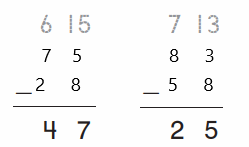
Here, to find the missing values we will find with the help of the carry forward numbers. As the carry forward are 6 and 15 so the minuend is 75 as the result is 47, so the other number will be 75 – 47= 28. As the carry forward are 7 and 13 so the minuend is 83 as the result is 25, so the other number will be 83 – 58= 25.
Question 16.
THINK SMARTER
Adam takes 38 rocks out of a box. There are 23 rocks left in the box. How many rocks were in the box to start?

__ rocks
Answer:
The number of rocks were in the box to start is 61 rocks.
Explanation:
Adam takes 38 rocks out of a box and there are 23 rocks left in the box. So to find the number of rocks were in the box we will add the rocks that adam had took and the number of rocks left in the box. So the number of rocks were in the box to start is
38 + 28= 61 rocks.
TAKE HOME ACTIVITY
• Ask your child to show you one way to find 80 − 34.
Answer:
The subtraction of 34 from 80 is 46. And there are one ten and nine ones.
Explanation:
In the above image, we can see that there are eight tens and zero ones. So here we need to subtract 34 from 80, so we will perform regrouping of subtraction. Here Regrouping in subtraction is a process of exchanging one ten into ten ones. We use regrouping in subtraction when the minuend is smaller than the subtrahend. So the subtraction of 34 from 80 is 80 – 34= 46 and there are four tens and six ones.
Practice 2-Digit Subtraction Homework & Practice 5.6
Write the difference.
Question 1.

Answer:
The subtraction of 18 from 50 is 32. And there are three tens and two ones.
Explanation:
In the above image, we can see that there are five tens and zero ones. So here we need to subtract 18 from 50, so we will perform regrouping of subtraction. Here Regrouping in subtraction is a process of exchanging one ten into ten ones. We use regrouping in subtraction when the minuend is smaller than the subtrahend. So the subtraction of 18 from 50 is 50 – 18= 32 and there are three tens and two ones.
Question 2.

Answer:
The subtraction of 13 from 32 is 19. And there are one ten and nine ones.
Explanation:
In the above image, we can see that there are three tens and five one’s blocks. So here we need to subtract 13 from 32, so we will perform regrouping of subtraction. Here Regrouping in subtraction is a process of exchanging one ten into ten ones. We use regrouping in subtraction when the minuend is smaller than the subtrahend. So the subtraction of 13 from 32 is 32 – 13= 19 and there are one ten and nine ones.
Question 3.

Answer:
The subtraction of 13 from 32 is 19. And there are one ten and nine ones.
Explanation:
In the above image, we can see that there are three tens and five one’s blocks. So here we need to subtract 13 from 32, so we will perform regrouping of subtraction. Here Regrouping in subtraction is a process of exchanging one ten into ten ones. We use regrouping in subtraction when the minuend is smaller than the subtrahend. So the subtraction of 13 from 32 is 32 – 13= 19 and there are one ten and nine ones.
Question 4.

Answer:
The subtraction of 13 from 32 is 19. And there are one ten and nine ones.
Explanation:
In the above image, we can see that there are three tens and five one’s blocks. So here we need to subtract 13 from 32, so we will perform regrouping of subtraction. Here Regrouping in subtraction is a process of exchanging one ten into ten ones. We use regrouping in subtraction when the minuend is smaller than the subtrahend. So the subtraction of 13 from 32 is 32 – 13= 19 and there are one ten and nine ones.
Question 5.

Answer:
The subtraction of 13 from 32 is 19. And there are one ten and nine ones.
Explanation:
In the above image, we can see that there are three tens and five one’s blocks. So here we need to subtract 13 from 32, so we will perform regrouping of subtraction. Here Regrouping in subtraction is a process of exchanging one ten into ten ones. We use regrouping in subtraction when the minuend is smaller than the subtrahend. So the subtraction of 13 from 32 is 32 – 13= 19 and there are one ten and nine ones.
Question 6.

Answer:
The subtraction of 13 from 32 is 19. And there are one ten and nine ones.
Explanation:
In the above image, we can see that there are three tens and five one’s blocks. So here we need to subtract 13 from 32, so we will perform regrouping of subtraction. Here Regrouping in subtraction is a process of exchanging one ten into ten ones. We use regrouping in subtraction when the minuend is smaller than the subtrahend. So the subtraction of 13 from 32 is 32 – 13= 19 and there are one ten and nine ones.
Problem Solving
Solve. Write or draw to explain.
Question 7.
Julie has 42 sheets of paper. She gives 17 sheets to Kari. How many sheets of paper does Julie have now?
__ sheets of paper
Question 8.
WRITE Math
Draw and write to explain how these two problems are different: 35 – 15 = ________ and 43 – 26 = _______
__________________________

Lesson Check
Question 1.
What is the difference?

Answer:
The subtraction of 13 from 32 is 19. And there are one ten and nine ones.
Explanation:
In the above image, we can see that there are three tens and five one’s blocks. So here we need to subtract 13 from 32, so we will perform regrouping of subtraction. Here Regrouping in subtraction is a process of exchanging one ten into ten ones. We use regrouping in subtraction when the minuend is smaller than the subtrahend. So the subtraction of 13 from 32 is 32 – 13= 19 and there are one ten and nine ones.
Question 2.
What is the difference?

Answer:
The subtraction of 13 from 32 is 19. And there are one ten and nine ones.
Explanation:
In the above image, we can see that there are three tens and five one’s blocks. So here we need to subtract 13 from 32, so we will perform regrouping of subtraction. Here Regrouping in subtraction is a process of exchanging one ten into ten ones. We use regrouping in subtraction when the minuend is smaller than the subtrahend. So the subtraction of 13 from 32 is 32 – 13= 19 and there are one ten and nine ones.
Spiral Review
Question 3.
What is the sum?
9 + 9 = __
Answer:
The sum of the two numbers is 18.
Explanation:
The sum can be defined as the resulting of two or more numbers by adding. So here the sum of the two numbers 9 + 9 is 18.
Question 4.
What is the difference?
14 – 7 = __
Answer:
The subtraction of 7 from 14 is 7. And there are zero tens and seven ones.
Explanation:
In the above image, we can see that there are one ten and four ones. So here we need to subtract 7 from 14, so we will perform regrouping of subtraction. Here Regrouping in subtraction is a process of exchanging one ten into ten ones. We use regrouping in subtraction when the minuend is smaller than the subtrahend. So the subtraction of 7 from 14 is 14 – 7= 7 and there are zero tens and seven ones.
Question 5.
What is the sum?
36 + 25 = __
Answer:
The sum of the two numbers is 61.
Explanation:
The sum can be defined as the resulting of two or more numbers by adding. So here the sum of the two numbers 36 + 25 is 61.
Question 6.
What is the sum?
7 + 2 + 3 = __
Answer:
The sum of the three numbers is 12.
Explanation:
The sum can be defined as the resulting of two or more numbers by adding. So here the sum of the three numbers 7 + 2 + 3 is 12.
2-Digit Subtraction Mid-Chapter Checkpoint
Concepts and Skills
Break apart the number you are subtracting. Use the number line to help. Write the difference.

Question 1.
34 – 8 = __
Answer:
The subtraction of 8 from 34 is 26. And there are two tens and six ones.
Explanation:
In the above image, we can see that there are three tens and four ones. So here we need to subtract 8 from 34, so we will perform regrouping of subtraction. Here Regrouping in subtraction is a process of exchanging one ten into ten ones. We use regrouping in subtraction when the minuend is smaller than the subtrahend. So the subtraction of 8 from 34 is 34 – 8= 26 and there are two tens and six ones.
Question 2.
45 – 17 = __
Answer:
The subtraction of 17 from 45 is 28. And there are two tens and eight ones.
Explanation:
In the above image, we can see that there are four tens and five ones. So here we need to subtract 17 from 45, so we will perform regrouping of subtraction. Here Regrouping in subtraction is a process of exchanging one ten into ten ones. We use regrouping in subtraction when the minuend is smaller than the subtrahend. So the subtraction of 17 from 45 is 45 – 17= 28 and there are two tens and eight ones.
Draw a quick picture to solve. Write the difference.
Question 3.

Answer:
The subtraction of 29 from 42 is 13. And there are one ten and three ones.
Explanation:
In the above image, we can see that there are four tens and two ones. So here we need to subtract 29 from 42, so we will perform regrouping of subtraction. Here Regrouping in subtraction is a process of exchanging one ten into ten ones. We use regrouping in subtraction when the minuend is smaller than the subtrahend. So the subtraction of 29 from 42 is 42 – 29= 13 and there are one ten and three ones.
Question 4.

Answer:
The subtraction of 23 from 54 is 31. And there are three tens and one in ones place.
Explanation:
In the above image, we can see that there are five tens and four ones. So here we need to subtract 23 from 54, so we will perform regrouping of subtraction. Here Regrouping in subtraction is a process of exchanging one ten into ten ones. We use regrouping in subtraction when the minuend is smaller than the subtrahend. So the subtraction of 23 from 54 is 54 – 23= 31 and there are three tens and one in ones place
Write the difference.
Question 5.

Answer:
The subtraction of 43 from 78 is 35. And there are three tens and five ones.
Explanation:
In the above image, we can see that there are seven tens and eight ones. So here we need to subtract 43 from 78, so we will perform regrouping of subtraction. Here Regrouping in subtraction is a process of exchanging one ten into ten ones. We use regrouping in subtraction when the minuend is smaller than the subtrahend. So the subtraction of 43 from 78 is 78 – 43= 35 and there are three tens and five ones.
Question 6.

Answer:
The subtraction of 26 from 60 is 34. And there are three tens and four ones.
Explanation:
In the above image, we can see that there are six tens and zero ones. So here we need to subtract 26 from 60, so we will perform regrouping of subtraction. Here Regrouping in subtraction is a process of exchanging one ten into ten ones. We use regrouping in subtraction when the minuend is smaller than the subtrahend. So the subtraction of 26 from 60 is 60 – 26= 34 and there are three tens and four ones.
Question 7.

Answer:
The subtraction of 37 from 85 is 48. And there are four tens and eight ones.
Explanation:
In the above image, we can see that there are three tens and five one’s blocks. So here we need to subtract 37 from 85, so we will perform regrouping of subtraction. Here Regrouping in subtraction is a process of exchanging one ten into ten ones. We use regrouping in subtraction when the minuend is smaller than the subtrahend. So the subtraction of 37 from 85 is 85 – 37= 48 and there are four tens and eight ones.
Question 8.
THINK SMARTER
Marissa had 51 toy dinosaurs. She gave 14 toy dinosaurs to her brother. How many toy dinosaurs does she have now?

__ toy dinosaurs
Answer:
The number of dinosaurs does Marissa has is 37 dinosaurs.
Explanation:
Marissa had 51 toy dinosaurs and she gave 14 toy dinosaurs to her brother. So to how many toy dinosaurs does she have we will perform regrouping of subtraction. Here we have solved by using regrouping of subtraction. Here Regrouping in subtraction is a process of exchanging one ten into ten ones. We use regrouping in subtraction when the minuend is smaller than the subtrahend. So the number of dinosaurs does Marissa has is 51 – 14= 37 dinosaurs.
Lesson 5.7 Rewrite 2-Digit Subtraction
Essential Question
What are two different ways to write subtraction problems?

Math Talk
MATHEMATICAL PRACTICES
Explain why it is important to line up the digits of the numbers in columns.
Model and Draw
What is 81 – 36?
Rewrite the subtraction problem.
Then find the difference.
Step 1
For 81, write the tens digit in the tens column. Write the ones digit in the ones column.

Step 2
Look at the ones. Regroup if you need to.

Share and Show MATH BOARD
Rewrite the subtraction problem. Then find the difference.
Question 1.

Answer:
The subtraction of 37 from 4 is 33. And there are three tens and three ones.
Explanation:
In the above image, we can see that there are three tens and four ones. So here we need to subtract 4 from 37, so we will perform regrouping of subtraction. Here Regrouping in subtraction is a process of exchanging one ten into ten ones. We use regrouping in subtraction when the minuend is smaller than the subtrahend. So the subtraction of 4 from 37 is 37 – 4= 33 and there are three tens and three ones.
Question 2.

Answer:
The subtraction of 24 from 48 is 24. And there are two tens and four ones.
Explanation:
In the above image, we can see that there are four tens and eight ones. So here we need to subtract 24 from 48, so we will perform regrouping of subtraction. Here Regrouping in subtraction is a process of exchanging one ten into ten ones. We use regrouping in subtraction when the minuend is smaller than the subtrahend. So the subtraction of 24 from 48 is 48 – 24= 24 and there are two tens and four ones.
Question 3.

Answer:
The subtraction of 37 from 85 is 48. And there are four tens and eight ones.
Explanation:
In the above image, we can see that there are eight tens and five ones. So here we need to subtract 37 from 85, so we will perform regrouping of subtraction. Here Regrouping in subtraction is a process of exchanging one ten into ten ones. We use regrouping in subtraction when the minuend is smaller than the subtrahend. So the subtraction of 37 from 85 is 85 – 37= 48 and there are four tens and eight ones.
Question 4.

Answer:
The subtraction of 19 from 63 is 44. And there are four tens and four ones.
Explanation:
In the above image, we can see that there are six tens and three ones. So here we need to subtract 19 from 63, so we will perform regrouping of subtraction. Here Regrouping in subtraction is a process of exchanging one ten into ten ones. We use regrouping in subtraction when the minuend is smaller than the subtrahend. So the subtraction of 19 from 63 is 63 – 19= 44 and there are four tens and four ones.
Question 5.

Answer:
The subtraction of 37 from 62 is 25. And there are two tens and five ones.
Explanation:
In the above image, we can see that there are six tens and two ones. So here we need to subtract 37 from 62, so we will perform regrouping of subtraction. Here Regrouping in subtraction is a process of exchanging one ten into ten ones. We use regrouping in subtraction when the minuend is smaller than the subtrahend. So the subtraction of 37 from 62 is 62 – 37= 25 and there are two tens and five ones.
Question 6.

Answer:
The subtraction of 27 from 51 is 24. And there are two tens and four ones.
Explanation:
In the above image, we can see that there are three tens and five one’s blocks. So here we need to subtract 27 from 51, so we will perform regrouping of subtraction. Here Regrouping in subtraction is a process of exchanging one ten into ten ones. We use regrouping in subtraction when the minuend is smaller than the subtrahend. So the subtraction of 27 from 51 is 51 – 27= 24 and there are two tens and four ones.
Question 7.

Answer:
The subtraction of 3 from 76 is 73. And there are seven tens and three ones.
Explanation:
In the above image, we can see that there are seven tens and three ones. So here we need to subtract 3 from 76, so we will perform regrouping of subtraction. Here Regrouping in subtraction is a process of exchanging one ten into ten ones. We use regrouping in subtraction when the minuend is smaller than the subtrahend. So the subtraction of 3 from 76 is 76 – 3= 73 and there are seven tens and three ones.
Question 8.

Answer:
The subtraction of 48 from 95 is 47. And there are four tens and seven ones.
Explanation:
In the above image, we can see that there are nine tens and five ones. So here we need to subtract 48 from 95, so we will perform regrouping of subtraction. Here Regrouping in subtraction is a process of exchanging one ten into ten ones. We use regrouping in subtraction when the minuend is smaller than the subtrahend. So the subtraction of 48 from 95 is 95 – 48= 47 and there are four tens and seven ones.
On Your Own
Rewrite the subtraction problem. Then find the difference.
Question 9.

Answer:
The subtraction of 8 from 49 is 41. And there are four tens and one in one’s place.
Explanation:
In the above image, we can see that there are four tens and nine ones. So here we need to subtract 8 from 49, so we will perform regrouping of subtraction. Here Regrouping in subtraction is a process of exchanging one ten into ten ones. We use regrouping in subtraction when the minuend is smaller than the subtrahend. So the subtraction of 8 from 49 is 49 – 8= 41 and there are four tens and one in one’s place.
Question 10.

Answer:
The subtraction of 47 from 85 is 38. And there are three tens and eight ones.
Explanation:
In the above image, we can see that there are eight tens and five ones. So here we need to subtract 47 from 85, so we will perform regrouping of subtraction. Here Regrouping in subtraction is a process of exchanging one ten into ten ones. We use regrouping in subtraction when the minuend is smaller than the subtrahend. So the subtraction of 47 from 85 is 85 – 47= 38 and there are three tens and eight ones.
Question 11.

Answer:
The subtraction of 23 from 63 is 40. And there are four tens and zero ones.
Explanation:
In the above image, we can see that there are six tens and three ones. So here we need to subtract 23 from 63, so we will perform regrouping of subtraction. Here Regrouping in subtraction is a process of exchanging one ten into ten ones. We use regrouping in subtraction when the minuend is smaller than the subtrahend. So the subtraction of 23 from 63 is 63 – 23= 40 and there are four tens and zero ones.
Question 12.

Answer:
The subtraction of 23 from 51 is 28. And there are two tens and eight ones.
Explanation:
In the above image, we can see that there are five tens and one in one’s place. So here we need to subtract 23 from 51, so we will perform regrouping of subtraction. Here Regrouping in subtraction is a process of exchanging one ten into ten ones. We use regrouping in subtraction when the minuend is smaller than the subtrahend. So the subtraction of 23 from 51 is 51 – 23= 28 and there are two tens and eight ones.
Question 13.

Answer:
The subtraction of 15 from 60 is 45. And there are four tens and five ones.
Explanation:
In the above image, we can see that there are six tens and zero ones. So here we need to subtract 15 from 60, so we will perform regrouping of subtraction. Here Regrouping in subtraction is a process of exchanging one ten into ten ones. We use regrouping in subtraction when the minuend is smaller than the subtrahend. So the subtraction of 15 from 60 is 60 – 15= 45 and there are four tens and four ones.
Question 14.

Answer:
The subtraction of 58 from 94 is 36. And there are three tens and six ones.
Explanation:
In the above image, we can see that there are nine tens and four ones. So here we need to subtract 58 from 94, so we will perform regrouping of subtraction. Here Regrouping in subtraction is a process of exchanging one ten into ten ones. We use regrouping in subtraction when the minuend is smaller than the subtrahend. So the subtraction of 58 from 94 is 94 – 58= 36 and there are three tens and six ones.
Question 15.

Answer:
The subtraction of 20 from 47 is 27. And there are two tens and seven ones.
Explanation:
In the above image, we can see that there are four tens and seven ones. So here we need to subtract 20 from 47, so we will perform regrouping of subtraction. Here Regrouping in subtraction is a process of exchanging one ten into ten ones. We use regrouping in subtraction when the minuend is smaller than the subtrahend. So the subtraction of 20 from 47 is 47 – 20= 27 and there are two tens and seven ones.
Question 16.

Answer:
The subtraction of 9 from 35 is 26. And there are two tens and six ones.
Explanation:
In the above image, we can see that there are three tens and five ones. So here we need to subtract 9 from 35, so we will perform regrouping of subtraction. Here Regrouping in subtraction is a process of exchanging one ten into ten ones. We use regrouping in subtraction when the minuend is smaller than the subtrahend. So the subtraction of 9 from 35 is 35 – 9= 26 and there are two tens and six ones.
Question 17.

Answer:
The subtraction of 10 from 78 is 68. And there are six tens and eight ones.
Explanation:
In the above image, we can see that there are seven tens and eight ones. So here we need to subtract 10 from 78, so we will perform regrouping of subtraction. Here Regrouping in subtraction is a process of exchanging one ten into ten ones. We use regrouping in subtraction when the minuend is smaller than the subtrahend. So the subtraction of 10 from 78 is 78 – 10= 68 and there are six tens and eight ones.
Question 18.

Answer:
The subtraction of 38 from 54 is 16. And there are one ten and six ones.
Explanation:
In the above image, we can see that there are five tens and four one. So here we need to subtract 38 from 54, so we will perform regrouping of subtraction. Here Regrouping in subtraction is a process of exchanging one ten into ten ones. We use regrouping in subtraction when the minuend is smaller than the subtrahend. So the subtraction of 38 from 54 is 54 – 38= 16 and there are one ten and six ones.
Question 19.

Answer:
The subtraction of 39 from 92 is 53. And there are five tens and three ones.
Explanation:
In the above image, we can see that there are nine tens and two ones. So here we need to subtract 39 from 92, so we will perform regrouping of subtraction. Here Regrouping in subtraction is a process of exchanging one ten into ten ones. We use regrouping in subtraction when the minuend is smaller than the subtrahend. So the subtraction of 39 from 92 is 92 – 39= 53 and there are five tens and three ones.
Question 20.

Answer:
The subtraction of 28 from 87 is 59. And there are five tens and nine ones.
Explanation:
In the above image, we can see that there are eight tens and seven ones. So here we need to subtract 28 from 87, so we will perform regrouping of subtraction. Here Regrouping in subtraction is a process of exchanging one ten into ten ones. We use regrouping in subtraction when the minuend is smaller than the subtrahend. So the subtraction of 28 from 87 is 87 – 28= 59 and there are eight tens and nine ones.
Question 21.
THINK SMARTER
For which of the problems above could you find the difference without rewriting it? Explain.

___________________________
___________________________
___________________________
Problem Solving • Applications
Read about the class trip. Then answer the questions.

Question 22.
How many more paintings were done by adults than by children?
__ more paintings
Answer:
The number of paints which were more by adults than the children is 53 – 26= 27 paintings.
Explanation:
As Pablo’s class went to the art museum, and they saw 26 paintings done by the children. After that, they saw 53 paintings done by the adults. So the number of paints which were more by adults than the children is 53 – 26= 27 paintings.
Question 23.
GO DEEPER
How many more paintings than sculptures did they see?
__ more paintings
Answer:
The number of paints that were more than the sculptures is 61 more paintings.
Explanation:
As Pablo’s class went to the art museum, and they saw 26 paintings done by the children. After that they saw 53 paintings done by the adults. So the total number of paintings is 53 + 26 = 79 paintings. And they saw 18 sculptures, so the number of paints which were more than the sculptures is 79 – 18= 61 more paintings.
Question 24.
THINK SMARTER
Tom drew 23 pictures last year. Beth drew 14 pictures. How many more pictures did Tom draw than Beth?
Fill in the bubble next to all the ways to show the problem.

Answer:
The number of more pictures did Tom draw than Beth is 23 – 14= 9 pictures.
Explanation:
As Tom draw 23 pictures last year and Beth draw 14 pictures, so the number of more pictures did Tom draw than Beth is 23 – 14= 9 pictures.
TAKE HOME ACTIVITY
• Ask your child to write and solve a subtraction problem about a family trip.
Rewrite 2-Digit Subtraction Homework & Practice 5.7
Rewrite the subtraction problem. Then find the difference.
Question 1.

Answer:
The subtraction of 19 from 35 is 16. And there are one ten and six ones.
Explanation:
In the above image, we can see that there are three tens and five ones. So here we need to subtract 19 from 35, so we will perform regrouping of subtraction. Here Regrouping in subtraction is a process of exchanging one ten into ten ones. We use regrouping in subtraction when the minuend is smaller than the subtrahend. So the subtraction of 19 from 35 is 35 – 19= 16 and there are one ten and six ones.
Question 2.

Answer:
The subtraction of 23 from 47 is 24. And there are two tens and four ones.
Explanation:
In the above image, we can see that there are four tens and seven ones. So here we need to subtract 23 from 32, so we will perform regrouping of subtraction. Here Regrouping in subtraction is a process of exchanging one ten into ten ones. We use regrouping in subtraction when the minuend is smaller than the subtrahend. So the subtraction of 23 from 47 is 47 – 23= 24 and there are two tens and four ones.
Question 3.

Answer:
The subtraction of 28 from 58 is 30. And there are three tens and zero ones.
Explanation:
In the above image, we can see that there are three tens and five one’s blocks. So here we need to subtract 28 from 58, so we will perform regrouping of subtraction. Here Regrouping in subtraction is a process of exchanging one ten into ten ones. We use regrouping in subtraction when the minuend is smaller than the subtrahend. So the subtraction of 28 from 58 is 58 – 28= 30 and there are three tens and zero ones.
Problem Solving
Solve. Write or draw to explain.
Question 4.
Jimmy went to the toy store. He saw 23 wooden trains and 41 plastic trains. How many more plastic trains than wooden trains did he see?
___ more plastic trains
Answer:
There are 18 more plastic trains than wooden trains.
Explanation:
Jimmy went to the toy store and he saw 23 wooden trains and 41 plastic trains, so to find how many more plastic trains than wooden trains did he see is we will perform subtraction. So there will be 41 – 23= 18 more plastic trains than wooden trains.
Question 5.
WRITE Math
Is it easier to subtract when the numbers are written above and below each other? Explain your answer
__________________________
__________________________
__________________________
__________________________
Answer:
Yes, it is easier to subtract the numbers that are written above and below each other. As we can easily borrow from the place in front of the number and we can rewrite without a problem. It also helps to keep the math problems more organized so by writing the numbers above and below we will be confused.
Lesson Check
Question 1.
What is the difference for 43 − 17?

Answer:
The subtraction of 17 from 43 is 26. And there are one ten and nine ones.
Explanation:
In the above, we can see that there are four tens and three ones. So here we need to subtract 13 from 32, so we will perform regrouping of subtraction. Here Regrouping in subtraction is a process of exchanging one ten into ten ones. We use regrouping in subtraction when the minuend is smaller than the subtrahend. So the subtraction of 17 from 43 is 43 – 16= 26 and there are two tens and six ones.
Question 2.
What is the difference for 50 − 16?

Answer:
The subtraction of 16 from 50 is 34. And there are three tens and four ones.
Explanation:
In the above, we can see that there are five tens and zero ones. So here we need to subtract 16 from 50, so we will perform regrouping of subtraction. Here Regrouping in subtraction is a process of exchanging one ten into ten ones. We use regrouping in subtraction when the minuend is smaller than the subtrahend. So the subtraction of 16 from 50 is 50 – 16= 34 and there are three tens and four ones.
Spiral Review
Question 3.
What is the sum?

Answer:
The sum of the given numbers is 74.
Explanation:
The sum can be defined as the resulting of two or more numbers by adding. So here the sum of the given numbers
29 + 4 + 25 + 16 is 74.
Question 4.
What is the sum of 41 + 19?
_______
Answer:
The sum of the given numbers is 60.
Explanation:
The sum can be defined as the resulting of two or more numbers by adding. So here the sum of the given numbers
41 + 19 is 60.
Question 5.
Write an addition fact that will give the same sum as 5 + 9?
10 + ___
Answer:
The sum of the two numbers is 14.
Explanation:
The sum can be defined as the resulting of two or more numbers by adding. So here the sum of the two numbers 5 + 9 is 14. So to get the same sum we need to add 4, so the sum of the 10 + 4= 14, which is same as 5 + 9 sum.
Question 6.
What is the difference?
45 – 13 = ___
Answer:
The subtraction of 13 from 45 is 32. And there are three tens and two ones.
Explanation:
In the above, we can see that there are four tens and three ones. So here we need to subtract 13 from 45, so we will perform regrouping of subtraction. Here Regrouping in subtraction is a process of exchanging one ten into ten ones. We use regrouping in subtraction when the minuend is smaller than the subtrahend. So the subtraction of 13 from 45 is 45 – 13= 32 and there are three tens and two ones.
Lesson 5.8 Add to Find Differences
Essential Question
How can you use addition to solve subtraction problems?
_______ ____ markers
Now draw pictures to show the next part of the problem. Write a number sentence for your drawing.
_______ ____ markers
Math Talk
MATHEMATICAL PRACTICES
Describe what happens when you add back the number that you had subtracted.
Model and Draw
Count up from the number you are subtracting to find the difference.

Start at 38. Count up to 40.

Then count up 5 more to 45.

So, 45 − 38 = __.
Share and Show MATH BOARD
Use the number line. Count up to find the difference.
Question 1.
36 – 27 = ___

Answer:
The subtraction of 27 from 36 is 9. And there are zero tens and nine ones.
Explanation:
Here we need to subtract 27 from 36, so we will perform regrouping of subtraction. Here Regrouping in subtraction is a process of exchanging one ten into ten ones. We use regrouping in subtraction when the minuend is smaller than the subtrahend. So the subtraction of 27 from 36 is 36 – 27= 9 and there are zero tens and nine ones.
Question 2.
56 – 49 = __

Answer:
The subtraction of 49 from 56 is 7. And there are zero tens and seven ones.
Explanation:
Here we need to subtract 49 from 56, so we will perform regrouping of subtraction. Here Regrouping in subtraction is a process of exchanging one ten into ten ones. We use regrouping in subtraction when the minuend is smaller than the subtrahend. So the subtraction of 49 from 56 is 56 – 49= 7 and there are zero tens and seven ones.
Question 3.
64 – 58 = __

Answer:
The subtraction of 58 from 64 is 6. And there are zero tens and six ones.
Explanation:
Here we need to subtract 58 from 64, so we will perform regrouping of subtraction. Here Regrouping in subtraction is a process of exchanging one ten into ten ones. We use regrouping in subtraction when the minuend is smaller than the subtrahend. So the subtraction of 58 from 64 is 64 – 58= 6 and there are zero tens and six ones.
On Your Own
Use the number line. Count up to find the difference.
Question 4.
33 – 28 = __

Answer:
The subtraction of 28 from 33 is 5. And there are zero tens and five ones.
Explanation:
In the above image, we can see that there are three tens and three ones. So here we need to subtract 28 from 33, so we will perform regrouping of subtraction. Here Regrouping in subtraction is a process of exchanging one ten into ten ones. We use regrouping in subtraction when the minuend is smaller than the subtrahend. So the subtraction of 28 from 33 is 33 – 28= 5 and there are zero tens and five ones.
Question 5.
45 – 37 = __

Answer:
The subtraction of 37 from 45 is 8. And there are zero tens and eight ones.
Explanation:
In the above image, we can see that there are four tens and five ones. So here we need to subtract 37 from 45, so we will perform regrouping of subtraction. Here Regrouping in subtraction is a process of exchanging one ten into ten ones. We use regrouping in subtraction when the minuend is smaller than the subtrahend. So the subtraction of 37 from 45 is 45 – 37= 8 and there are zero tens and eight ones.
Question 6.
58 – 49 = __

Answer:
The subtraction of 49 from 58 is 9. And there are zero tens and nine ones.
Explanation:
In the above image, we can see that there are five tens and eight ones. So here we need to subtract 49 from 58, so we will perform regrouping of subtraction. Here Regrouping in subtraction is a process of exchanging one ten into ten ones. We use regrouping in subtraction when the minuend is smaller than the subtrahend. So the subtraction of 49 from 58 is 58 – 49= 49 and there are zero tens and nine ones.
Question 7.
THINK SMARTER
There were 55 books on the table. Sandra picked up some of the books. Now there are 49 books on the table. How many books did Sandra pick up?

__ books
Answer:
The number of books picked up by the Sandra is 6 books.
Explanation:
As there were 55 books on the table and Sandra picked up some of the books. And Now there are 49 books on the table, so to find how many books did Sandra pick up is we will perform subtraction. So the number of books picked up by the Sandra is 55 – 49= 6 books.
Problem Solving • Applications
Solve. You may wish to use the number line to help.

Question 8.
There are 46 game pieces in a box. Adam takes 38 game pieces out of the box. How many game pieces are still in the box?

__ game pieces
Answer:
The number of game pieces is still in the box is 8 game pieces.
Explanation:
As there are 46 game pieces in a box and Adam takes 38 game pieces out of the box. So there will be 46 – 38= 8 game pieces.
Question 9.
THINK SMARTER
Rachel had 27 craft sticks. Then she gave 19 craft sticks to Theo. How many craft sticks does Rachel have now?
Circle the number from the box to make the sentence true.
Rachel has  craft sticks now.
craft sticks now.
Explain how you can use addition to solve the problem.
__________________________
__________________________
Answer:
The number of craft sticks Rachel has now is 27 – 19 = 8 craft sticks.
Explanation:
As Rachel had 27 craft sticks and then she gave 19 craft sticks to Theo. So the number of craft sticks Rachel has now is 27 – 19 = 8 craft sticks.
TAKE HOME ACTIVITY
• Have your child describe how he or she used a number line to solve one problem in this lesson.
Answer:
The number line is used by performing we will perform regrouping of subtraction. Here Regrouping in subtraction is a process of exchanging one ten into ten ones. We use regrouping in subtraction when the minuend is smaller than the subtrahend. Then we will make the number of jumps by the difference what we had got and we will make jump from minuend number to the subtrahend and will count the number of jumps.
Add to Find Differences Homework & practice 5.8
Use the number line. Count up to find the difference.
Question 1.
36 – 29 = __

Answer:
The subtraction of 29 from 36 is 7. And there are zero tens and seven ones.
Explanation:
In the above image, we can see that there are three tens and six ones. So here we need to subtract 29 from 36, so we will perform regrouping of subtraction. Here Regrouping in subtraction is a process of exchanging one ten into ten ones. We use regrouping in subtraction when the minuend is smaller than the subtrahend. So the subtraction of 29 from 36 is 36 – 29= 7 and there are zero tens and seven ones.
Question 2.
43 – 38 = __

Answer:
The subtraction of 38 from 43 is 5. And there are zero tens and five ones.
Explanation:
In the above image, we can see that there are three tens blocks and six one’s blocks. So here we need to subtract 8 from 51, so we will perform regrouping of subtraction. Here Regrouping in subtraction is a process of exchanging one ten into ten ones. We use regrouping in subtraction when the minuend is smaller than the subtrahend. So the subtraction of 38 from 43 is 43 – 38= 5 and there are zero tens and five ones.
Problem Solving
Solve. You may wish to use the number line.

Question 3.
Jill has 63 index cards. She uses 57 of them for a project. How many index cards does Jill have now?
__ index cards
Answer:
The number of index cards does Jill has now is 6 index cards.
Explanation:
As Jill has 63 index cards and she uses 57 of them for a project, so the number of index cards does Jill have now is 63 – 57 = 6 index cards.
Question 4.
WRITE Math
Explain how a number line can be used to find the difference for 34 – 28.
__________________________
__________________________
Answer:
Lesson Check
Use the number line. Count up to find the difference.

Question 1.
82 − 75 = __
Answer:
The subtraction of 75 from 82 is 7. And there are zero tens and seven ones.
Explanation:
In the above image, we can see that there are eight tens and two ones. So here we need to subtract 75 from 82, so we will perform regrouping of subtraction. Here Regrouping in subtraction is a process of exchanging one ten into ten ones. We use regrouping in subtraction when the minuend is smaller than the subtrahend. So the subtraction of 75 from 82 is 82 – 75= 7 and there are zero tens and seven ones.
Question 2.
90 − 82 = __
Answer:
The subtraction of 82 from 90 is 8. And there are zero tens and eight ones.
Explanation:
In the above image, we can see that there are nine tens and zero ones. So here we need to subtract 82 from 90, so we will perform regrouping of subtraction. Here Regrouping in subtraction is a process of exchanging one ten into ten ones. We use regrouping in subtraction when the minuend is smaller than the subtrahend. So the subtraction of 82 from 90 is 90 – 82= 8and there are zero tens and eight ones.
Spiral Review
Question 3.
Jordan has 41 toy cars at home. He brings 24 cars to school. How many cars are at home?
__ cars
Answer:
The number of cars is at home is 17 cars.
Explanation:
As Jordan has 41 toy cars at home and he brings 24 cars to school, so the number of cars are at home is 41 – 24= 17 cars.
Question 4.
Pam has 15 fish. 9 are goldfish and the rest are guppies. How many fish are guppies?
__ guppies
Answer:
The number of fishes is guppies is 6 guppies.
Explanation:
As Pam has 15 fishes and 9 are gold fishes and the rest are guppies, so the number of fishes are guppies is 15 – 9= 6 guppies.
Question 5.
What is the sum?

Answer:
The sum of the two numbers is 54.
Explanation:
The sum can be defined as the resulting of two or more numbers by adding. So here the sum of the two numbers 35 + 19 is 54.
Question 6.
Each table has 5 pencils. There are 3 tables. How many pencils are there altogether?
__ pencils.
Answer:
The total number of pencils will be 15 pencils are there altogether.
Explanation:
As each table has 5 pencils and there are 3 tables, so the total number of pencils will be 5 × 3= 15 pencils are there altogether.
Lesson 5.9 Problem Solving • Subtraction
Essential Question
How can drawing a diagram help when solving subtraction problems?
Jane and her mom made 33 puppets for the craft fair. They sold 14 puppets. How many puppets do they still have?

Answer:
The total number of puppets do they left is 19 puppets.
Explanation:
As Jane and her mom made 33 puppets for the craft fair and they sold 14 puppets, so they still have 33 – 14= 19 puppets. Here we need to subtract 14 from 33, so we will perform regrouping of subtraction. Here Regrouping in subtraction is a process of exchanging one ten into ten ones. We use regrouping in subtraction when the minuend is smaller than the subtrahend. So the subtraction of 14 from 33 is 33 – 14= 19 and there are one ten and nine ones. So they will have 19 puppets left.
Unlock the Problem
What do I need to find?
 they still have
they still have
What information do I need to use?
They made __ puppets.
They sold __ puppets.
Show how to solve the problem.

HOME CONNECTION
• Your child used a bar model and a number sentence to represent the problem. Using a bar model helps show what is known and what is needed to solve the problem.
Try Another Problem
Label the bar model. Write a number sentence with a  for the missing number. Solve.
for the missing number. Solve.
Question 1.
Carlette had a box of 46 craft sticks. She used 28 craft sticks to make a sailboat. How many craft sticks were not used?

Answer:
They will have 18 craft sticks left.
Explanation:
As Carlette had a box of 46 craft sticks and she used 28 craft sticks to make a sailboat. So the number of craft sticks that are not used is 46 – 28= 18 craft sticks. Here we need to subtract 28 from 46, so we will perform regrouping of subtraction. Here Regrouping in subtraction is a process of exchanging one ten into ten ones. We use regrouping in subtraction when the minuend is smaller than the subtrahend. So the subtraction of 28 from 46 is 46 – 28= 18 and there are one ten and eight ones. So they will have 18 craft sticks left.
Question 2.
Rob’s class made 31 clay bowls. Sarah’s class made 15 clay bowls. How many more clay bowls did Rob’s class make than Sarah’s class?

______ ___ more clay bowls
Answer:
The number of more clay bowls did Rob’s class make than Sarah’s class is 31 – 15= 16 clay bowls.
Explanation:
As Rob’s class made 31 clay bowls and Sarah’s class made 15 clay bowls. So the number of more clay bowls did Rob’s class make than Sarah’s class is 31 – 15= 16 clay bowls. So we will perform regrouping of subtraction. Here Regrouping in subtraction is a process of exchanging one ten into ten ones. We use regrouping in subtraction when the minuend is smaller than the subtrahend. So the number of more clay bowls did Rob’s class make than Sarah’s class is 16 clay bowls.
Share and Show MATH BOARD
Label the bar model. Write a number sentence with a  for the missing number. Solve.
for the missing number. Solve.
Question 3.
Mr. Hayes makes 32 wooden frames. He gives away 15 frames as gifts. How many frames does he still have?


Answer:
The number of many frames does he still have now is 32 – 15= 17 frames.
Explanation:
As Mr. Hayes makes 32 wooden frames and he gives away 15 frames as gifts. So the number of many frames does he still have now is 32 – 15= 17 frames. So we will perform regrouping of subtraction. Here Regrouping in subtraction is a process of exchanging one ten into ten ones. We use regrouping in subtraction when the minuend is smaller than the subtrahend. So the number of many frames does he still have now is 17 frames.
Question 4.
Wesley has 21 ribbons in a box. He has 15 ribbons on the wall. How many more ribbons does he have in the box than on the wall?

__ more ribbons

_____
Answer:
The number of many more ribbons does he have in the box than on the wall is 6 more ribbons.
Explanation:
As Wesley has 21 ribbons in a box and he has 15 ribbons on the wall. So the number of many more ribbons does he have in the box than on the wall is 21 – 15= 6 more ribbons. Here Regrouping in subtraction is a process of exchanging one ten into ten ones. We use regrouping in subtraction when the minuend is smaller than the subtrahend. So the number of many more ribbons does he have in the box than on the wall is 6 more ribbons.
Question 5.
THINK SMARTER
Jennifer wrote 9 poems at school and 11 poems at home. She wrote 5 more poems than Nell. How many poems did Nell write?

__ poems
Answer:
Explanation:
On Your Own
Question 6.
GO DEEPER
There are 70 children. 28 children are hiking and 16 are at a picnic. The rest of the children are playing soccer. How many children are playing soccer?
Draw a model with bars for the problem. Describe how your drawing shows the problem. Then solve the problem.
__________________________
__________________________
__________________________
Question 7.
THINK SMARTER
There are 48 crackers in a bag. The children eat 25 crackers. How many crackers are still in the bag? Circle the bar model that can be used to solve the problem.

Write a number sentence with a  for the missing number. Solve.
for the missing number. Solve.
__________________________
___ crackers
TAKE HOME ACTIVITY
• Ask your child to explain how he or she solved one of the problems on this page.
Answer:
We will perform subtraction by breaking the two-digit number into tens place digit and ones place digit. Then the other number will be placed below the number. If the minuend number is less than the subtrahend number then we will perform regrouping of subtraction. Here Regrouping in subtraction is a process of exchanging one ten into ten ones. We use regrouping in subtraction when the minuend is smaller than the subtrahend. So by this, we will perform the subtraction.
Problem Solving • Subtraction Homework & Practice 5.9
Label the bar model. Write a number sentence with a  for the missing number. Solve.
for the missing number. Solve.
Question 1.
Megan picked 34 flowers. Some of the flowers are yellow and 18 flowers are pink. How many of the flowers are yellow?
___ yellow flowers

___
Question 2.
Alex had 45 toy cars. He put 26 toy cars in a box. How many toy cars are not in the box?
___ toy cars

Question 3.
WRITE Math
Explain how bar models show a problem in a different way.
__________________________
__________________________
__________________________
__________________________
Lesson Check
Question 1.
There were 39 pumpkins at the store. Then 17 of the pumpkins were sold. How many pumpkins are still at the store?
__ pumpkins
Question 2.
There were 48 ants on a hill. Then 13 of the ants marched away. How many ants are still on the hill?
__ ants
Spiral Review
Question 3.
Ashley had 26 markers. Her friend gave her 17 more markers. How many markers does Ashley have now?
__ markers
Question 4.
What is the sum?

Question 5.
Write a subtraction fact that will give the same difference as 15 − 7.
10 – __
Question 6.
What is the sum?
34 + 5 = __
Lesson 5.10 Algebra • Write Equations to Represent Subtraction
Essential Question
How do you write a number sentence to represent a problem?
Listen and Draw

Draw to show the problem. Write a number sentence. Then solve.
_______________
Math Talk
MATHEMATICAL PRACTICES
Describe how your drawing shows the problem.
Model and Draw
You can write a number sentence to
show a problem.
Liza has 65 postcards. She gives 24 postcards to Wesley. How many postcards does Liza have now?

Liza has __ postcards now.
Share and Show MATH BOARD
Write a number sentence for the problem. Use a  for the missing number. Then solve.
for the missing number. Then solve.
Question 1.
There were 32 birds in the trees. Then 18 birds flew away. How many birds are in the trees now?

__ birds
Question 2.
Carla read 43 pages in her book. Joe read 32 pages in his book. How many more pages did Carla read than Joe?
________
__ more pages
On Your Own
Write a number sentence for the problem. Use a  for the missing number. Then solve.
for the missing number. Then solve.
Question 3.
There were 40 ants on a rock. Some ants moved to the grass. Now there are 26 ants on the rock. How many ants moved to the grass?
 ___
___
__ ants
Question 4.
THINK SMARTER
Keisha had a bag of ribbons. She took 29 ribbons out of the bag. Then there were 17 ribbons still in the bag. How many ribbons were in the bag to start?

 _______
_______
__ ribbons
Question 5.
GO DEEPER
There are 50 bees in a hive. Some bees fly out. If fewer than 20 bees are still in the hive, how many bees could have flown out?
 __ bees
__ bees

Problem Solving • Applications
Question 6.
MATHEMATICAL PRACTICE
Make Connections Brendan made this number line to find a difference. What was he subtracting from 100? Explain your answer.

__________________________
__________________________
__________________________
__________________________
Question 7.
THINK SMARTER
There are 52 pictures on the wall. 37 are wild cats and the rest are birds. How many of the pictures are birds? Use the numbers and symbols on the tiles to complete the number sentence for the problem.

_______________
___ birds
TAKE HOME ACTIVITY
• Have your child explain how he or she solved one problem in this lesson.
Algebra • Write Equations to Represent Subtraction Homework & Practice 5.10
Write a number sentence for the problem. Use a  for the missing number. Then solve.
for the missing number. Then solve.
Question 1.
29 children rode their bikes to school. After some of the children rode home, there were 8 children with bikes still at school. How many children rode their bikes home?
________
__ children
Answer:
The number of students who rode their bikes home is 29 – 8= 21 children rode their bike home.
Explanation:
As 29 children rode their bikes to school and after that some of the children rode home, there were 8 children with bikes still at school. So the number of students who rode their bikes home is 29 – 8= 21 children rode their bike home. So we will perform regrouping of subtraction. Here Regrouping in subtraction is a process of exchanging one ten into ten ones. We use regrouping in subtraction when the minuend is smaller than the subtrahend. So the number of students who rode their bikes home is 21 children rode their bike home.
Problem Solving
Solve. Write or draw to explain.
Question 2.
There were 21 children in the library. After 7 children left the library, how many children were still in the library?
__ children
Question 3.
WRITE Math
Describe different ways that you can show a story problem. Use one of the problems in this lesson as your example.
__________________________
__________________________
__________________________
__________________________
Lesson Check
Question 1.
Cindy had 42 beads. She used some beads for a bracelet. She has 14 beads left. How many beads did she use for the bracelet?
__ beads
Question 2.
Jake had 36 baseball cards. He gave 17 cards to his sister. How many baseball cards does Jake have now?
__ cards
Spiral Review
Question 3.
What is the sum?
6 + 7 = __
Question 4.
What is the difference?
16 – 9 = __
Answer:
The subtraction of 9 from 16 is 7. And there are zero tens and seven ones.
Explanation:
In the above image, we can see that there are nine tens and zero ones. So here we need to subtract 9 from 16, so we will perform regrouping of subtraction. Here Regrouping in subtraction is a process of exchanging one ten into ten ones. We use regrouping in subtraction when the minuend is smaller than the subtrahend. So the subtraction of 9 from 16 is 16 – 9= 7 and there are zero tens and seven ones.
Question 5.
What is the difference?

Answer:
The subtraction of 39 from 46 is 7. And there are zero tens and seven ones.
Explanation:
In the above image, we can see that there are four tens and six ones. So here we need to subtract 39 from 46, so we will perform regrouping of subtraction. Here Regrouping in subtraction is a process of exchanging one ten into ten ones. We use regrouping in subtraction when the minuend is smaller than the subtrahend. So the subtraction of 39 from 46 is 46 – 39= 7 and there are zero tens and seven ones.
Question 6.
Write an addition fact that will give the same sum as 6 + 8.
10 + ___
Answer:
The sum of the two numbers is 14.
Explanation:
The sum can be defined as the resulting of two or more numbers by adding. So here the sum of the two numbers 6 + 8 is 14. So to get the same sum we need to add 4, so the sum of the 10 + 4= 14, which is same as 6 + 8 sum.
Lesson 5.11 Solve Multistep Problems
Essential Question
How do you decide what steps to do to solve a problem?
Listen and Draw
Label the bar model to show each problem. Then solve.

Math Talk
MATHEMATICAL PRACTICES
Describe how the two bar models are different.
Model and Draw
Bar models help you know what to do to solve a problem.
Ali has 27 stamps. Matt has 38 stamps. How many more stamps are needed so they will have 91 stamps?

They need __ more stamps
Share and Show MATH BOARD
Complete the bar models for the steps you do to solve the problem.

Question 1.
Jen has 93 beads. Ana has 46 red beads and 29 blue beads. How many more beads does Ana need to have 93 beads also?


__ more beads
Answer:
Ana needs 18 beads to have 93 beads.
Explanation:
As Jen has 93 beads and Ana has 46 red beads and 29 blue beads, so the total number of beads does Ana had is 46 + 29= 75 beads. So the number of many more beads does Ana need to have 93 beads is 93 – 75= 18 beads. So we will perform regrouping of subtraction. Here Regrouping in subtraction is a process of exchanging one ten into ten ones. We use regrouping in subtraction when the minuend is smaller than the subtrahend. So Ana needs 18 beads to have 93 beads.
On Your Own
Complete the bar models for the steps you do to solve the problem.
Question 2.
Max has 35 trading cards. He buys 22 more cards. Then he gives 14 cards to Rudy. How many cards does Max have now?


Answer:
The number of many cards does Max have now is 43 trading cards.
Explanation:
As Max has 35 trading cards and he buys 22 more cards, so the total number of cards will be 35 + 22= 57 trading cards. Then he gives 14 cards to Rudy. So the number of trading cards will be 57 – 14= 43 trading cards. So the number of many cards does Max have now is 43 trading cards.
Question 3.
Drew has 32 toy cars. He trades 7 of those cars for 11 other toy cars. How many toy cars does Drew have now?


Question 4.
Marta and Debbie each have 17 ribbons. They buy 1 package with 8 ribbons in it. How many ribbons do they have now?


Answer:
The total number of ribbons do they had now is 42 ribbons.
Explanation:
As Marta and Debbie each have 17 ribbons, so the total number of ribbons did Marta and Debbie had together is 17 + 17= 34 ribbons. And they bought 1 package with 8 ribbons in it. So the total number of ribbons do they had now is 34 + 8= 42 ribbons.
Problem Solving • Applications WRITE Math
Question 5.
Shelby had 32 rocks. She finds 33 more rocks at the park and gives 28 rocks to George. How many rocks does she have now?


__ rocks
Answer:
So the number of many rocks does she have now is 37 rocks.
Explanation:
As Shelby had 32 rocks and she finds 33 more rocks at the park, so the total number of rocks did Shelby had now is 32 + 33= 65 rocks. And Shelby gives 28 rocks to George. So the number of many rocks does she have now is 65 – 28= 37 rocks. so we will perform regrouping of subtraction. Here Regrouping in subtraction is a process of exchanging one ten into ten ones. We use regrouping in subtraction when the minuend is smaller than the subtrahend. So the number of many rocks does she have now is 37 rocks.
Question 6.
Benjamin finds 31 pinecones at the park. Together, Jenna and Ellen find the same number of pinecones as Benjamin. How many pinecones could each girl have found?

Jenna: __ pinecones
Ellen: __ pinecones
Answer:
Explanation:
As Benjamin finds 31 pinecones at the park and Jenna and Ellen together finds the same number of pinecones as Benjamin. How many pinecones could each girl have found
Question 7.
THINK SMARTER
Tanya finds 22 leaves. Maurice finds 5 more leaves than Tanya finds. How many leaves do the children find? Draw to show how you solve the problem.

__ leaves
Answer:
The number of many leaves do the children finds together is 22 + 5= 27 leaves.
Explanation:
As Tanya finds 22 leaves and Maurice finds 5 more leaves than Tanya finds. So the number of many leaves do the children finds together is 22 + 5= 27 leaves.
TAKE HOME ACTIVITY
• Have your child explain how he or she would solve Exercise 6 if the number 31 was changed to 42.
Solve Multistep Problems Homework & Practice 5.11
Complete the bar models for the steps you do to solve the problem
Question 1.
Greg has 60 building blocks. His sister gives him 17 more blocks. He uses 38 blocks to make a tower. How many blocks are not used in the tower?

__ blocks
Answer:
The number of many blocks are not used in the tower is 5 blocks.
Explanation:
As Greg has 60 building blocks and his sister gives him 17 more blocks, so the number of blocks did Greg had now is 60 – 17= 43 blocks and he uses 38 blocks to make a tower so the number of many blocks are not used in the tower is 43 – 38= 5 blocks. So we will perform regrouping of subtraction. Here Regrouping in subtraction is a process of exchanging one ten into ten ones. We use regrouping in subtraction when the minuend is smaller than the subtrahend. So the number of many blocks are not used in the tower is 5 blocks.
Problem Solving
Solve. Write or draw to explain.
Question 2.
Ava has 25 books. She gives away 7 books. Then Tom gives her 12 books. How many books does Ava have now?
__ books
Answer:
The number of many books does Ava have now is 6 books.
Explanation:
As Ava has 25 books and she gives away 7 books, then Ava will have 25 – 7= 18 books and then Tom gives her 12 books, so the number of books did Ava have now is 18 – 12= 6 books. So we will perform regrouping of subtraction. Here Regrouping in subtraction is a process of exchanging one ten into ten ones. We use regrouping in subtraction when the minuend is smaller than the subtrahend. So the number of many books does Ava have now is 6 books.
Question 3.
WRITE Math
Choose one of the problems on this page. Describe how you decided what steps were needed to solve the problem.
___________________________
___________________________
___________________________
___________________________
Lesson Check
Question 1.
Sara has 18 crayons. Max has 19 crayons. How many more crayons do they need to have 50 crayons altogether?
__ crayons
Answer:
They need 13 crayons more do they need to have 50 crayons altogether.
Explanation:
As Sara has 18 crayons and Max has 19 crayons, so the total number of crayons do they have together is 18 + 19= 37 crayons. So to get 50 crayons altogether we need to perform subtraction. So we need 50 – 37= 13 crayons more do they need to have 50 crayons altogether. So we will perform regrouping of subtraction. Here Regrouping in subtraction is a process of exchanging one ten into ten ones. We use regrouping in subtraction when the minuend is smaller than the subtrahend. So They need 13 crayons more do they need to have 50 crayons altogether.
Question 2.
Jon has 12 pennies. Lucy has 17 pennies. How many more pennies do they need to have 75 pennies altogether?
__ pennies
Answer:
They need 46 pennies more to have 75 pennies altogether.
Explanation:
As Jon has 12 pennies and Lucy has 17 pennies, so the total number of pennies together they have is 29 pennies. So to 75 pennies together we need to perform subtraction 75 – 29= 46 pennies. So the number of many frames does he still have now is 32 – 15= 17 frames. So we will perform regrouping of subtraction. Here Regrouping in subtraction is a process of exchanging one ten into ten ones. We use regrouping in subtraction when the minuend is smaller than the subtrahend. So the total number of pennies together they have is 29 pennies. So to 75 pennies together we need to perform subtraction 75 – 29= 46 pennies.
Spiral Review
Question 3.
What is the difference?
58 – 13 = __

Answer:
The subtraction of 8 from 51 is 43. And there are four tens and three ones.
Explanation:
In the above image, we can see that there are three tens blocks and six one’s blocks. So here we need to subtract 8 from 51, so we will perform regrouping of subtraction. Here Regrouping in subtraction is a process of exchanging one ten into ten ones. We use regrouping in subtraction when the minuend is smaller than the subtrahend. So the subtraction of 8 from 51 is 51 – 8= 43 and there are four tens and three ones.
Question 4.
What is the sum?

Answer:
The sum of the two numbers is 62.
Explanation:
The sum can be defined as the resulting of two or more numbers by adding. So here the sum of the two numbers 47 + 15 is 62.
Question 5.
There are 26 cards in a box. Bryan takes 12 cards. How many cards are still in the box?
__ cards
Answer:
The number of cards still in the box is 14 cards.
Explanation:
As there are 26 cards in a box and Bryan takes 12 cards, so the number of cards still in the box is 26 – 12= 14 cards. we will perform regrouping of subtraction. Here Regrouping in subtraction is a process of exchanging one ten into ten ones. We use regrouping in subtraction when the minuend is smaller than the subtrahend. So the subtraction of 12 from 26 is 26 – 12= 14 and there are zero tens and four ones.
2-Digit Subtraction Chapter 5 Review Test
Question 1.
Do you need to regroup to subtract? Choose Yes or No.

Question 2.
Use the number line. Count up to find the difference.
52 – 48 = __

Answer:
The subtraction of 48 from 52 is 4. And there are zero tens and four ones.
Explanation:
Here we need to subtract 48 from 52, so we will perform regrouping of subtraction. Here Regrouping in subtraction is a process of exchanging one ten into ten ones. We use regrouping in subtraction when the minuend is smaller than the subtrahend. So the subtraction of 48 from 52 is 52 – 48= 4 and there are zero tens and four ones.
Question 3.
Ed has 28 blocks. Sue has 34 blocks. Who has more blocks? How many more? Label the bar model. Solve.

Circle the word and number from each box to make the sentence true.

Break apart the number you are subtracting. Write the difference?
Answer:
Sue has more number of blocks tha Ed. And had 6 more blocks than Ed.
Explanation:
Ed has 28 blocks and Sue has 34 blocks. As 34 is greater than 28, so Sue has more number of blocks and has 34 – 28= 6 more blocks than the Ed. So to perform Break apart the number subratction for 34 – 28 first we will break into tens and ones. So here we will break 28 as 20 and 8 and we will subtract 20 and we will get the result as 14. Then we will start from 14 and subtract 8 to get to 6. So we will get the result as 6. The subtraction of 34 – 28 is 6.
Question 4.

Answer:
The subtraction of 42 – 8 is 34.
Explanation:
Here, we will break apart the number that we are subtracting. So first we will break into tens and ones. So here we will break 8 as 2 and 6 and we will subtract 2 and we will get the result as 42. Then we will start from 42 and subtract 6 to get to 34 and then. So we will get the result as 34. The subtraction of 42 – 8 is 34.
Question 5.

Answer:
The subtraction of 53 – 16 is 37.
Explanation:
Here, we will break apart the number that we are subtracting. So first we will break into tens and ones. So here we will break 10 as 6 and we will subtract 10 and we will get the result as 43. Then we will start from 43 and subtract 6 to get to 37 and then. So we will get the result as 37. The subtraction of 53 – 16 is 37.
Question 6.
What is 33 − 19? Use the numbers on the tiles to rewrite the subtraction problem. Then find the difference.

Answer:
The subtraction of 19 from 33 is 14. And there are one ten and four ones.
Explanation:
In the above image, we can see that there are three tens and three ones. So here we need to subtract 19 from 33, so we will perform regrouping of subtraction. Here Regrouping in subtraction is a process of exchanging one ten into ten ones. We use regrouping in subtraction when the minuend is smaller than the subtrahend. So the subtraction of 19 from 33 is 33 – 19= 14 and there are one ten and four ones.
Question 7.
GO DEEPER
Jacob’s puzzle has 84 pieces. Jacob puts together 27 pieces in the morning. He puts together 38 more pieces in the afternoon. How many pieces does Jacob need to put together to finish the puzzle?

Complete the bar models for the steps you do to solve the problem.
__ more pieces
Answer:
Jacob needs 19 pieces to complete the puzzle.
Explanation:
Jacob’s puzzle has 84 pieces and Jacob puts together 27 pieces in the morning and he puts together 38 more pieces in the afternoon. So the total number of puzzles kept by Jacob together in the morning and the afternoon is 27 + 38= 65 pieces. So Jacob needs 84 – 65= 19 pieces to complete the puzzle.
Regroup if you need to. Write the difference.
Question 8.

Answer:
The subtraction of 5 from 28 is 23. And there are two tens and three ones.
Explanation:
In the above image, we can see that there are two tens and eight ones. So here we need to subtract 5 from 28, so we will perform regrouping of subtraction. Here Regrouping in subtraction is a process of exchanging one ten into ten ones. We use regrouping in subtraction when the minuend is smaller than the subtrahend. So the subtraction of 5 from 28 is 28 – 5= 23 and there are two ten and three ones.
Question 9.

Answer:
The subtraction of 12 from 32 is 23. And there are two tens and three ones.
Explanation:
In the above image, we can see that there are two tens and eight ones. So here we need to subtract 5 from 28, so we will perform regrouping of subtraction. Here Regrouping in subtraction is a process of exchanging one ten into ten ones. We use regrouping in subtraction when the minuend is smaller than the subtrahend. So the subtraction of 5 from 28 is 28 – 5= 23 and there are two ten and three ones.
Question 10.
Find the difference.

Answer:
The subtraction of 62 from 90 is 28. And there are two tens and eight ones.
Explanation:
In the above image, we can see that there are nine tens and zero ones. So here we need to subtract 62 from 90, so we will perform regrouping of subtraction. Here Regrouping in subtraction is a process of exchanging one ten into ten ones. We use regrouping in subtraction when the minuend is smaller than the subtrahend. So the subtraction of 62 from 90 is 90 – 62= 28 and there are two tens and eight ones.
Fill in the bubble next to one number from each column to show the difference.

Question 11.
There are 22 children at the park. 5 children are on the swings. The rest of the children are playing ball. How many children are playing ball?

Answer:
The number of children is playing ball is 17 children.
Explanation:
As there are 22 children at the park and 5 children are on swings and the rest of the children are playing ball. So the number of children are playing ball is 22 – 15= 17 children.
Question 12.
THINK SMARTER
Subtract 27 from 43. Draw to show the regrouping.
Fill in the bubble next to all the ways to write the difference.

Answer:
The subtraction of 27 from 43 is 16. And there are one ten and six ones.
Explanation:
In the above image, we can see that there are two tens and eight ones. So here we need to subtract 27 from 43, so we will perform regrouping of subtraction. Here Regrouping in subtraction is a process of exchanging one ten into ten ones. We use regrouping in subtraction when the minuend is smaller than the subtrahend. So the subtraction of 27 from 43 is 43 – 27= 43 and there are one ten and six ones.
Question 13.
Jill collects stamps. Her stamp book has space for 64 stamps. She needs 18 more stamps to fill the book. How many stamps does Jill have now?
Write a number sentence for the problem.
Use a  for the missing number. Then solve.
for the missing number. Then solve.
________
Jill has __ stamps.
Answer:
The number of does Jill have now is 46 stamps.
Explanation:
Jill collects stamps and her stamp book has space for 64 stamps then she needs 18 more stamps to fill the book. So the number of does Jill have now is 64 – 18= 46 stamps.
Question 14.
Draw a quick picture to solve. Write the difference.

Explain what you did to find the difference.
_______________
_______________
Answer:
The subtraction of 25 from 62 is 37. And there are three tens and seven ones.
Explanation:
In the above image, we can see that there are two tens and eight ones. So here we need to subtract 25 from 62, so we will perform regrouping of subtraction. Here Regrouping in subtraction is a process of exchanging one ten into ten ones. We use regrouping in subtraction when the minuend is smaller than the subtrahend. So the subtraction of 25 from 62 is 62 – 25= 37 and there are three tens and seven ones.
Conclusion:
The information which was discussed in the above section which is Go Math Grade 2 Answer Key Chapter 5 2-Digit Subtraction is useful for you. Exchange these pdf links with your beloved ones and help them to acquire knowledge in maths. Stay connected with us to get the recent updates regarding the Go Math Grade 2 Answer Key for all the chapters.

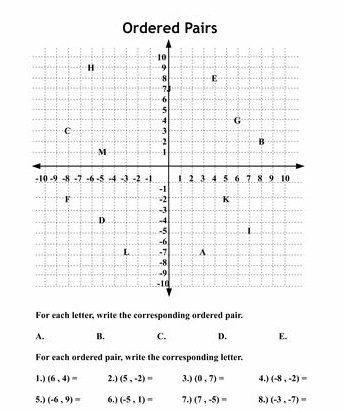

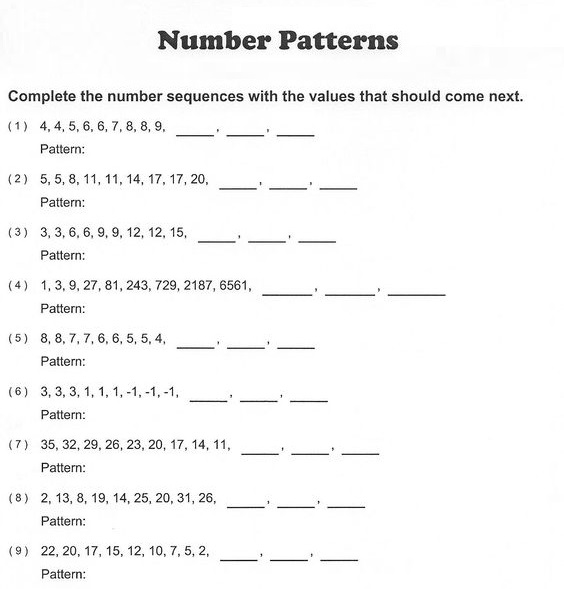

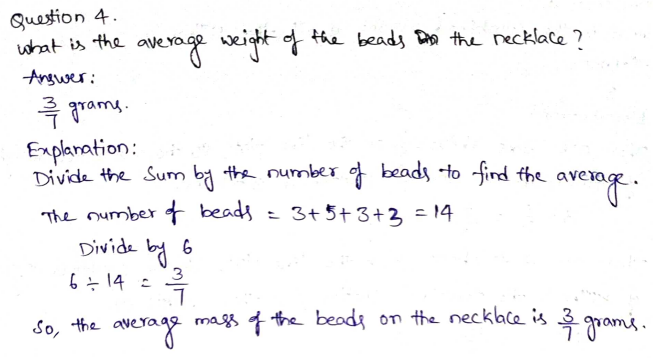

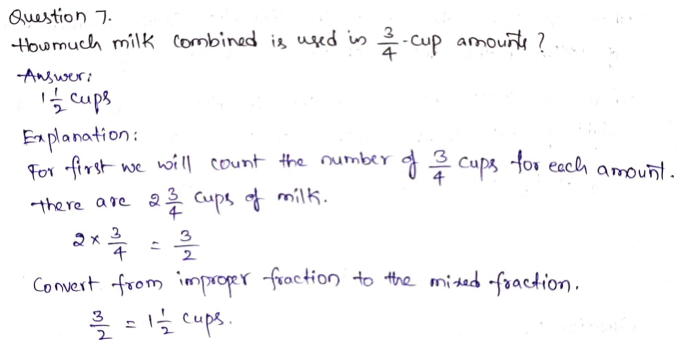



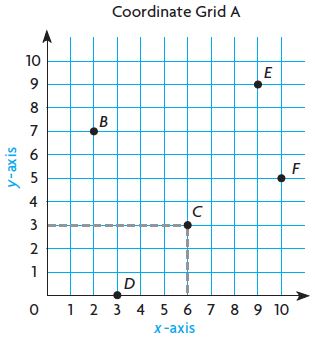
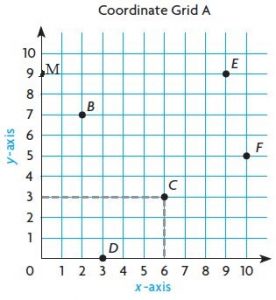
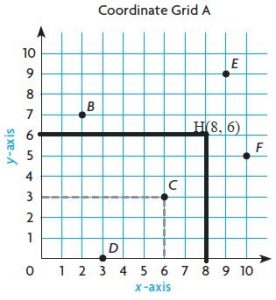


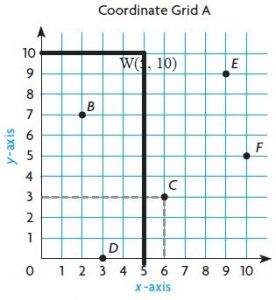
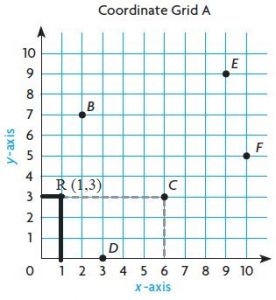

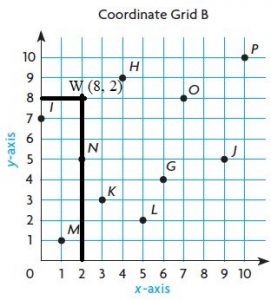

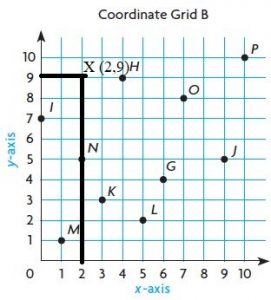

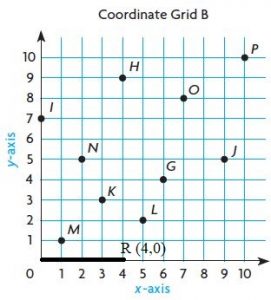
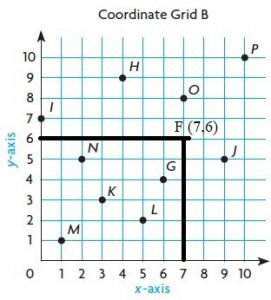
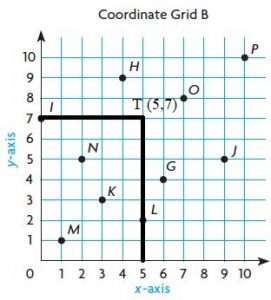
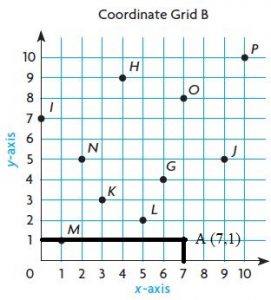

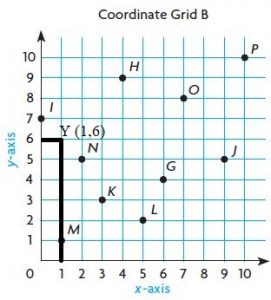

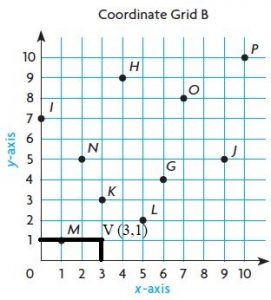
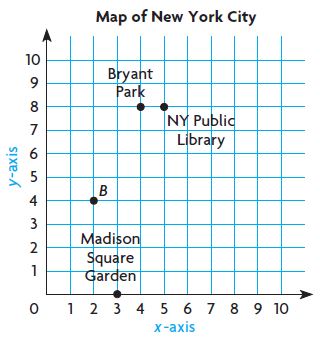

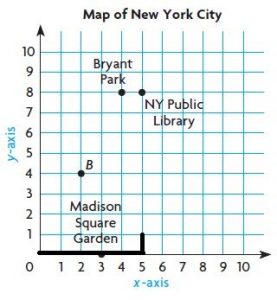
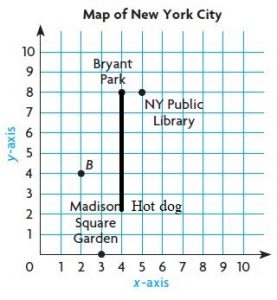





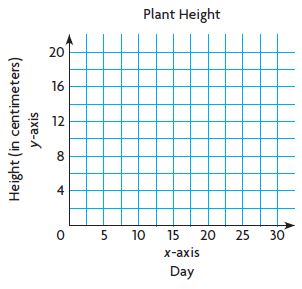


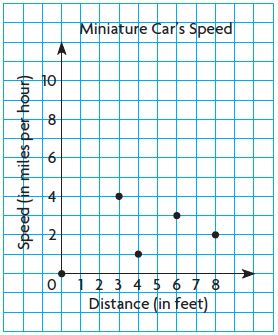
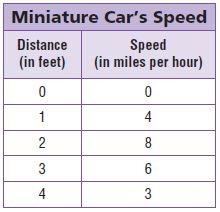
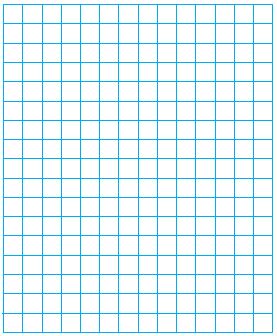

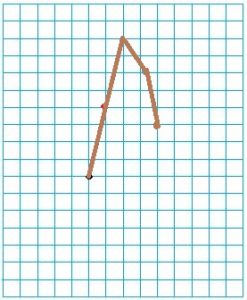
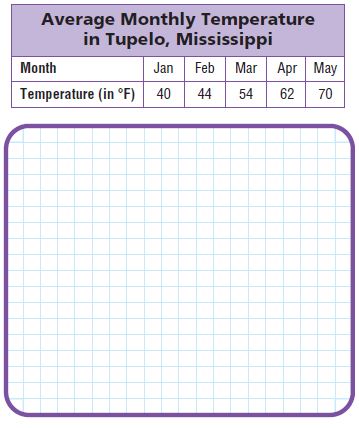
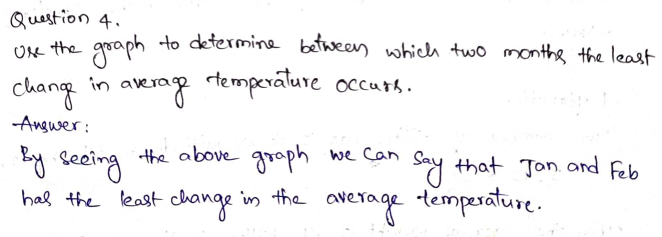
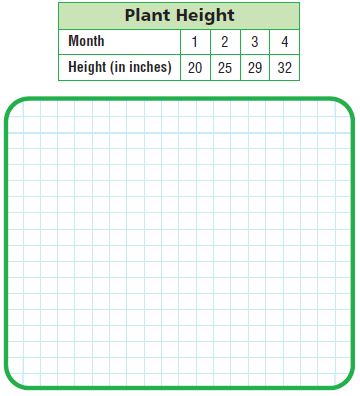
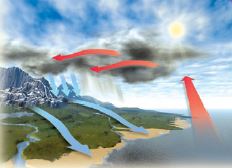
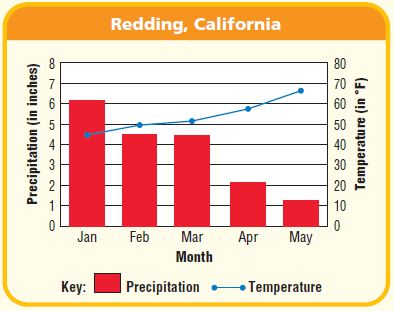


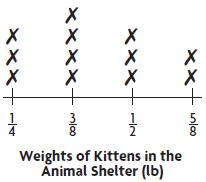

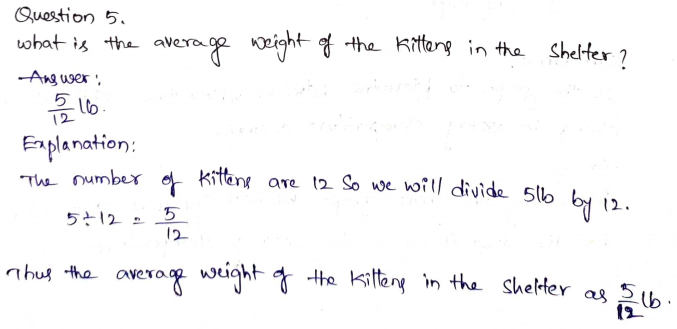
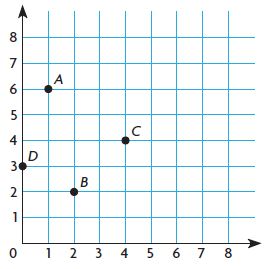

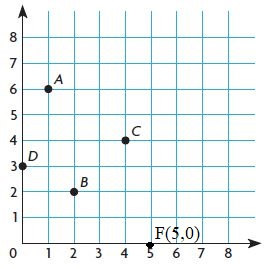

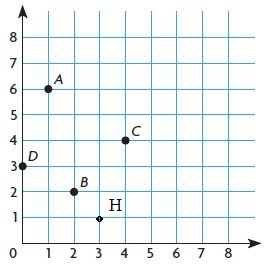


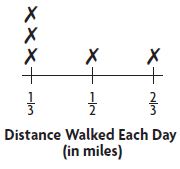


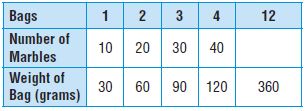

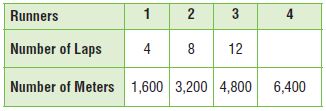




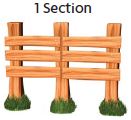
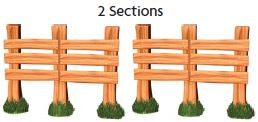

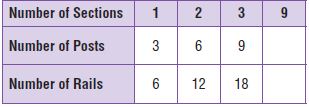




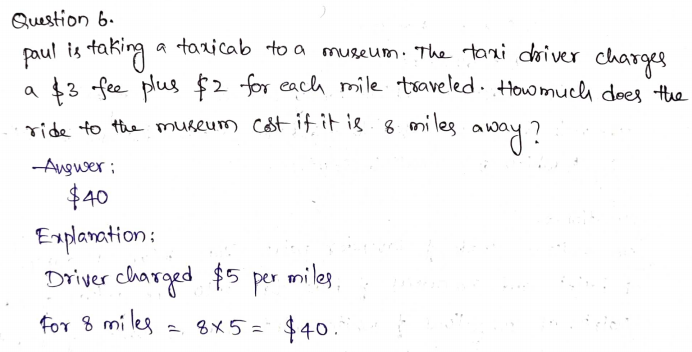


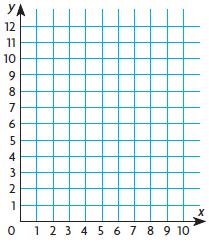



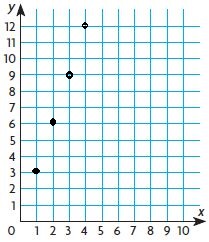


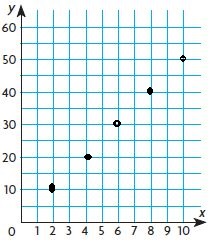


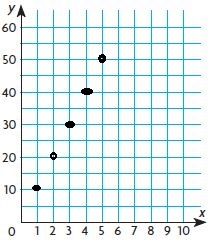
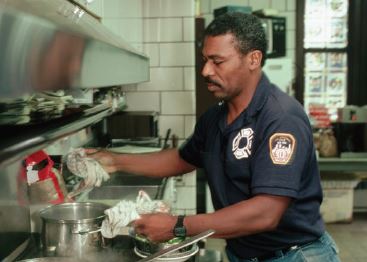

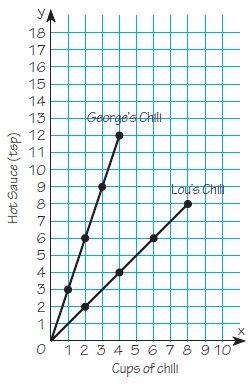
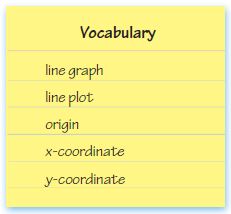


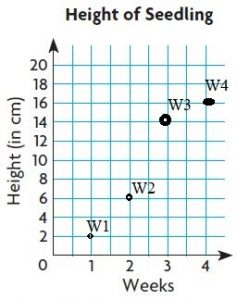


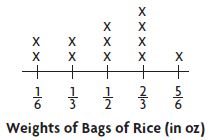


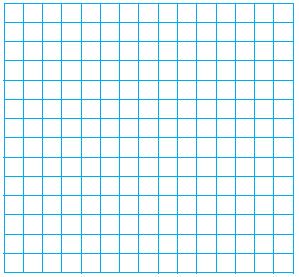
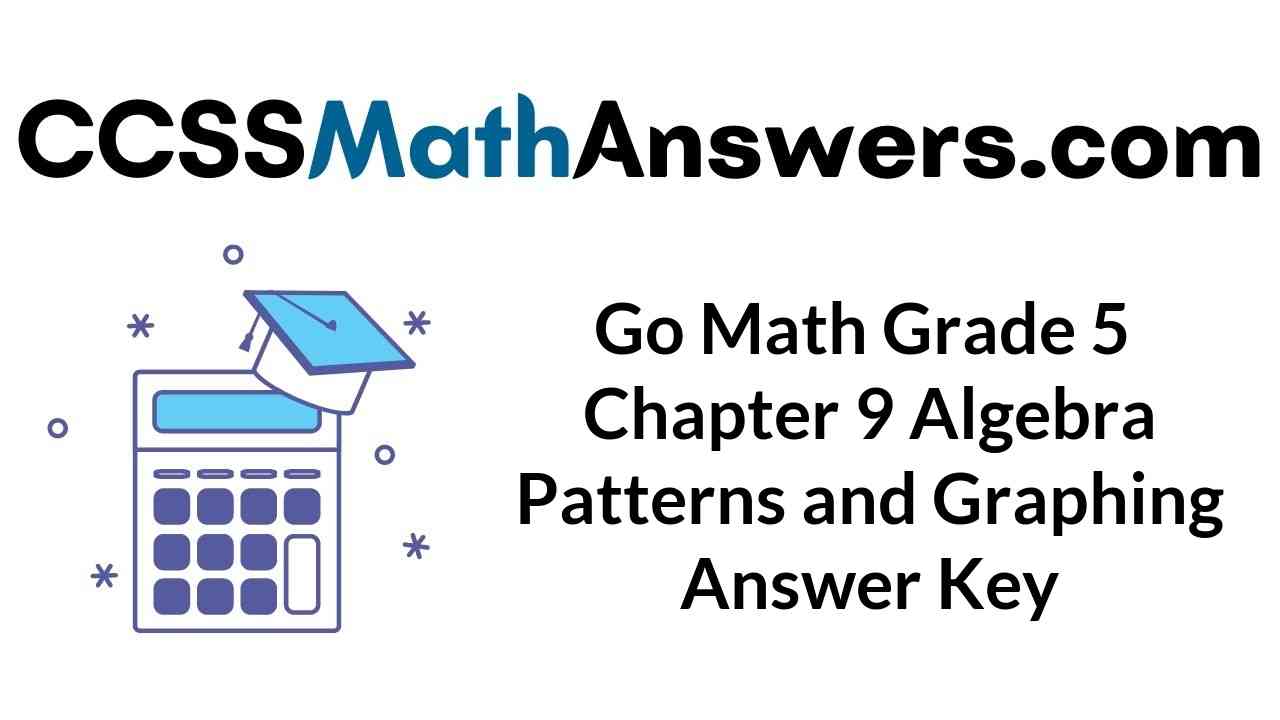
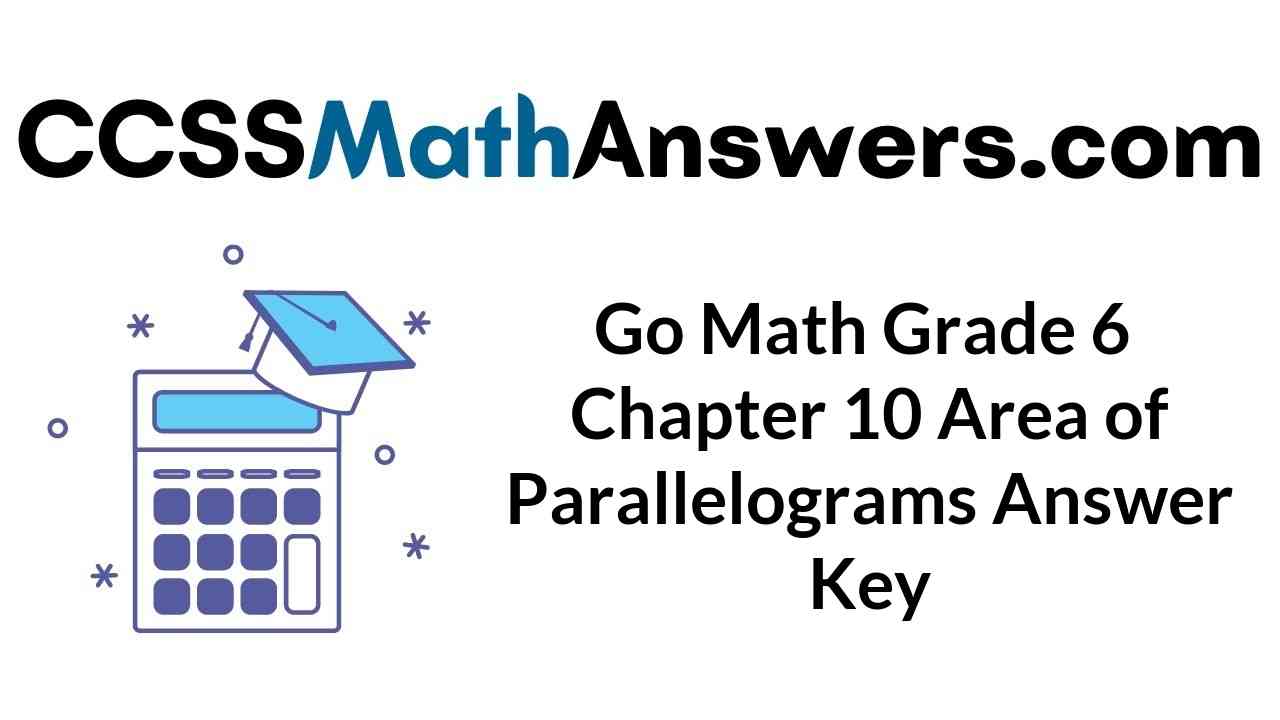

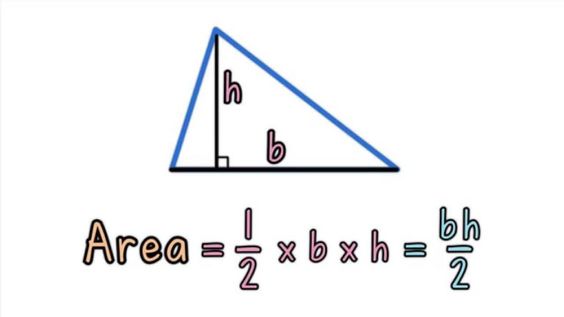
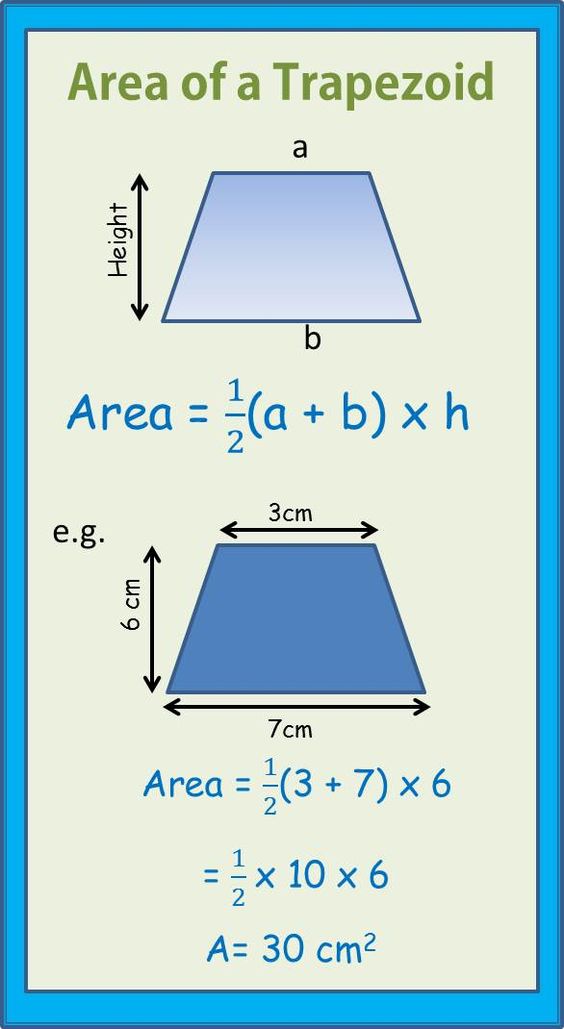




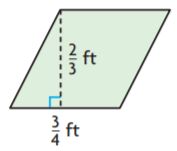
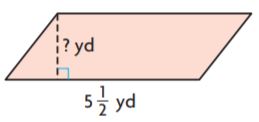
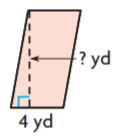

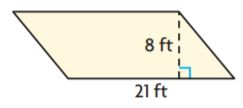
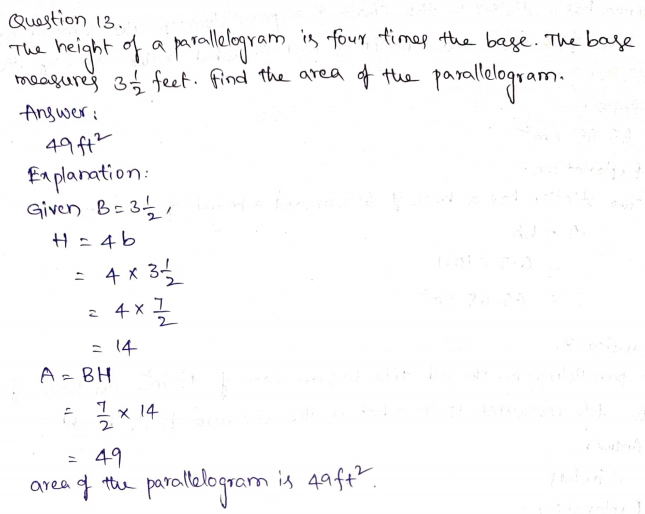

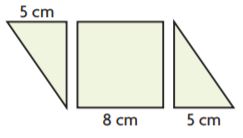
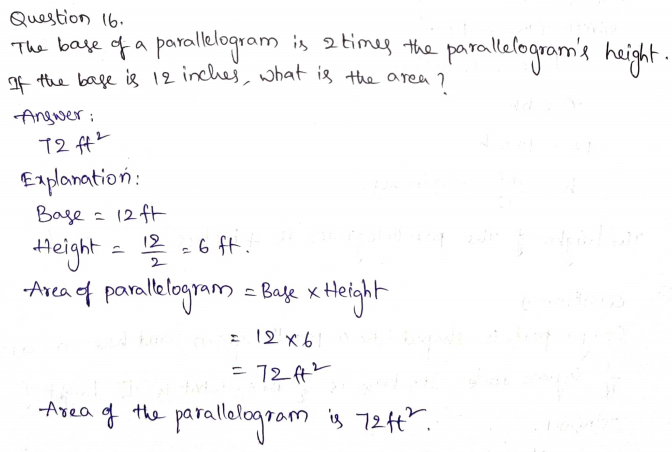



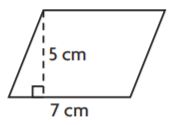
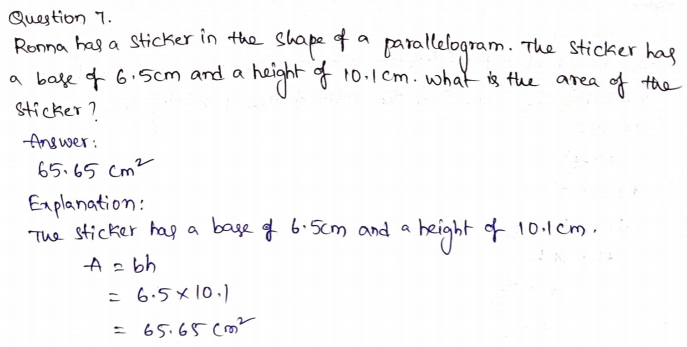


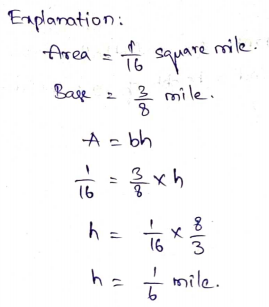
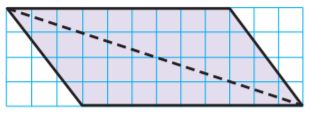
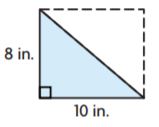
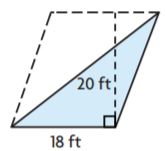

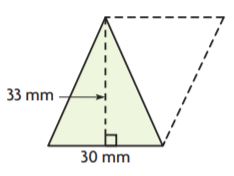
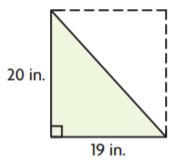
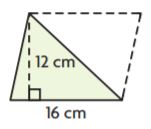

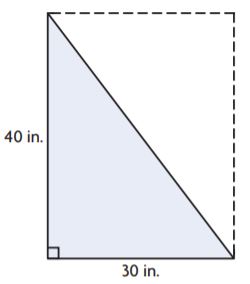

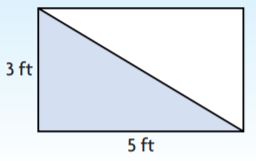
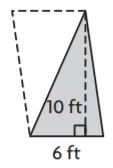
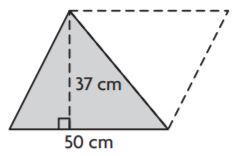
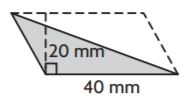
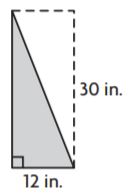
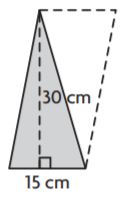

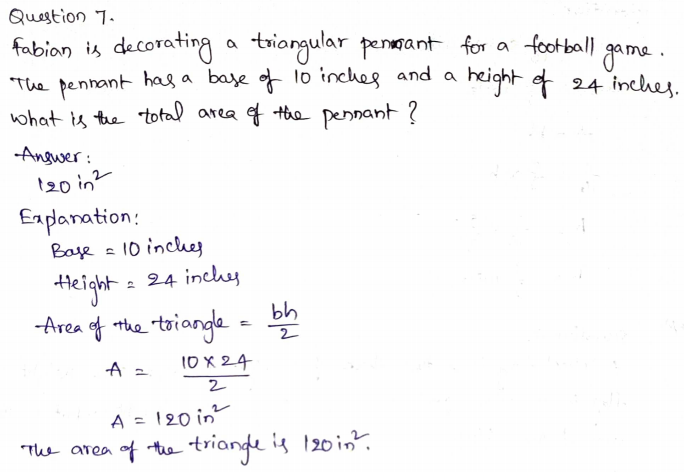
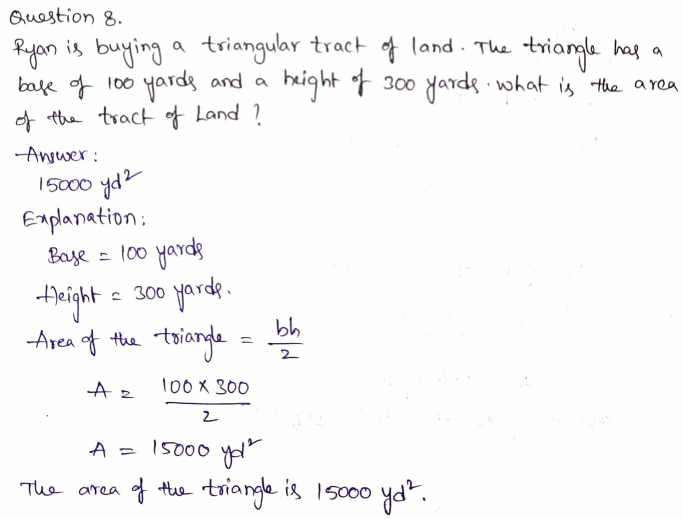





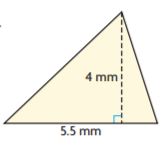

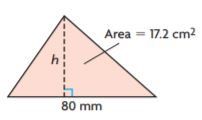
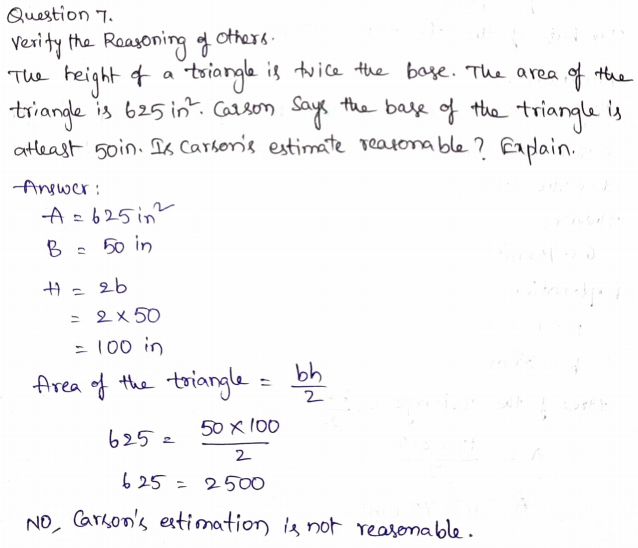

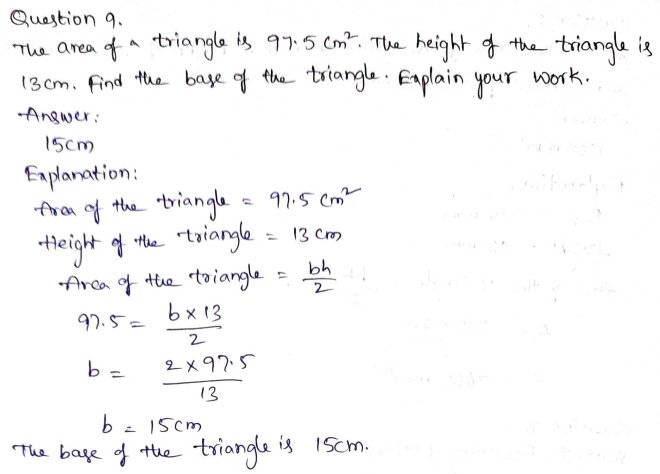

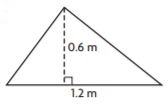







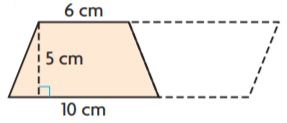


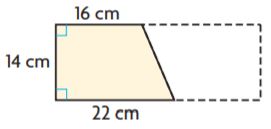
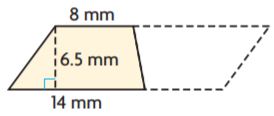

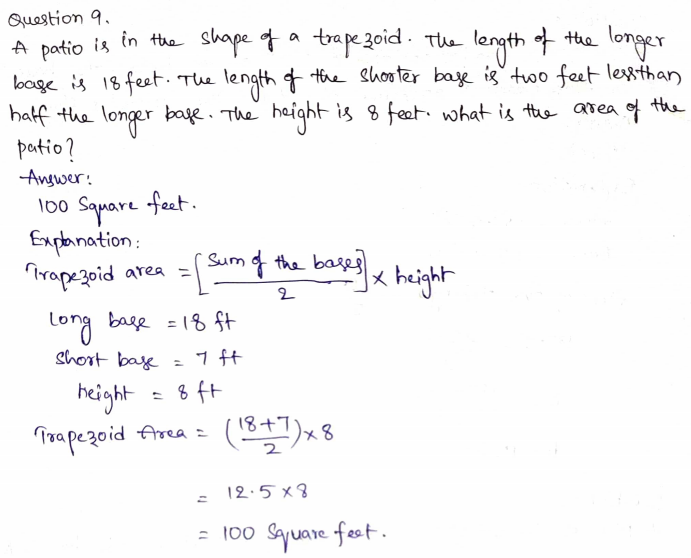
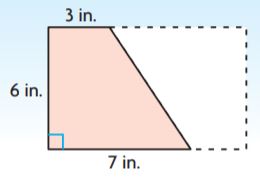
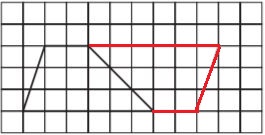
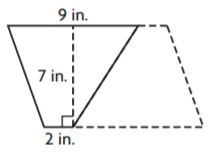
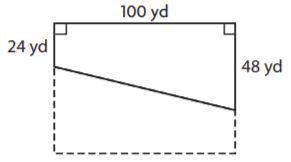
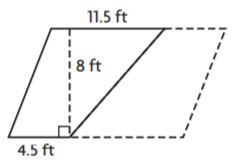
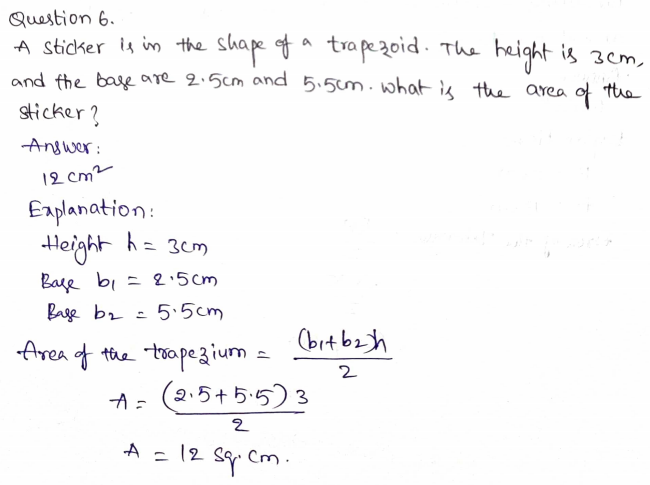
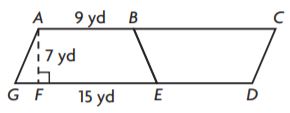
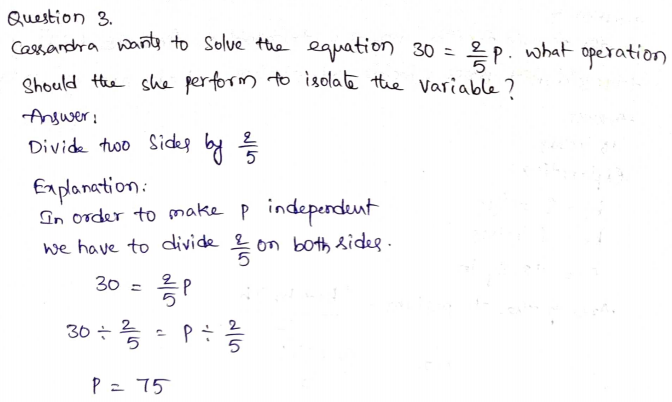


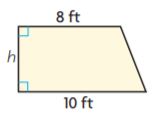
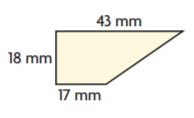

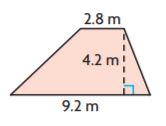

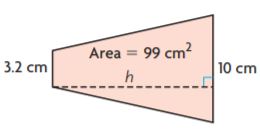
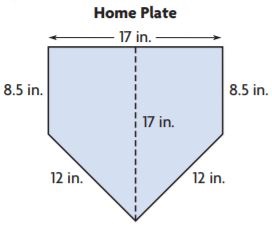

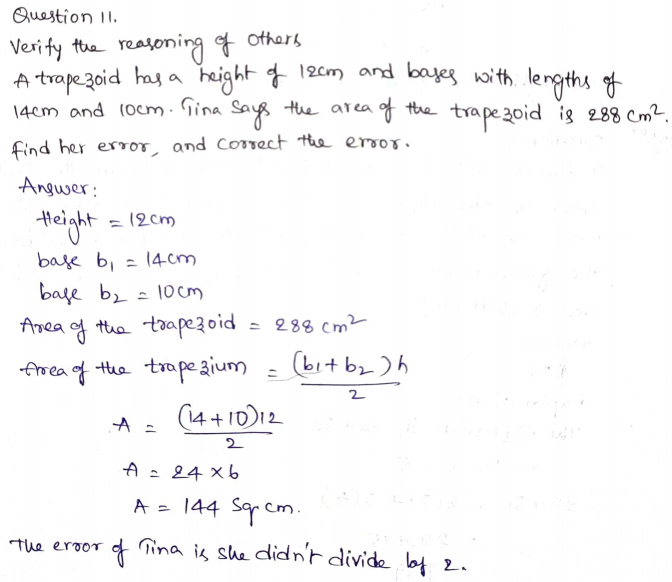
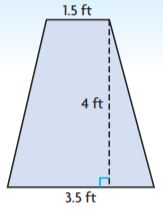
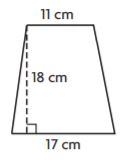
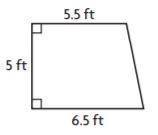
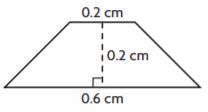
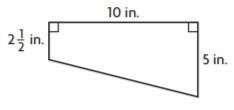
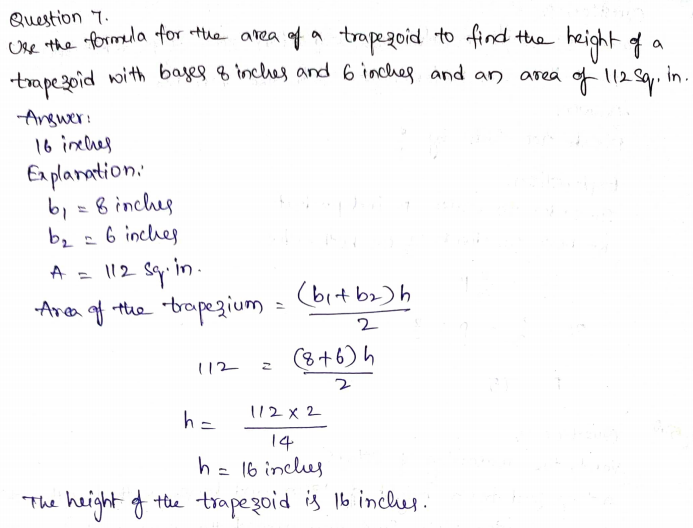
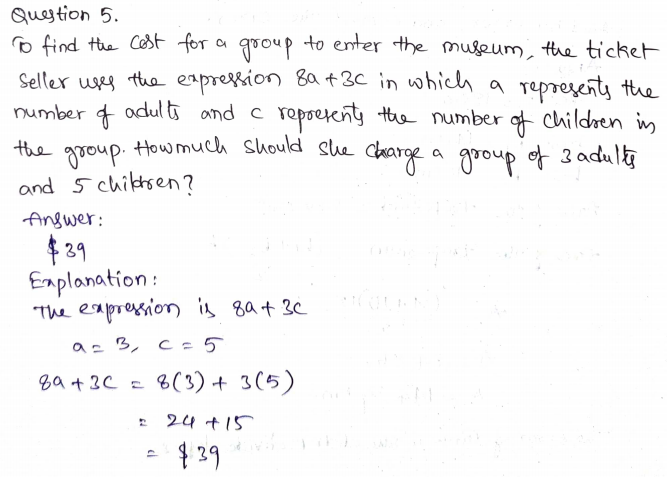

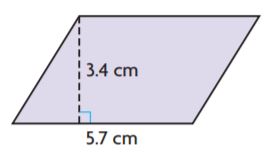
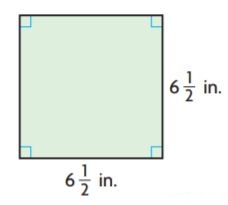

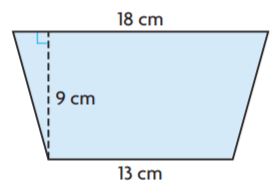
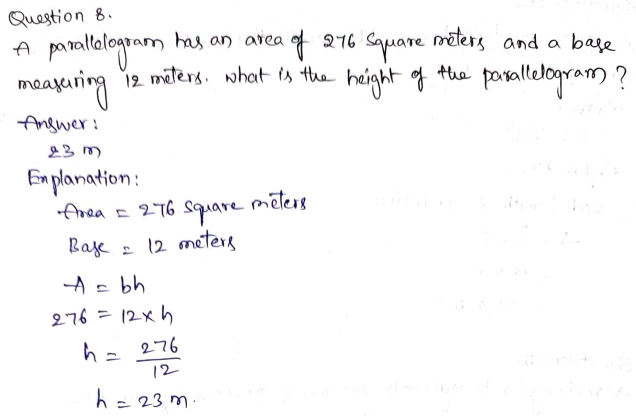
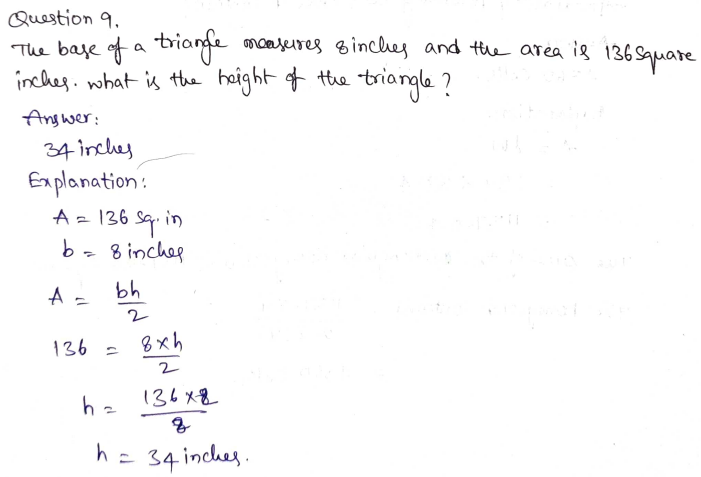

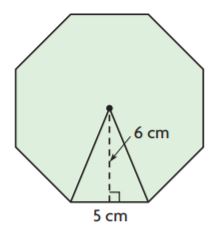
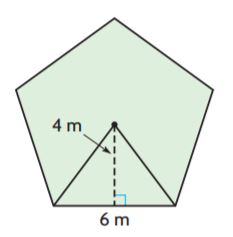


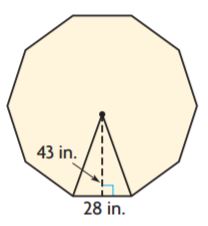


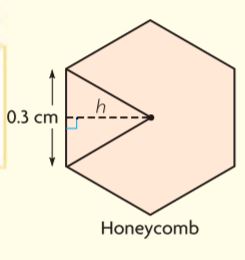



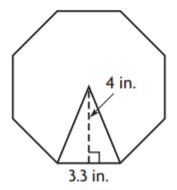
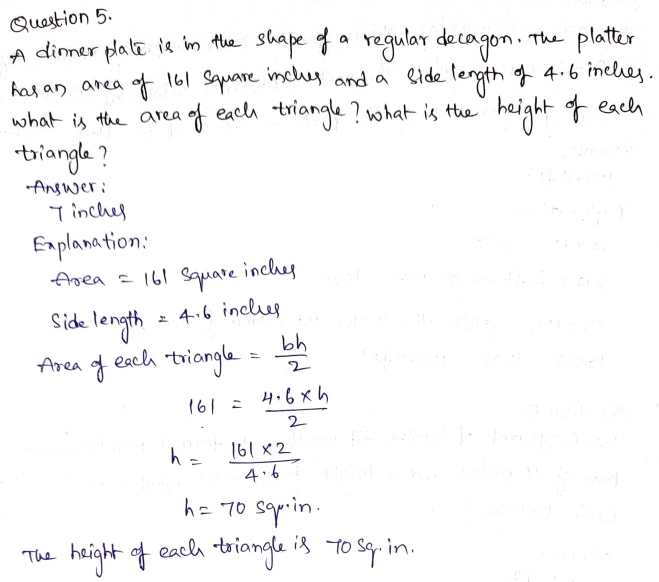
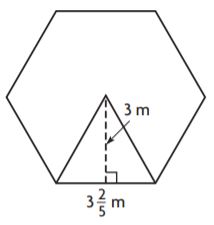


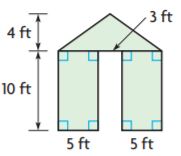
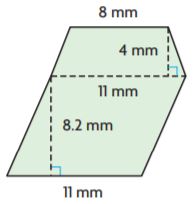

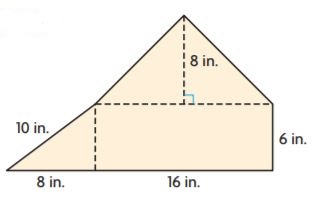
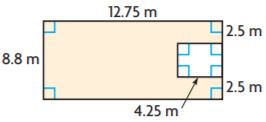
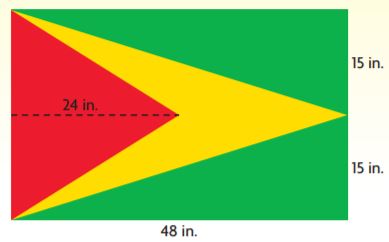
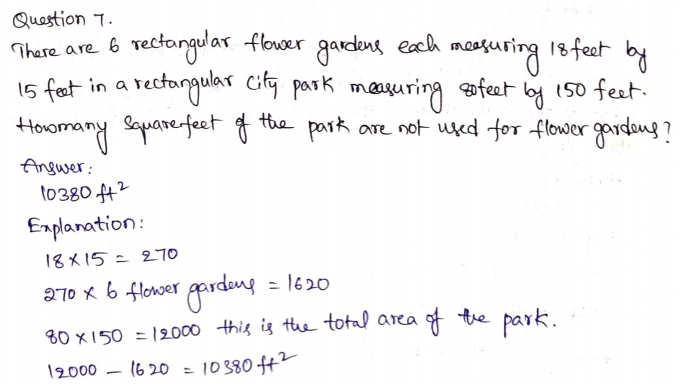
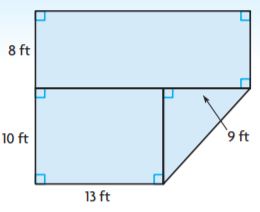
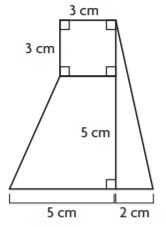
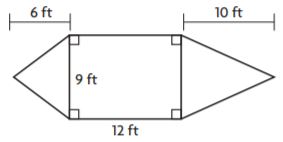
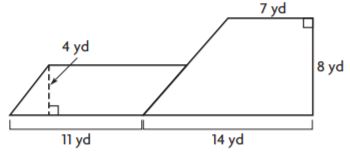
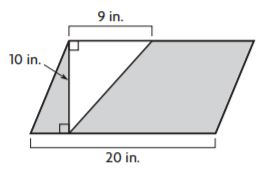

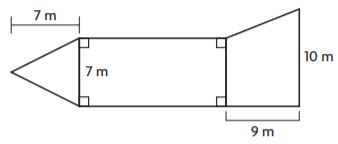

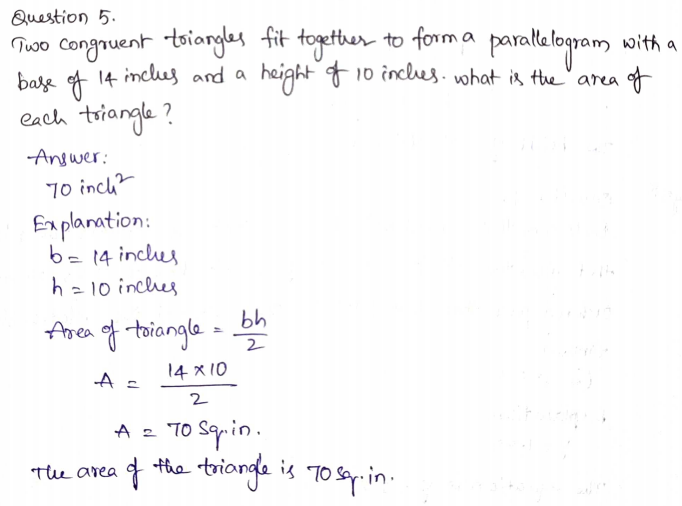


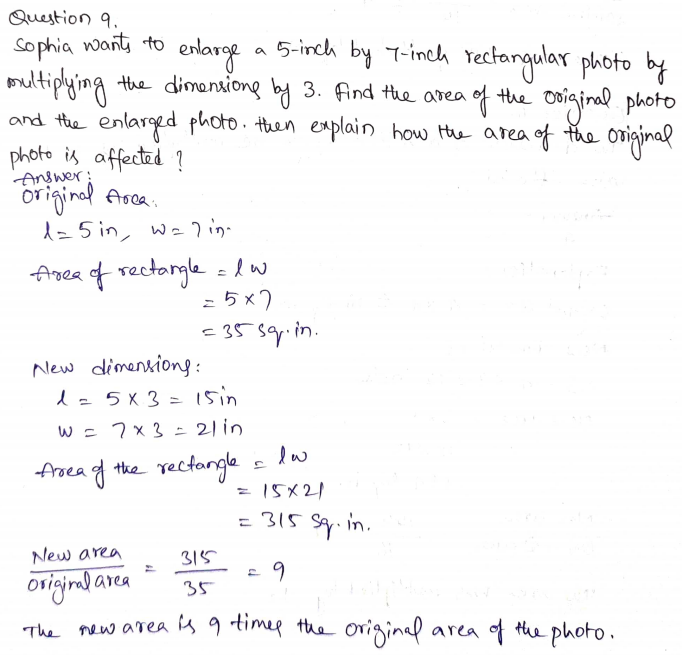
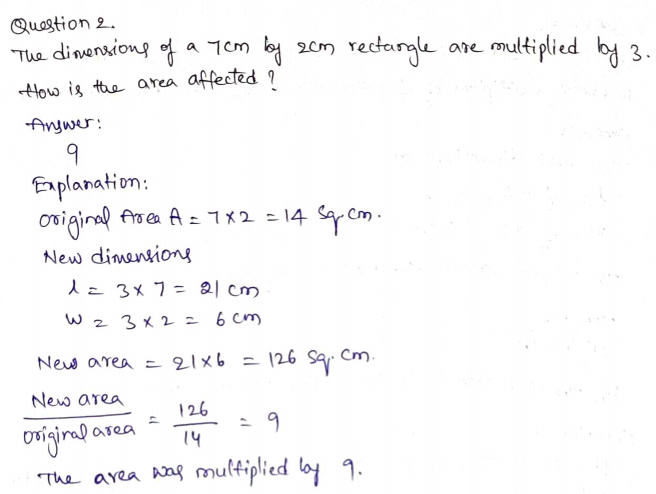
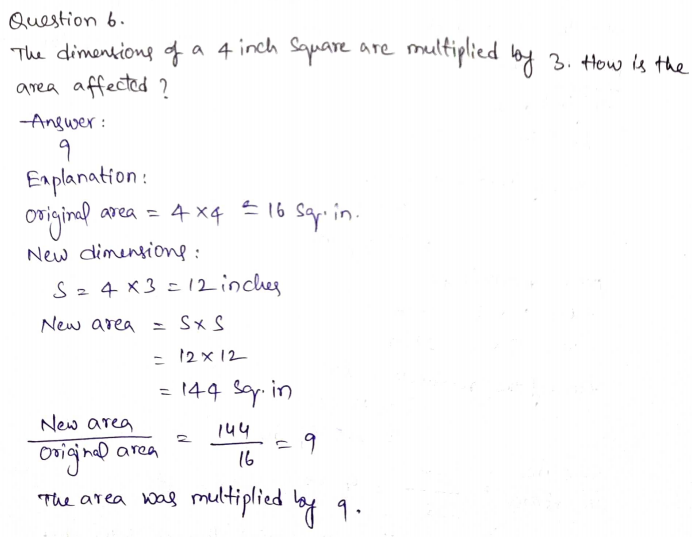
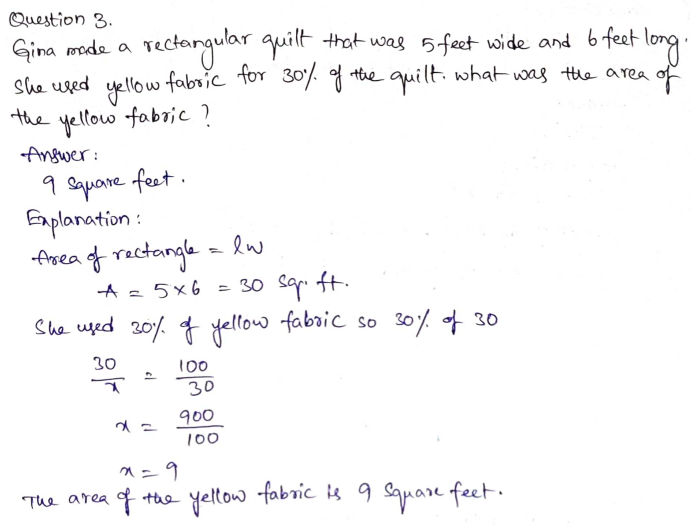

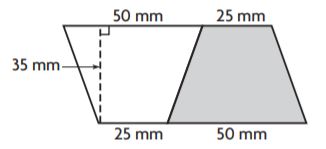
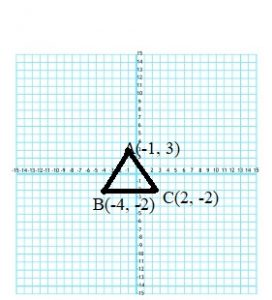


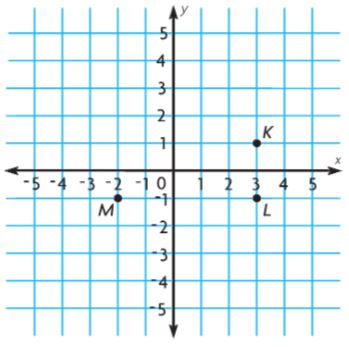

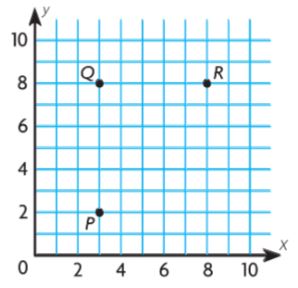
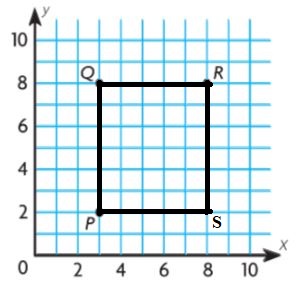
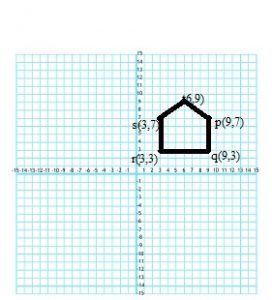
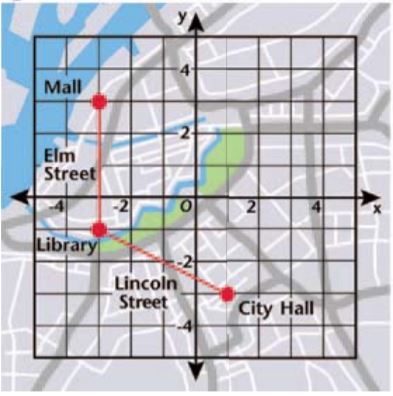
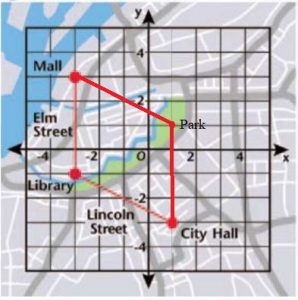
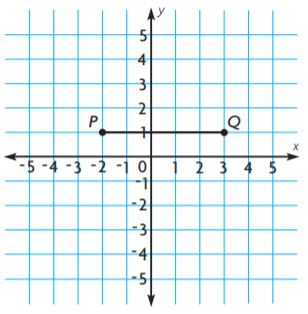
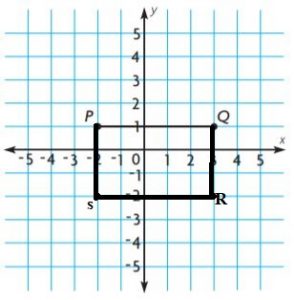
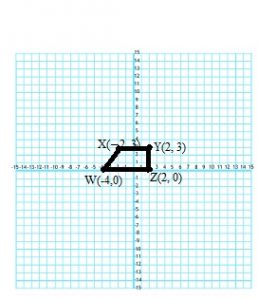
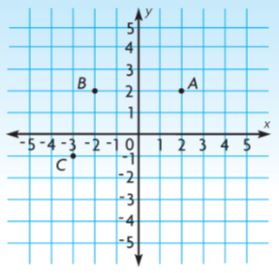
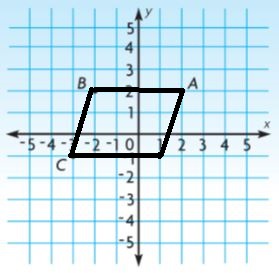
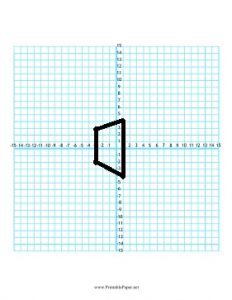
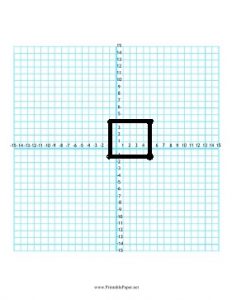
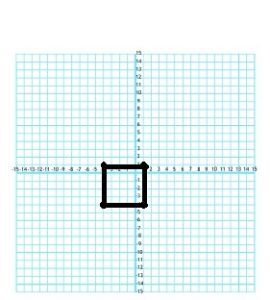
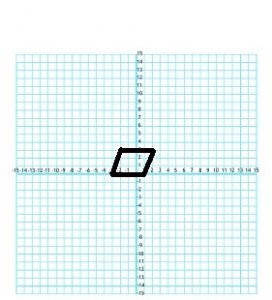
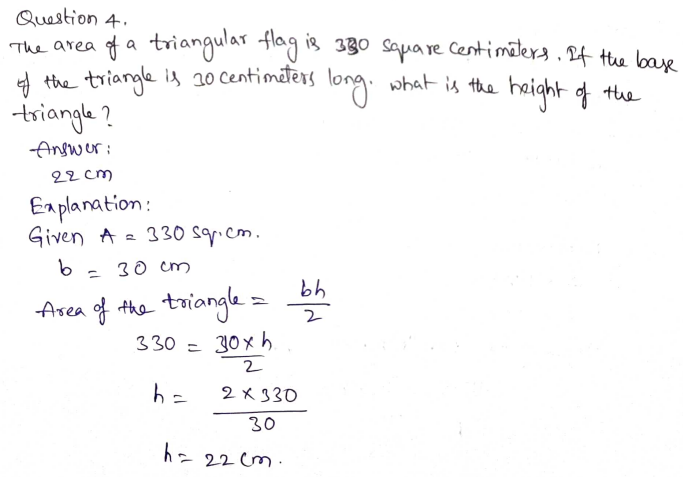
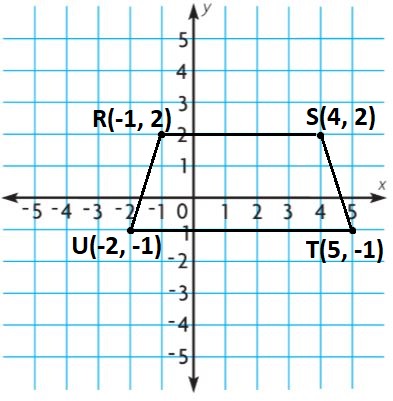


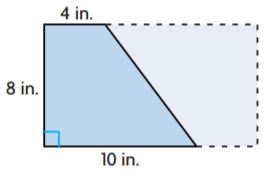
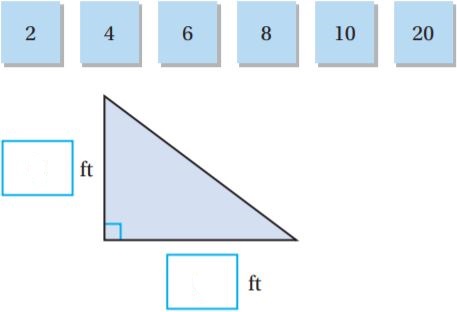


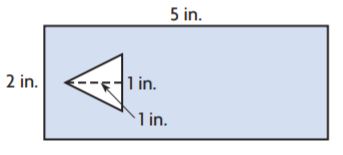


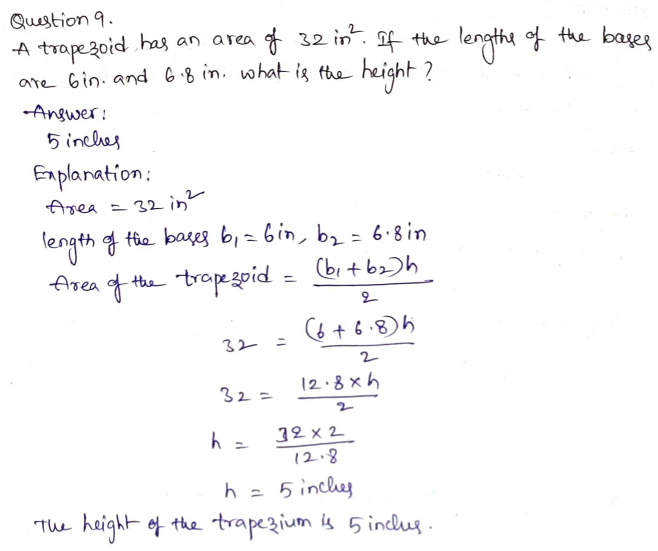

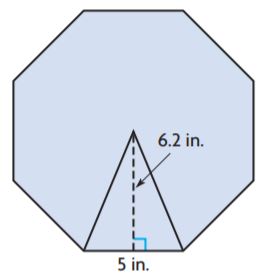
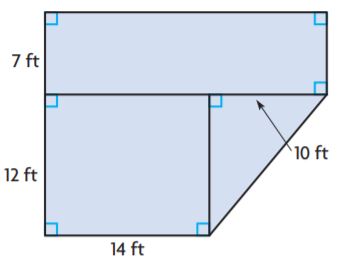

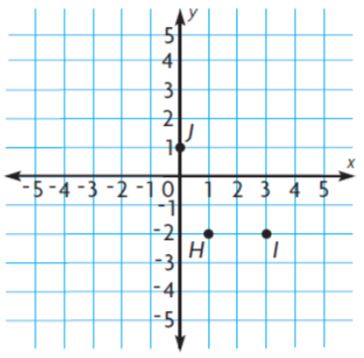

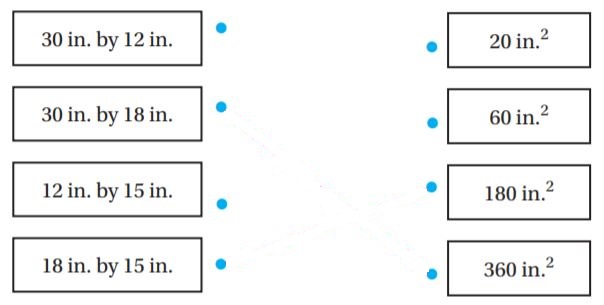
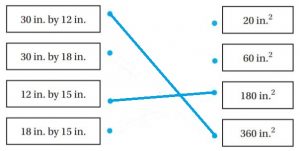
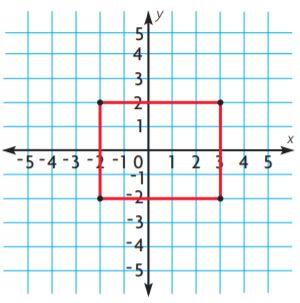

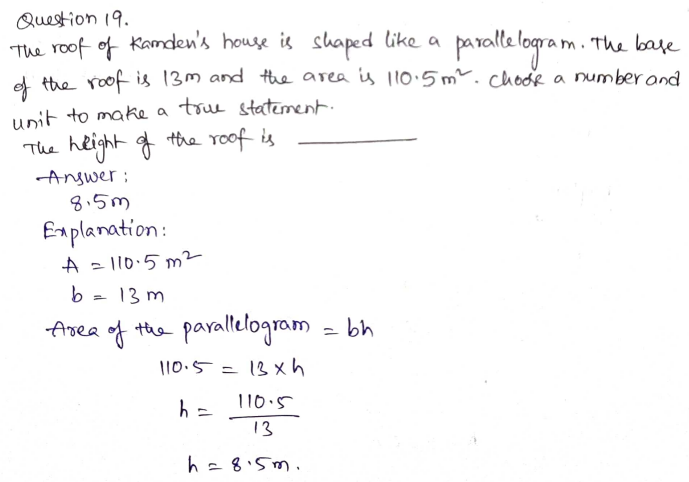



























































































































































































































































 craft sticks now.
craft sticks now.





 they still have
they still have














 ___
___
 _______
_______ __ bees
__ bees




































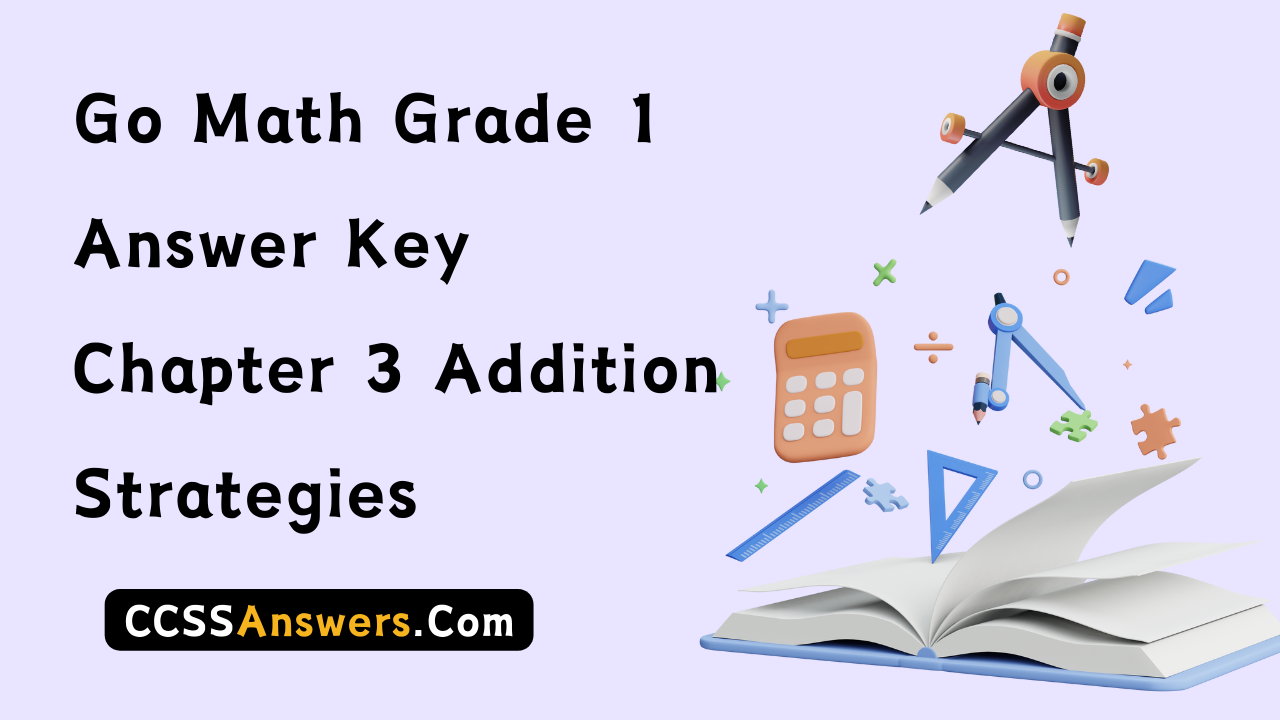







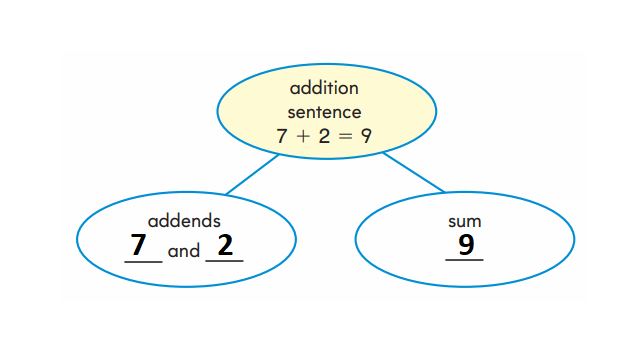

























































































































































 to show the addition fact. Then solve.
to show the addition fact. Then solve.

























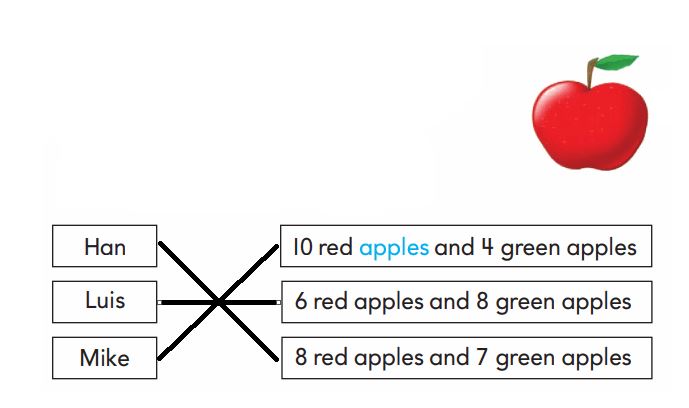


































































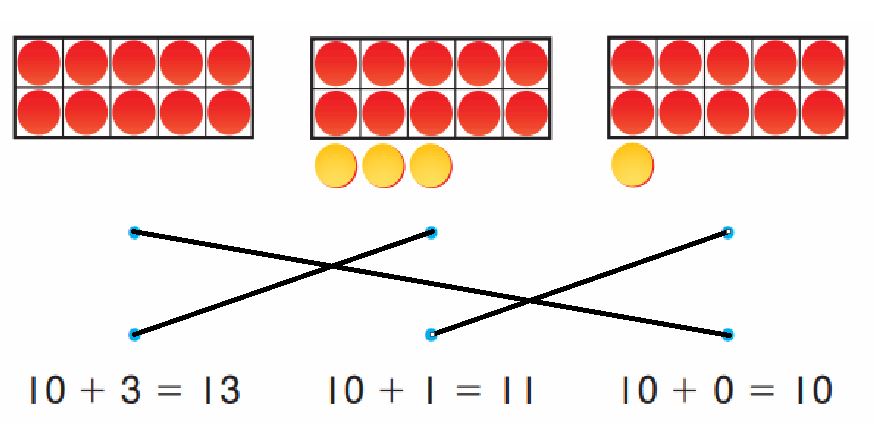




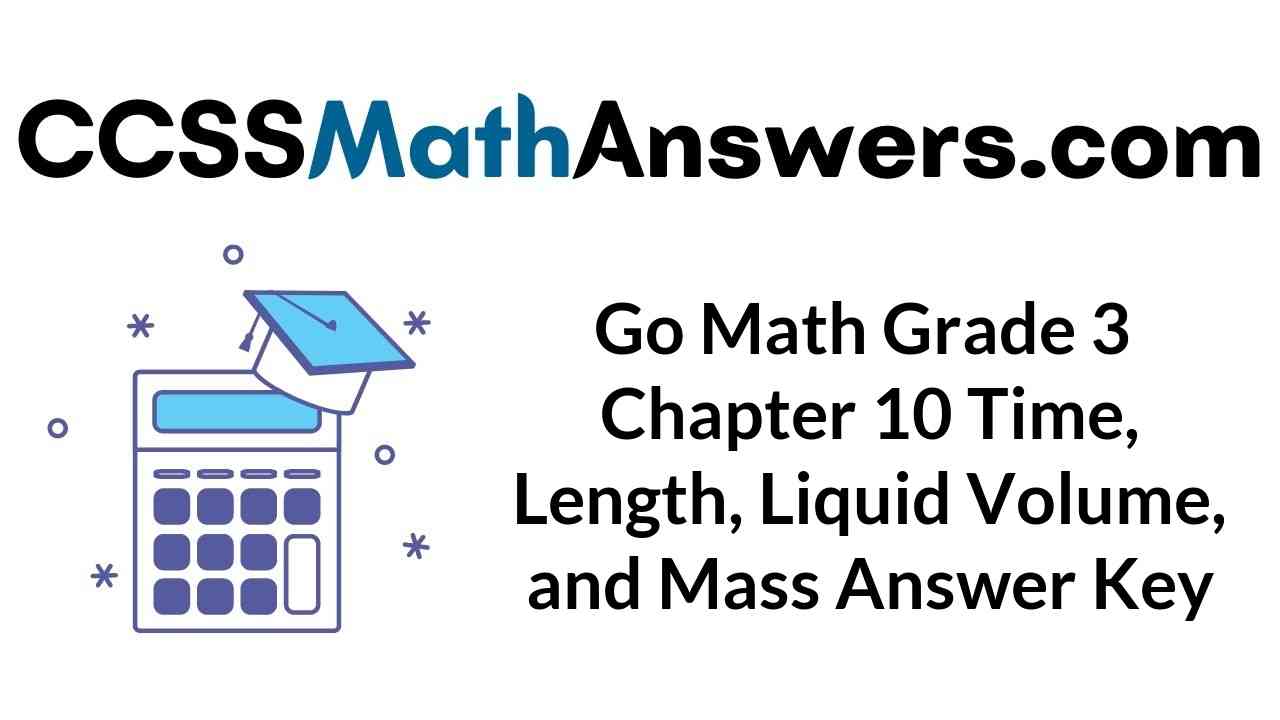
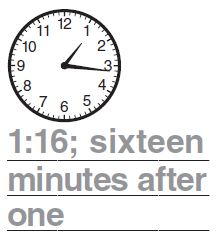
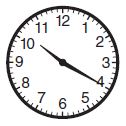





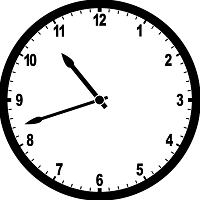
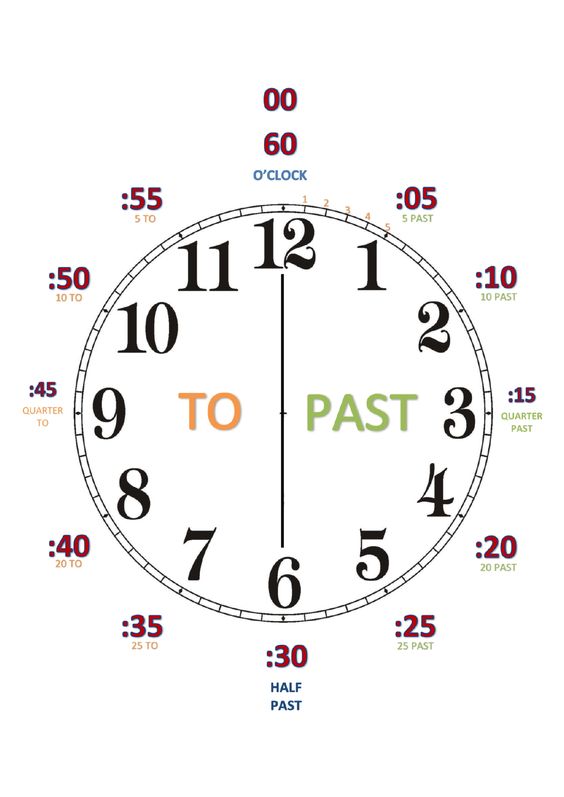
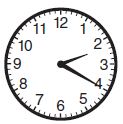
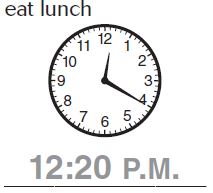

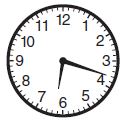
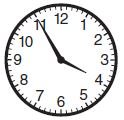

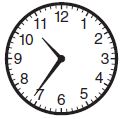
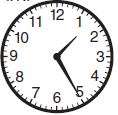




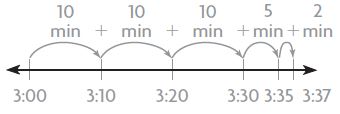

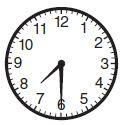

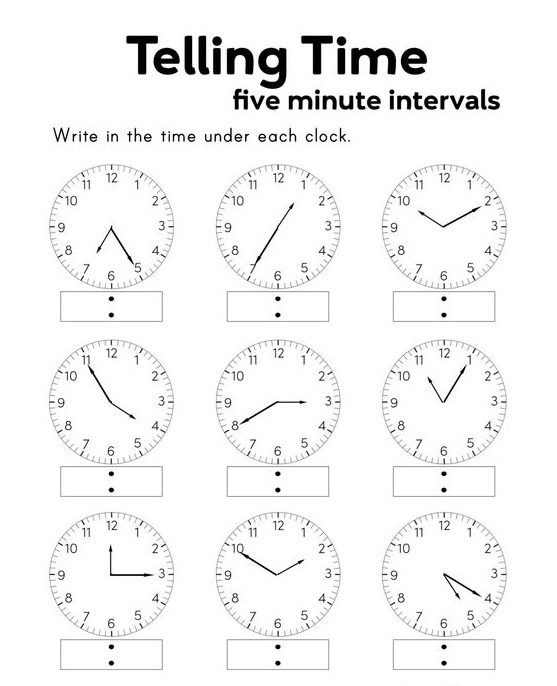


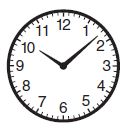



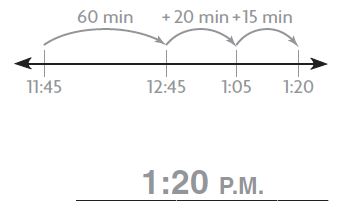








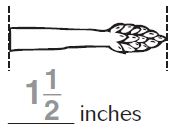








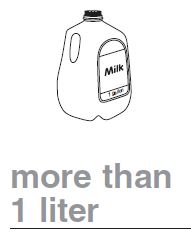




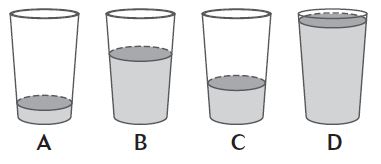

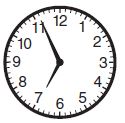

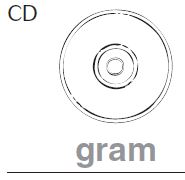
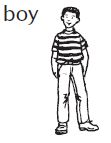
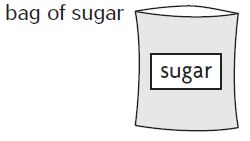
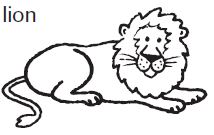



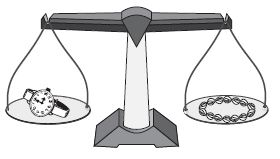
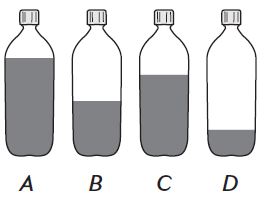
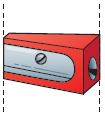




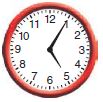
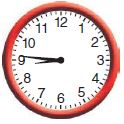

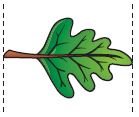

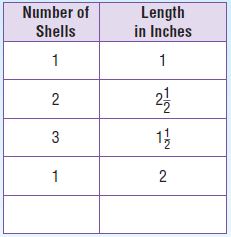



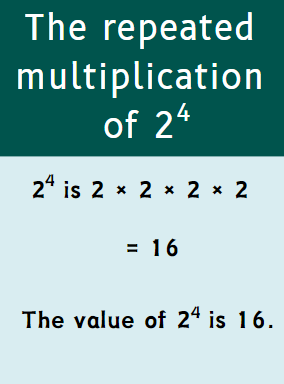
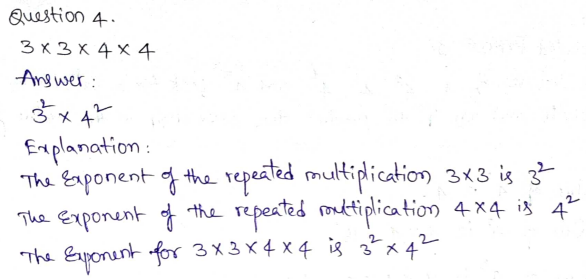
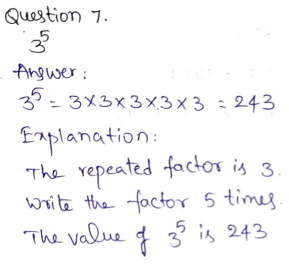
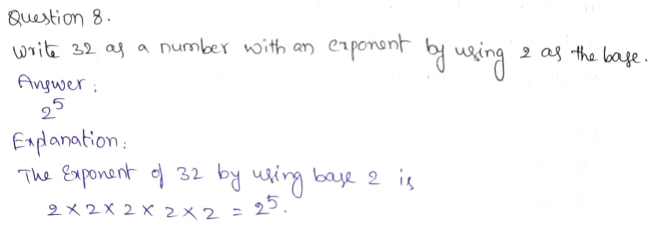
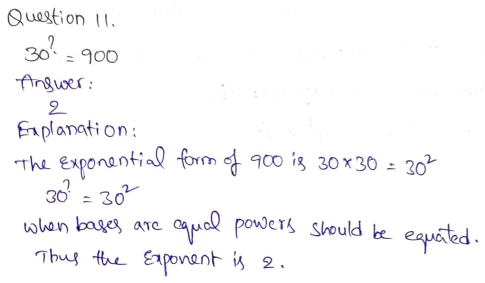
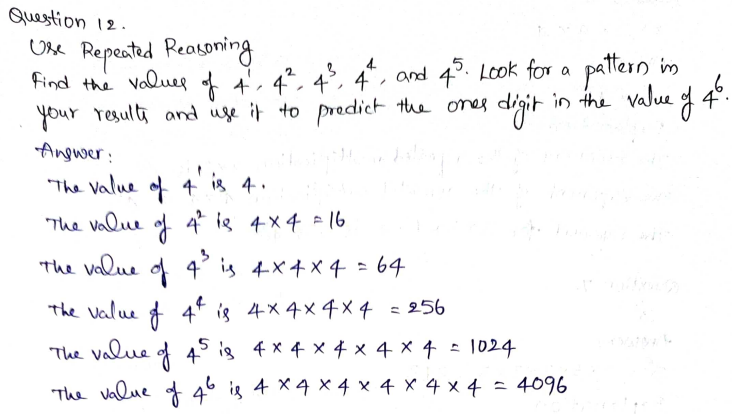

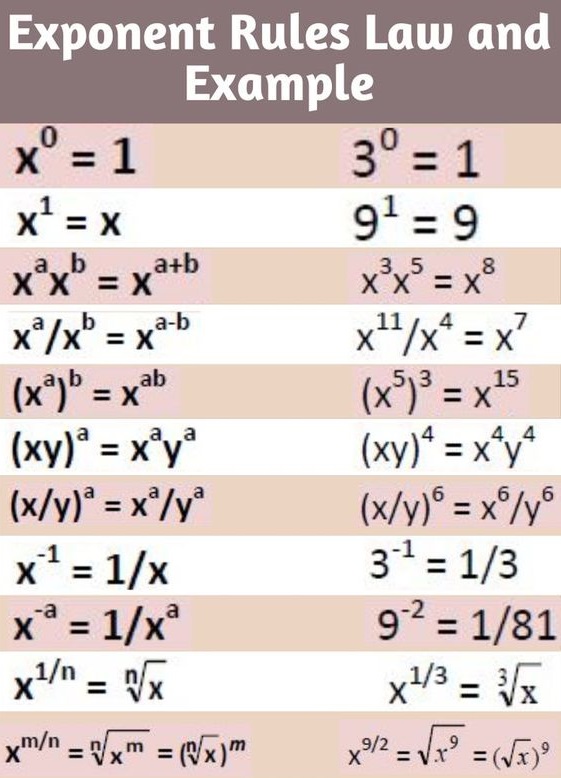
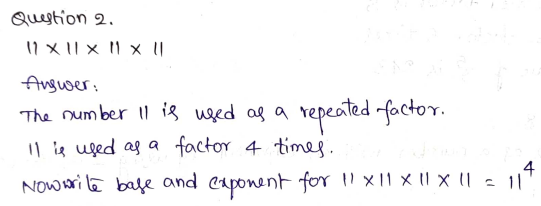
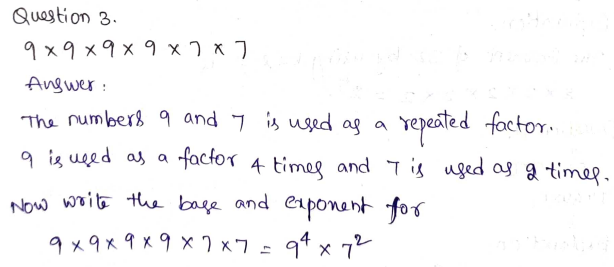


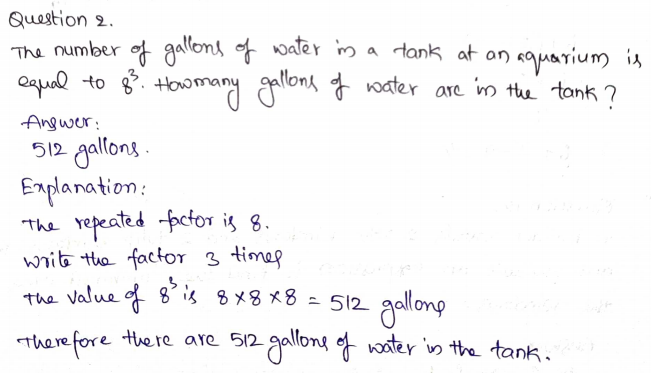



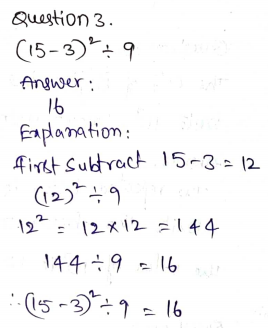
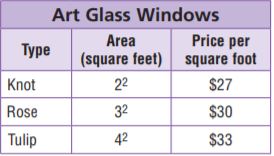


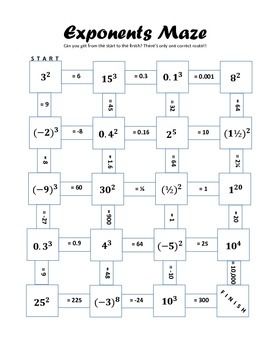

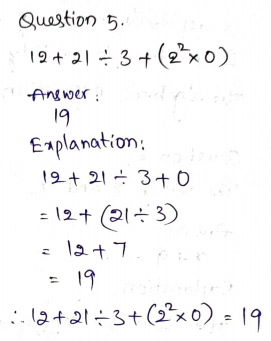
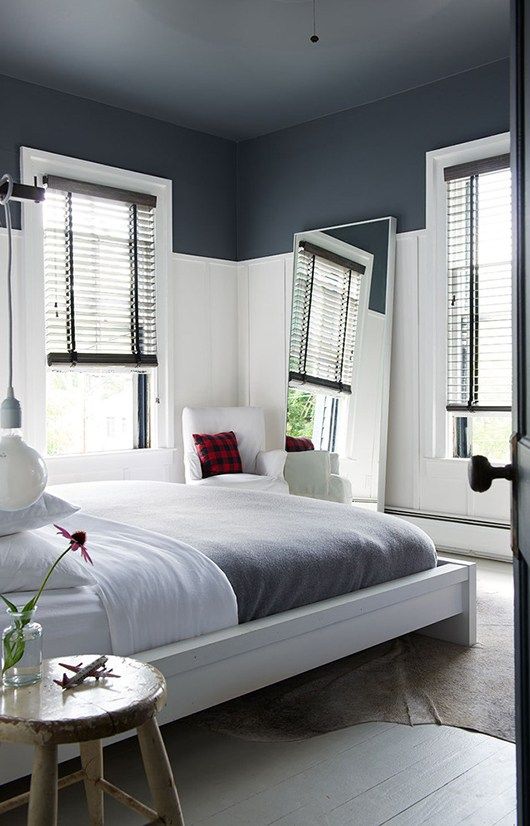

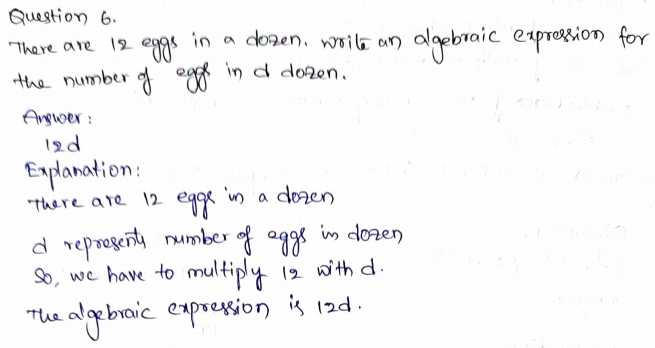

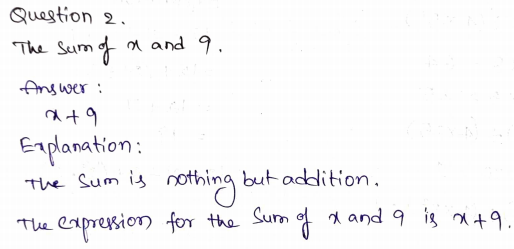
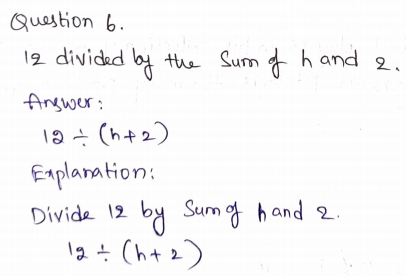
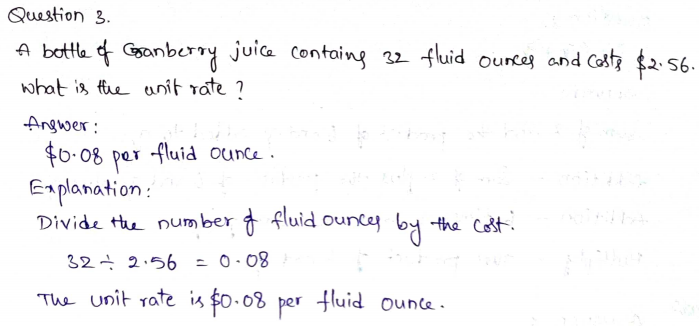

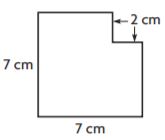
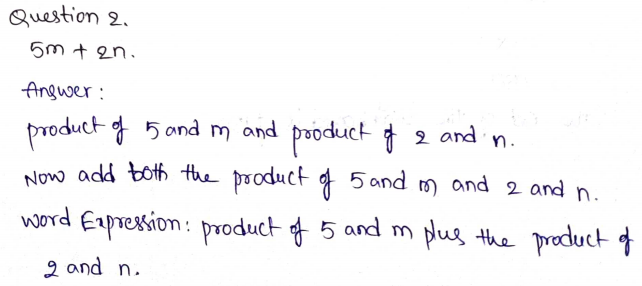

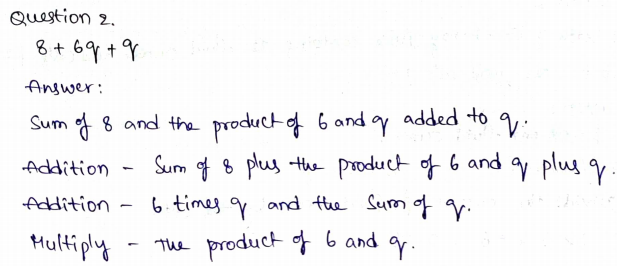
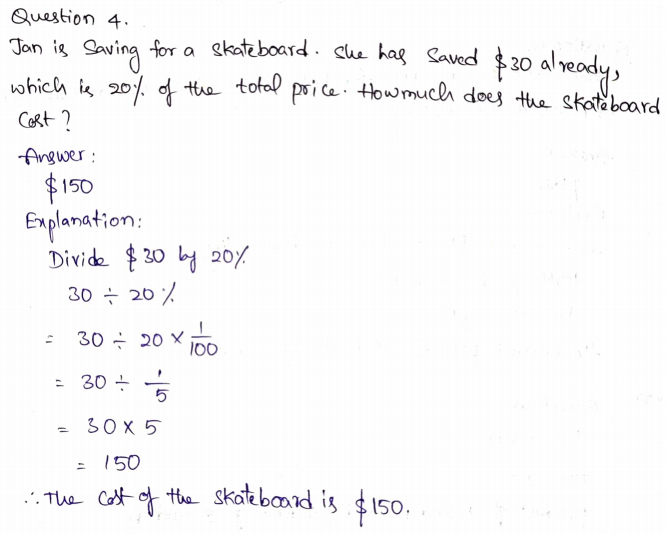
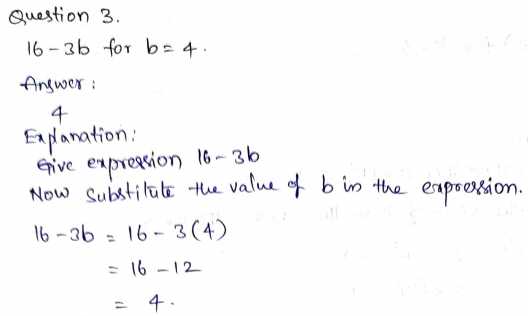
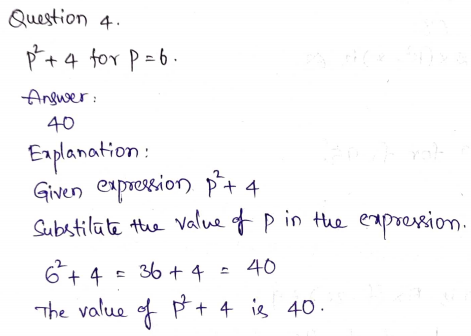
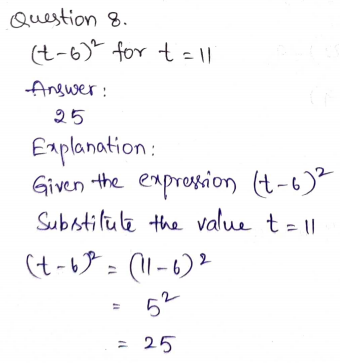
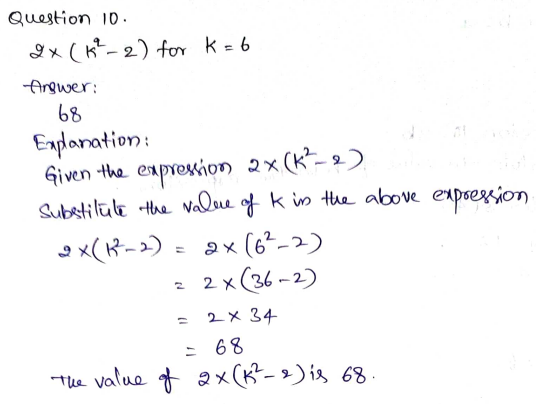

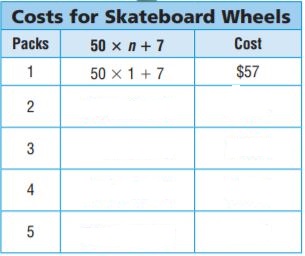


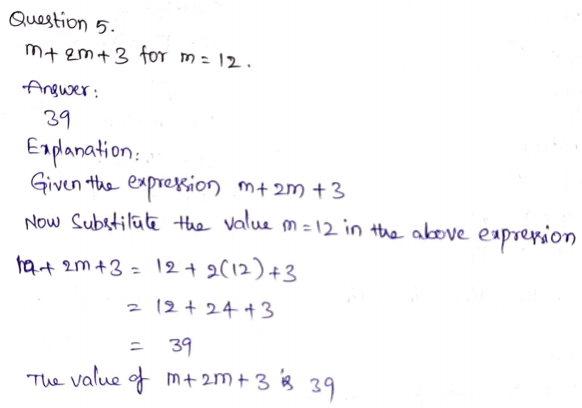
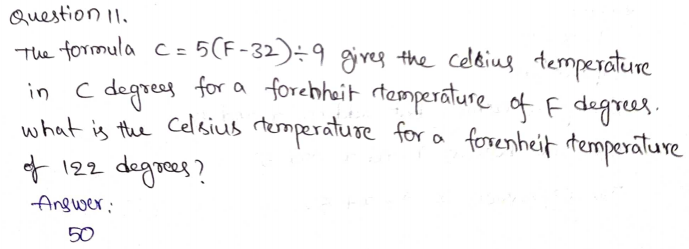
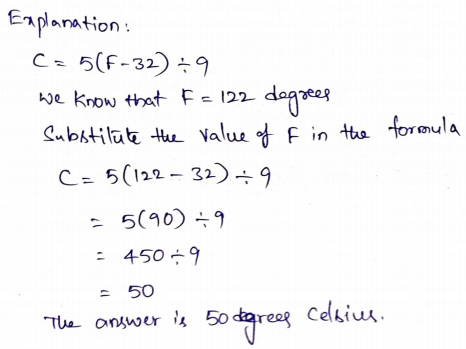

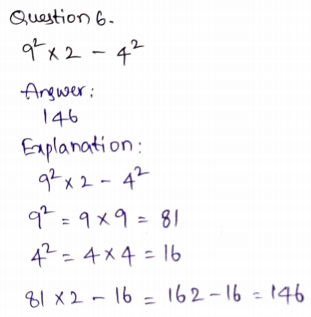

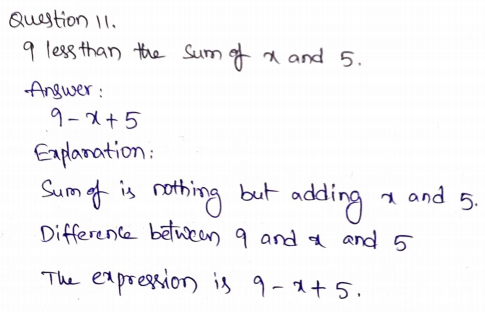
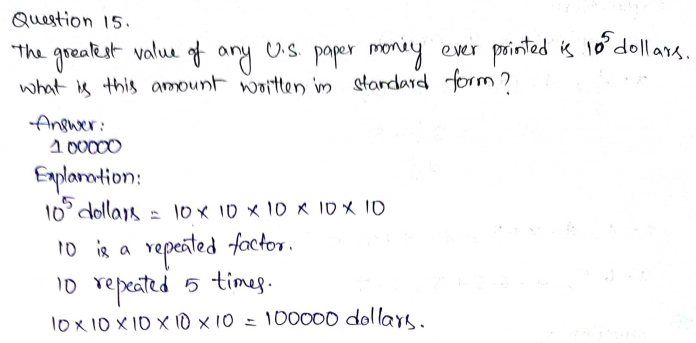
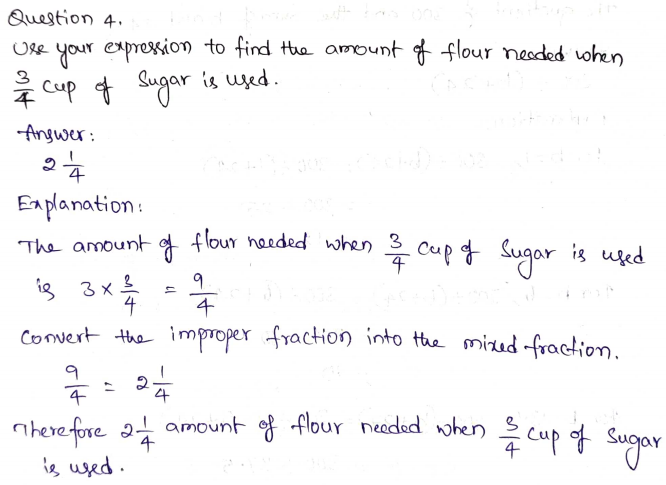
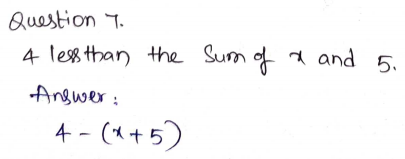
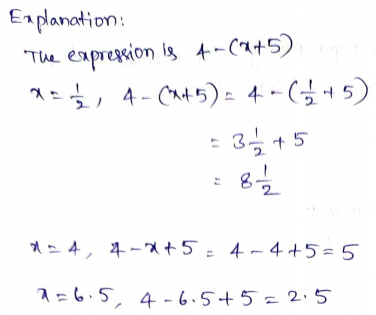
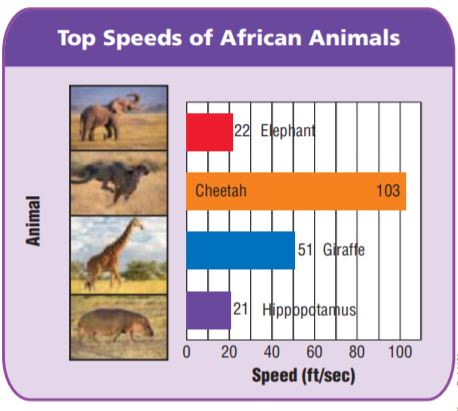


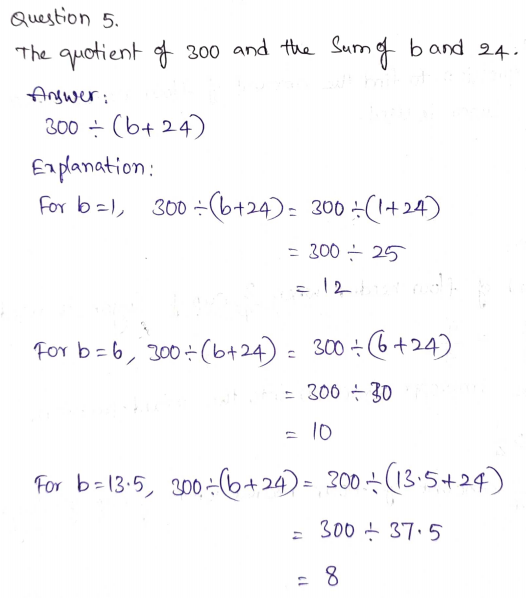
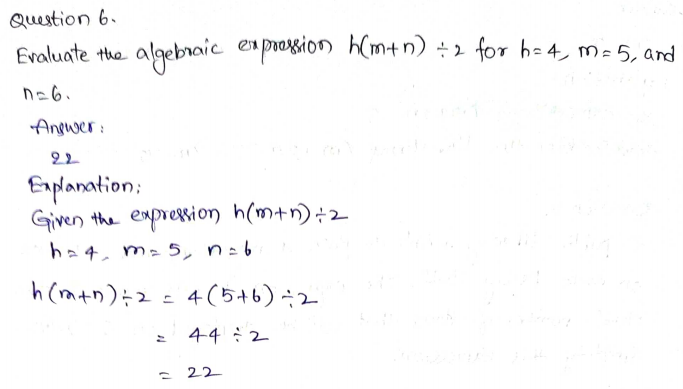




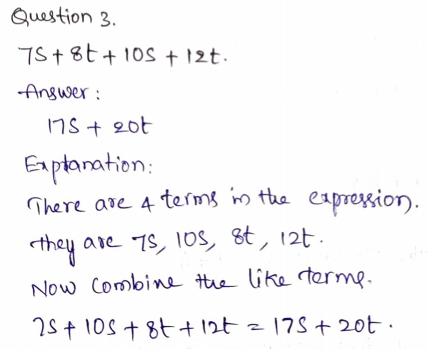

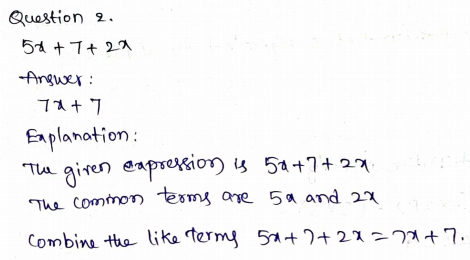
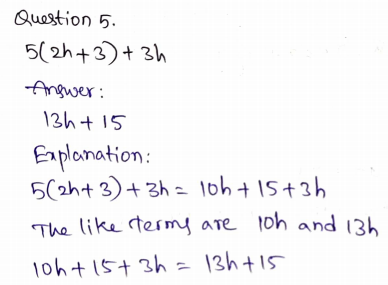

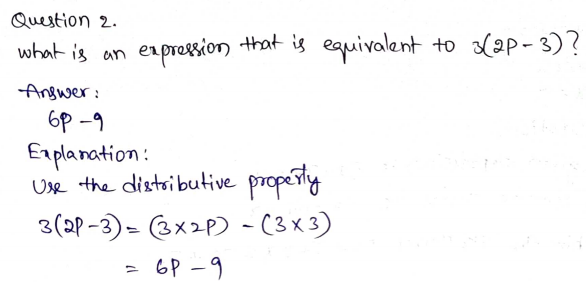

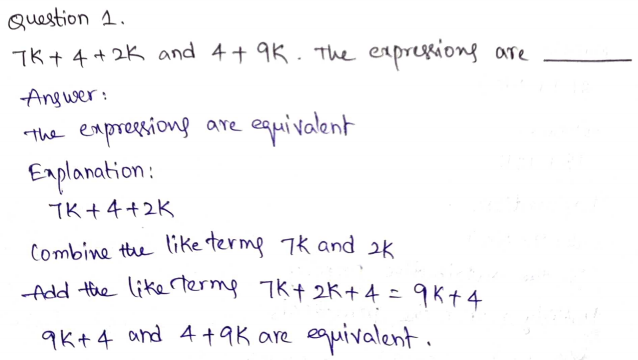
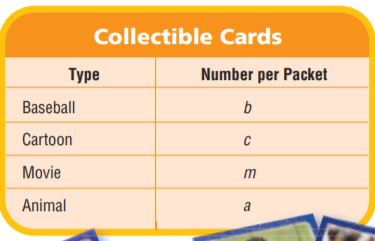



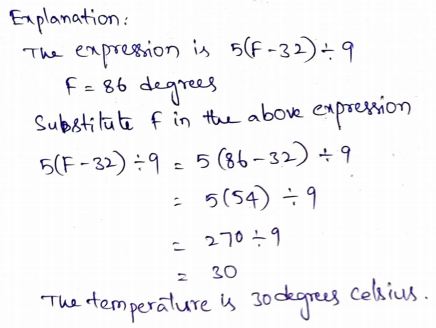


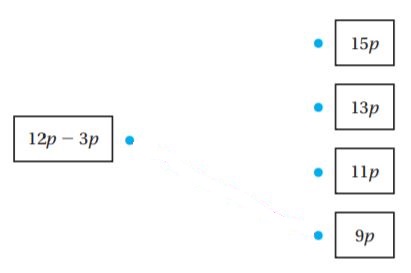
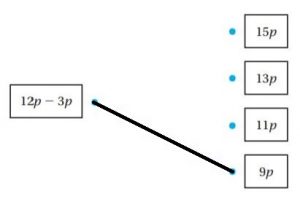
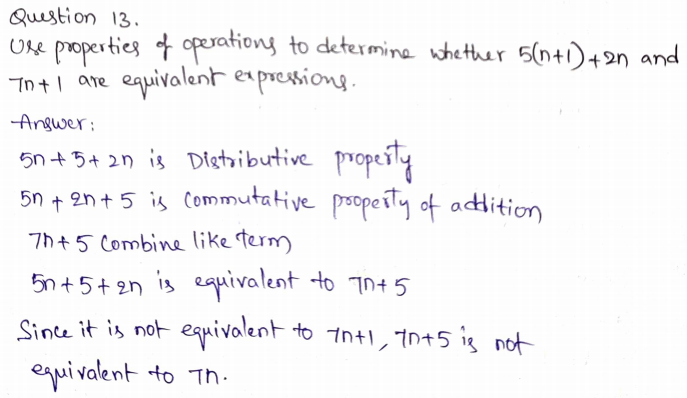




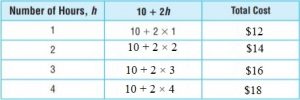
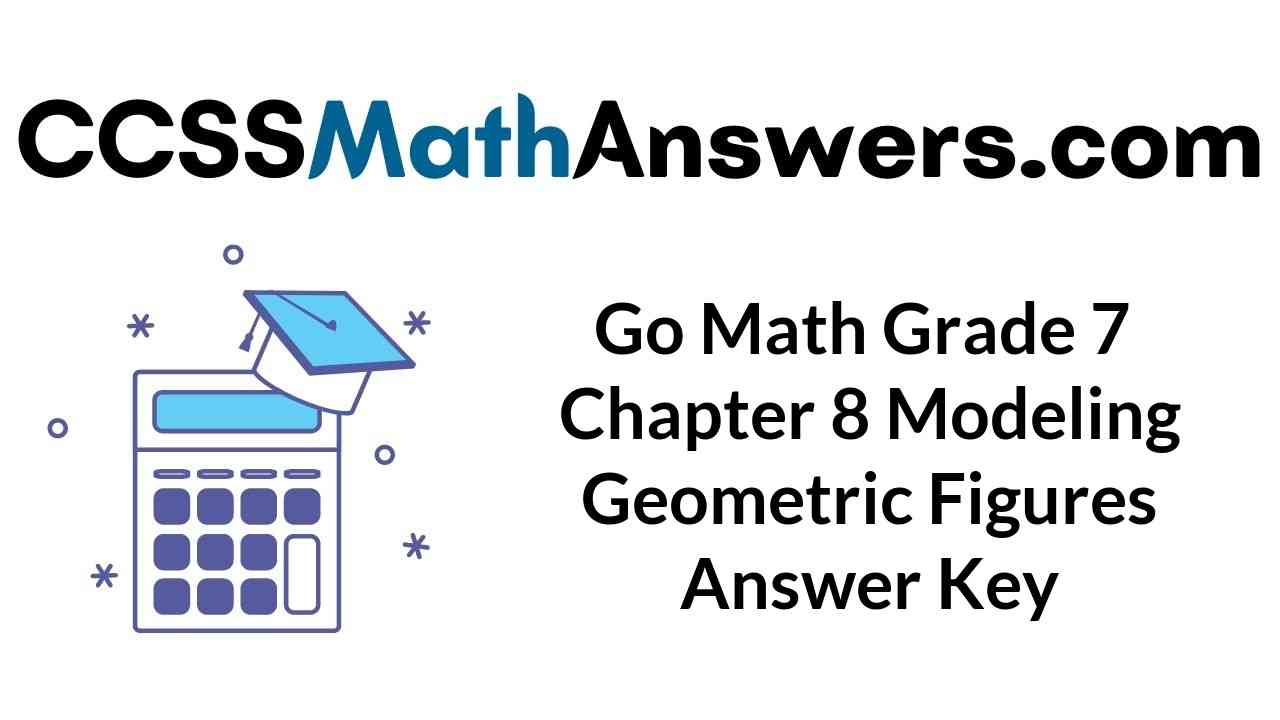
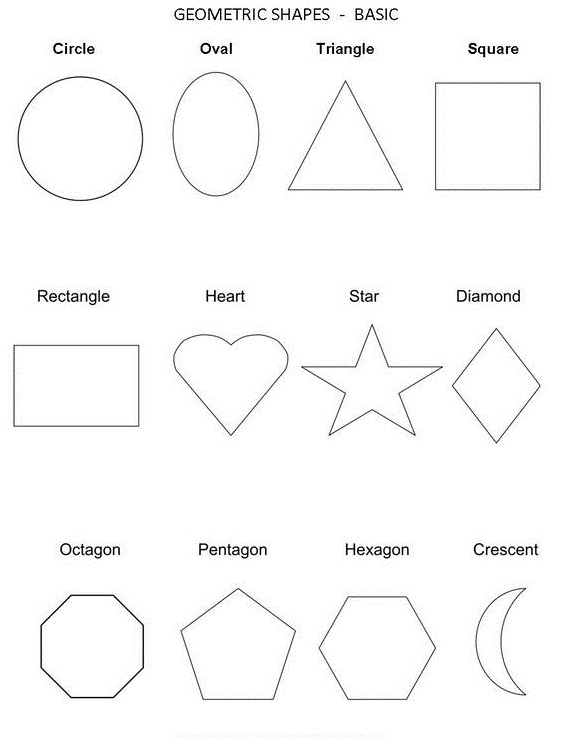


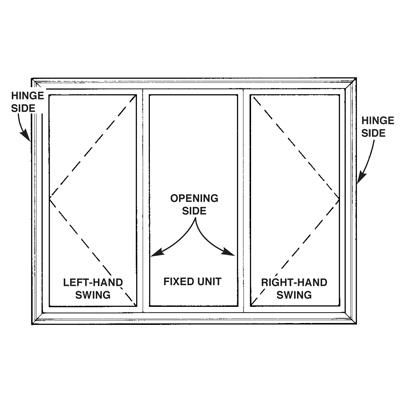
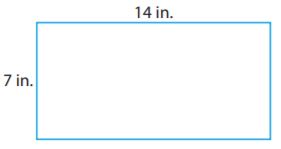
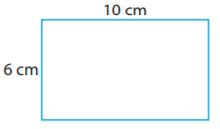
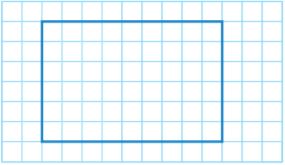
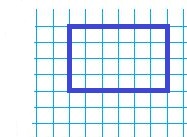
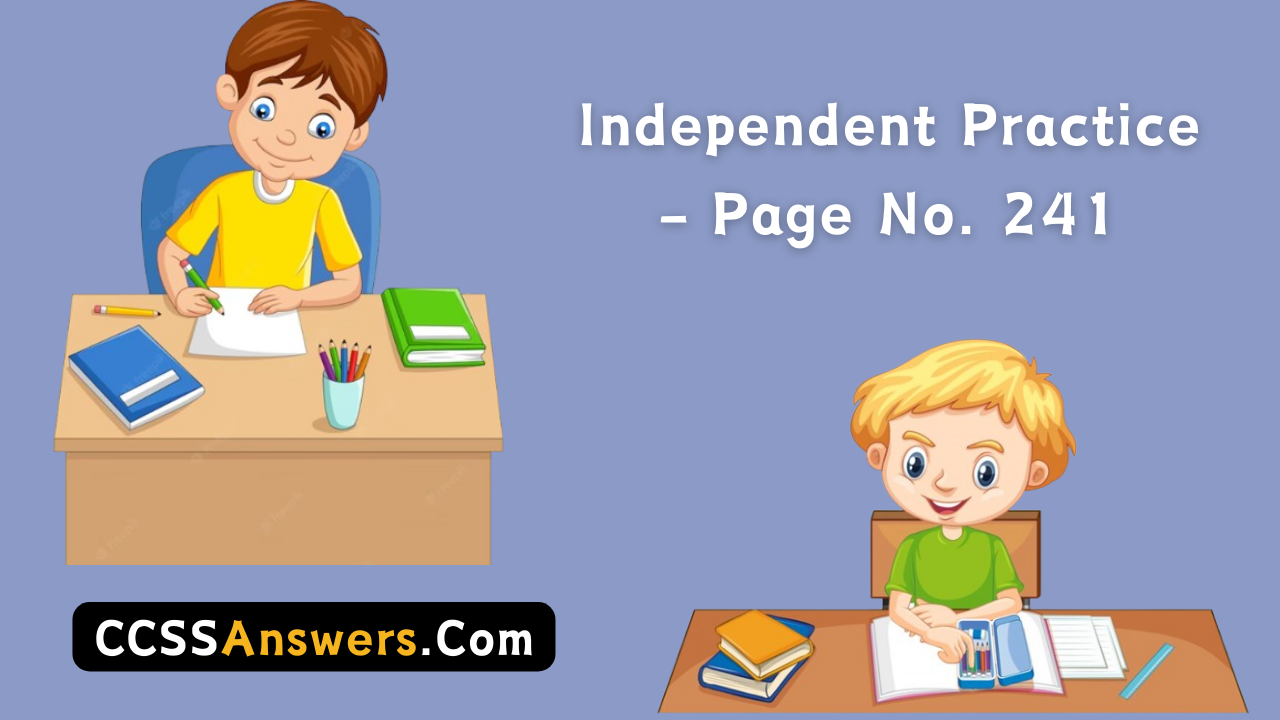
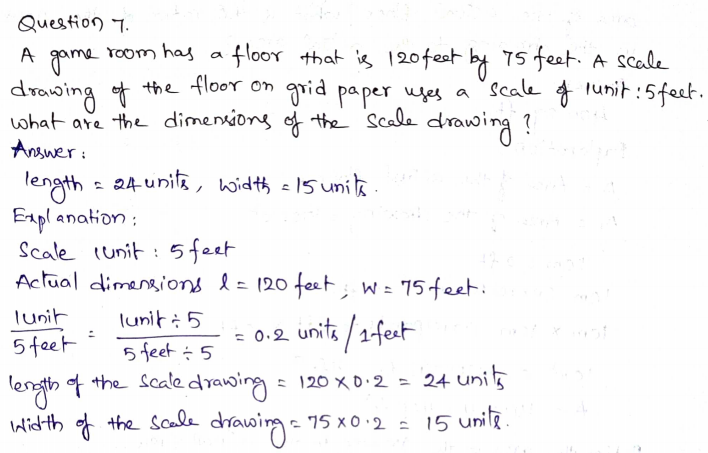
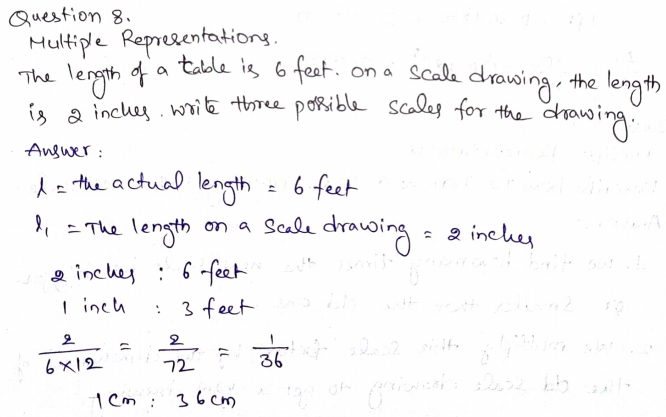
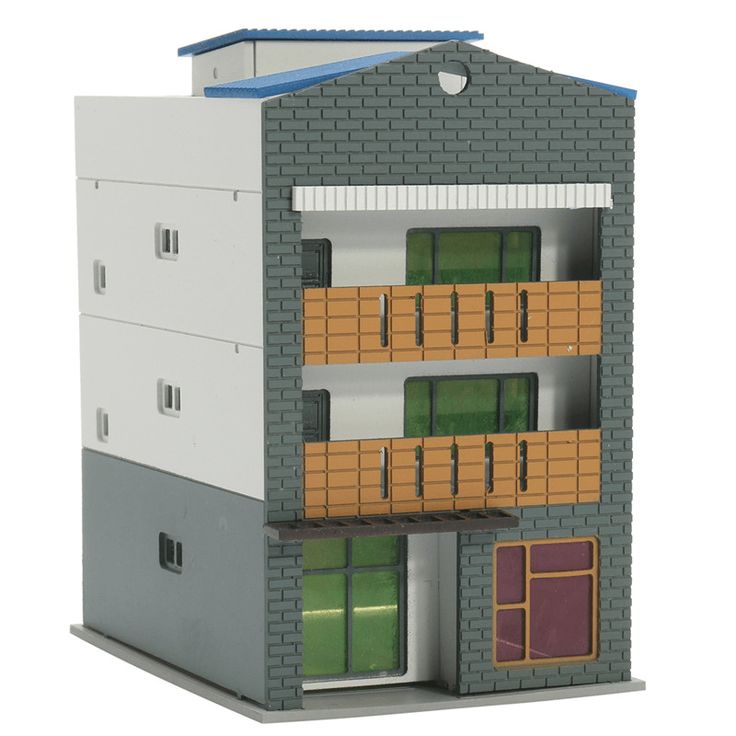
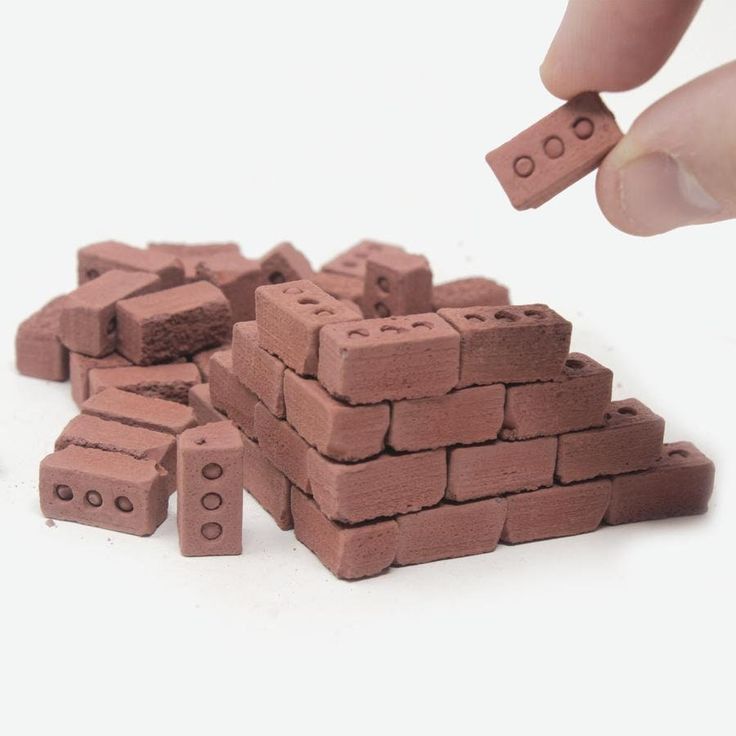
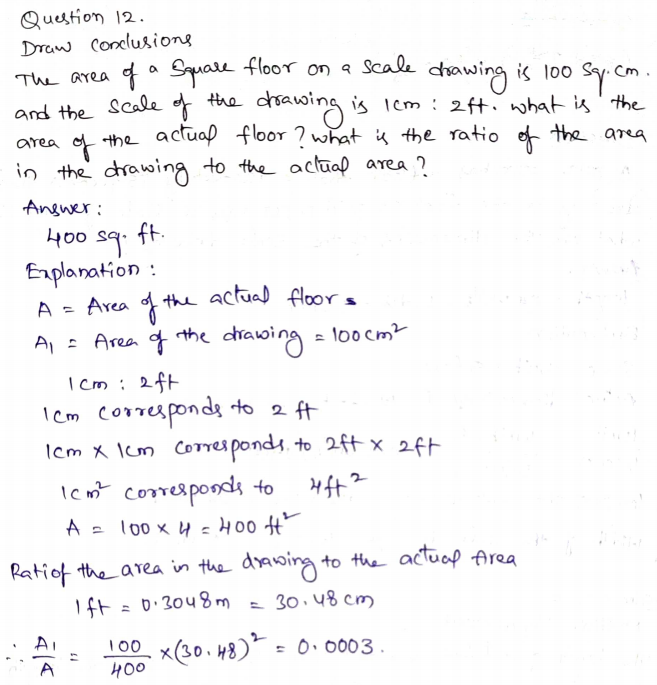
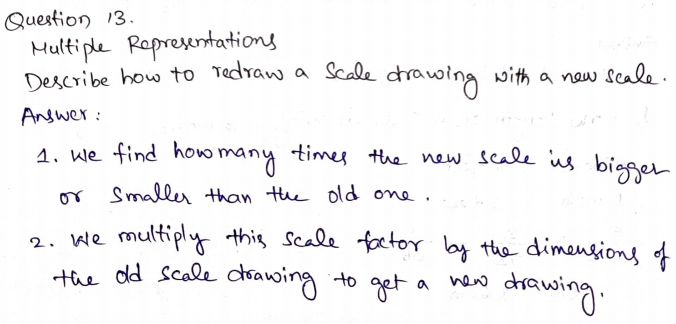
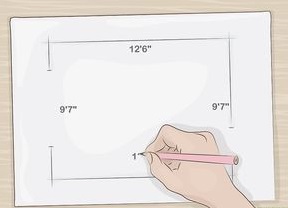
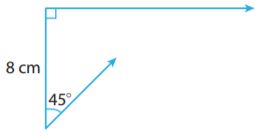


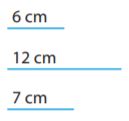

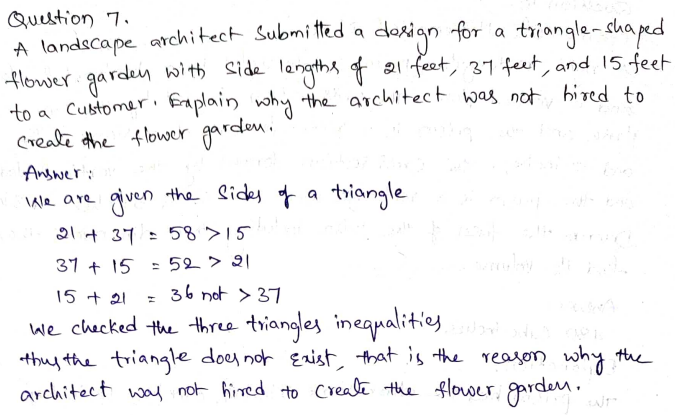
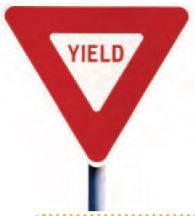

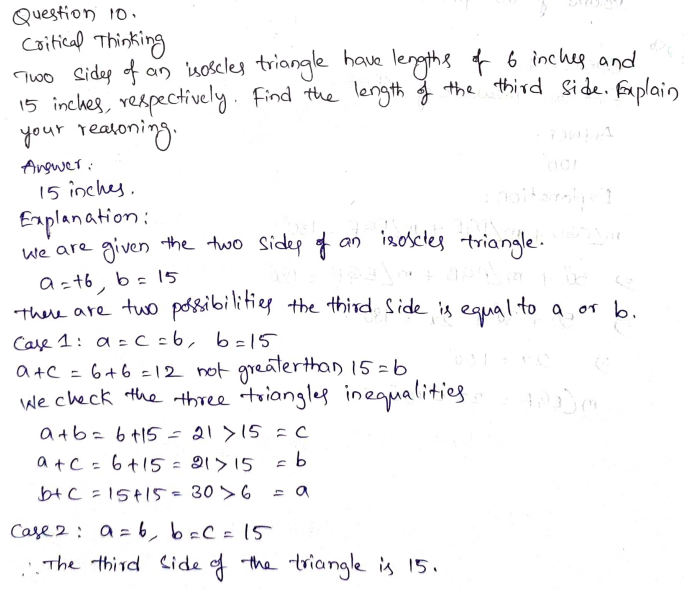
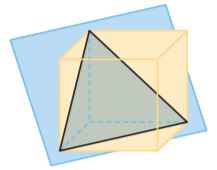

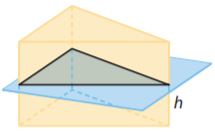
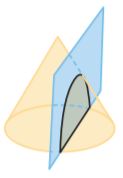
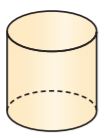

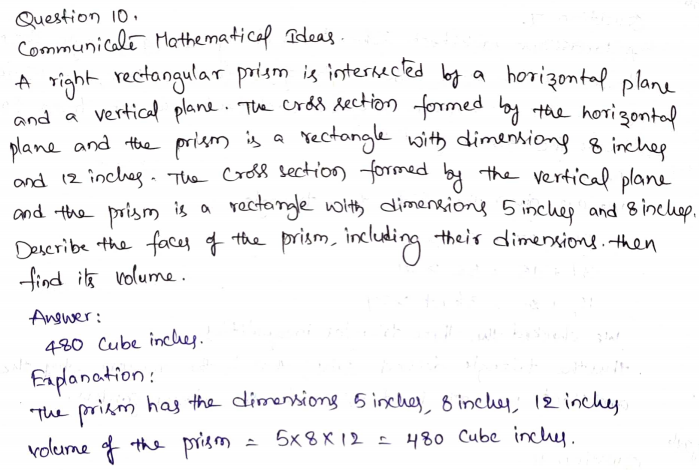

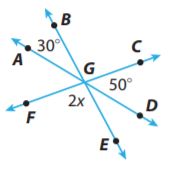
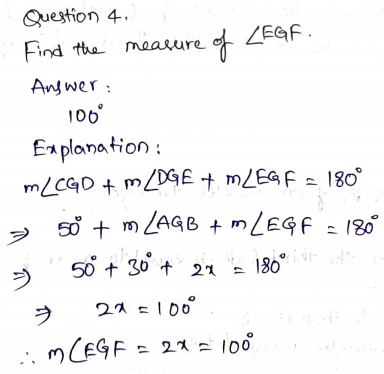
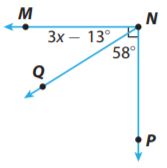


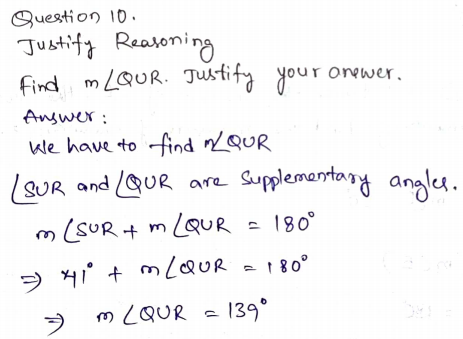
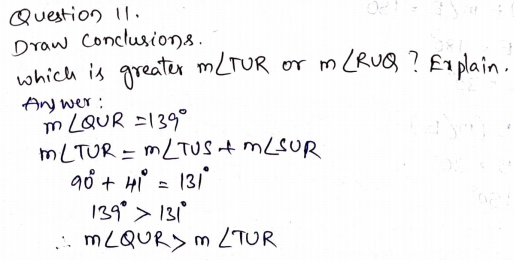

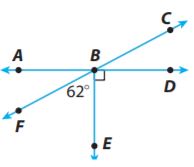
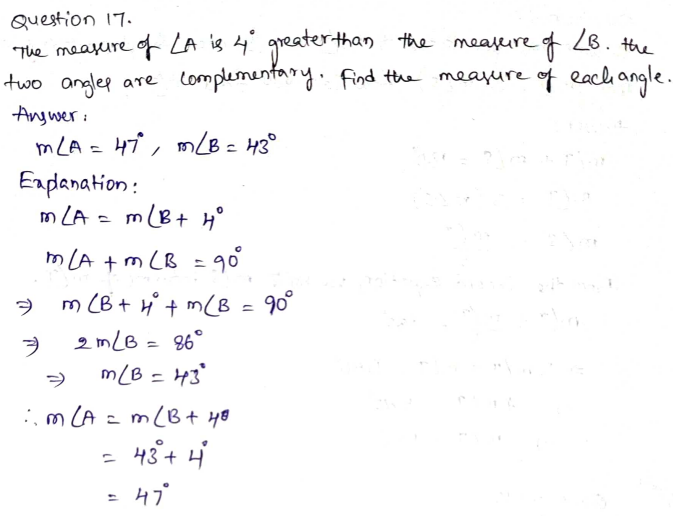
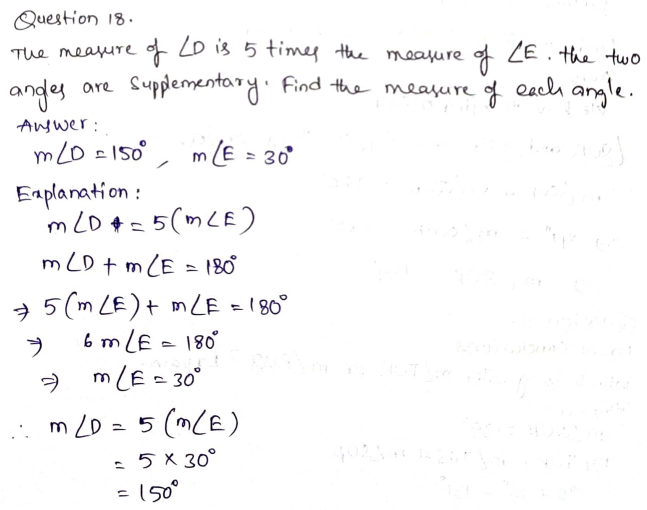
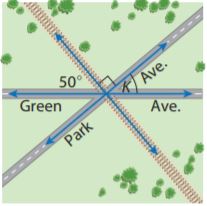
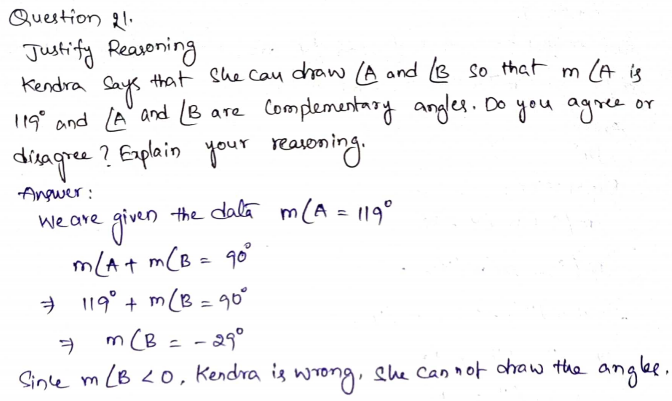


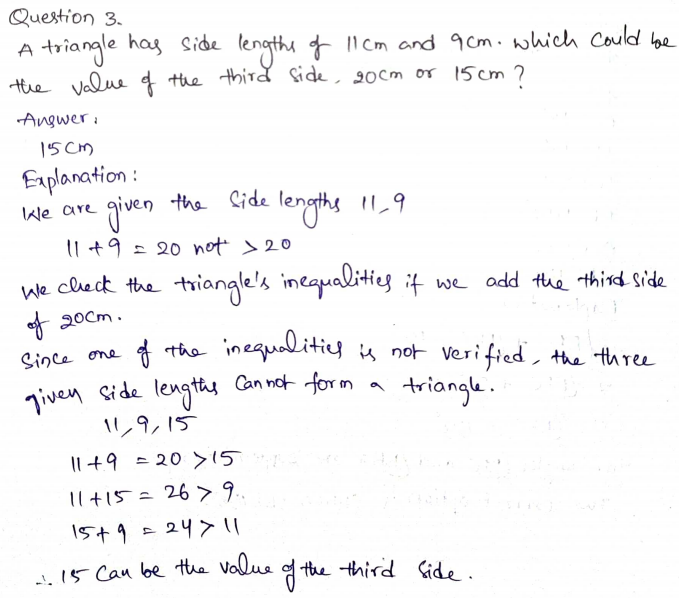
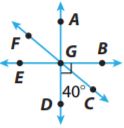

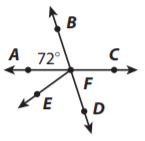
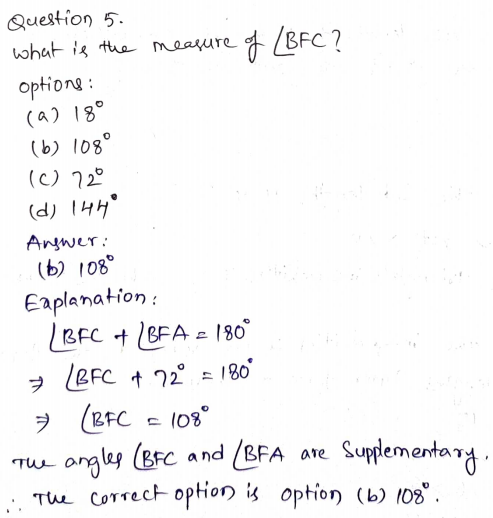
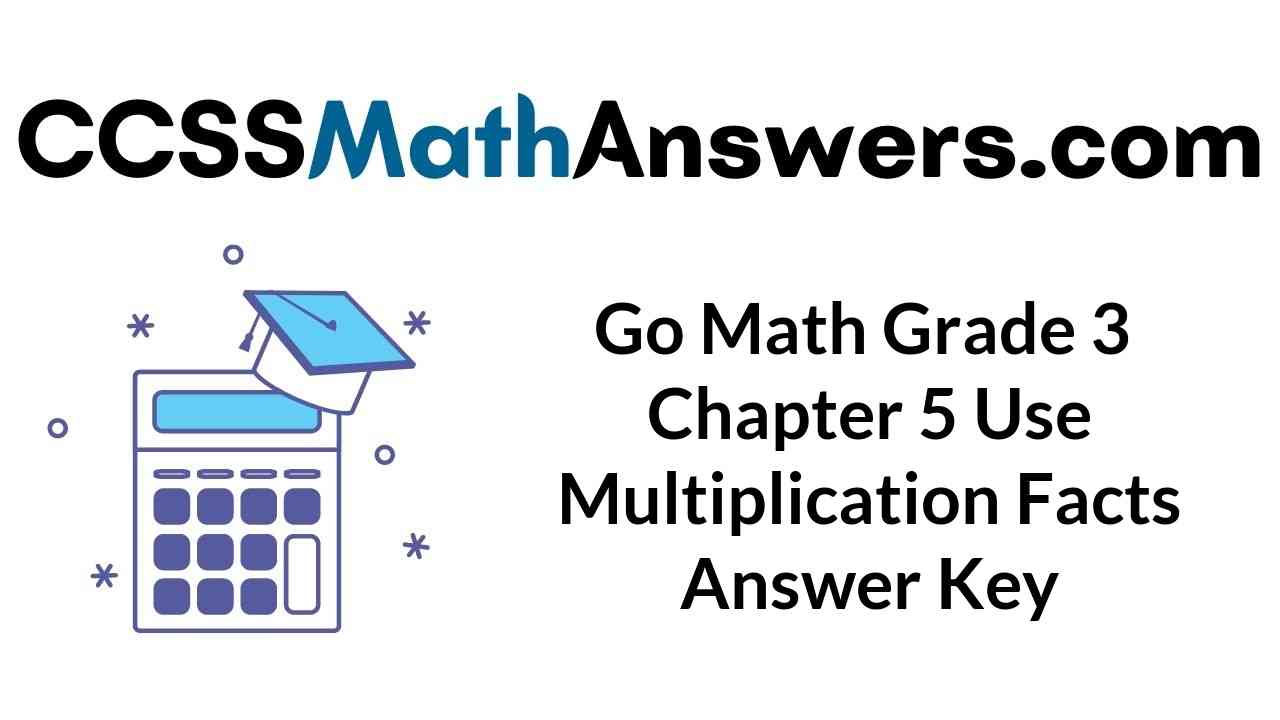


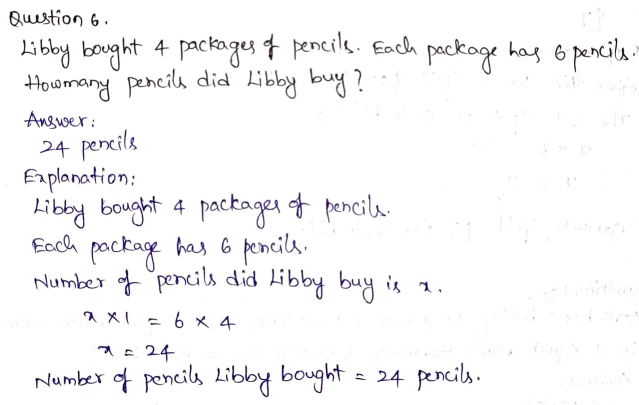


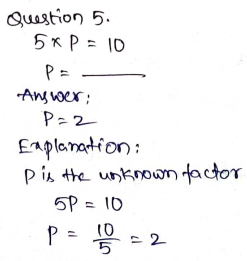
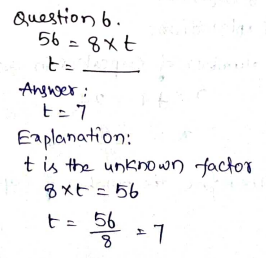
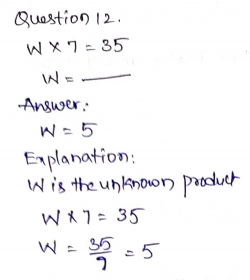
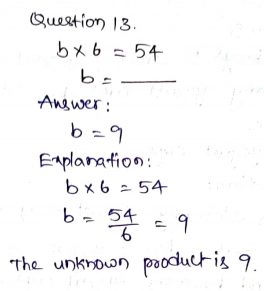
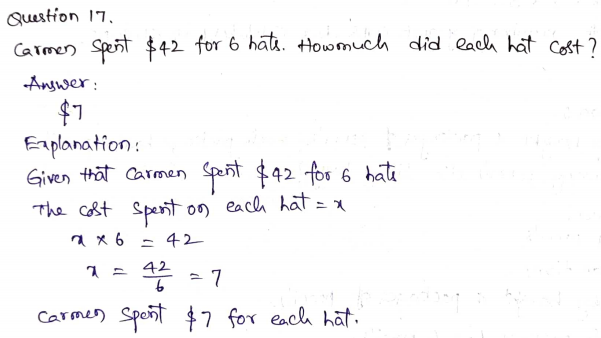


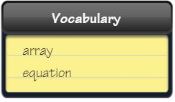


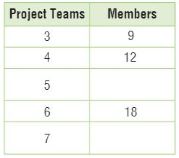
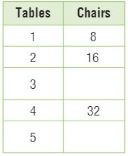

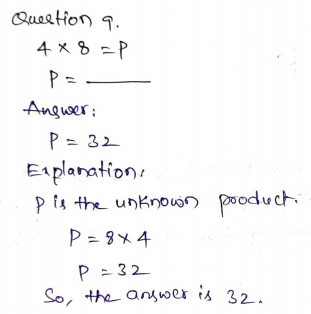
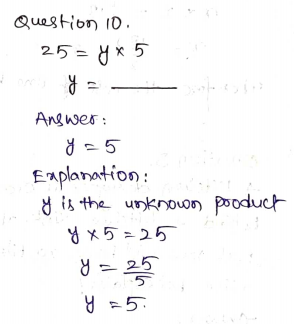

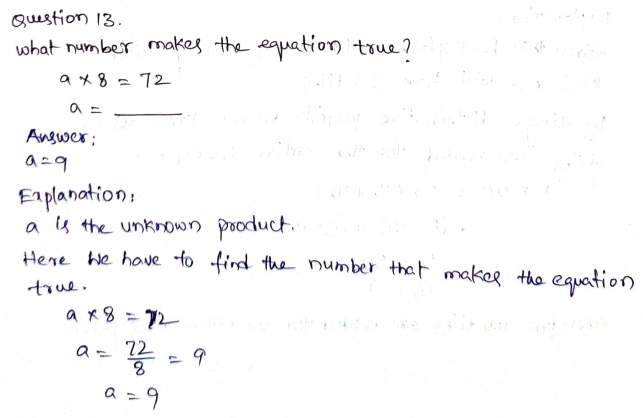


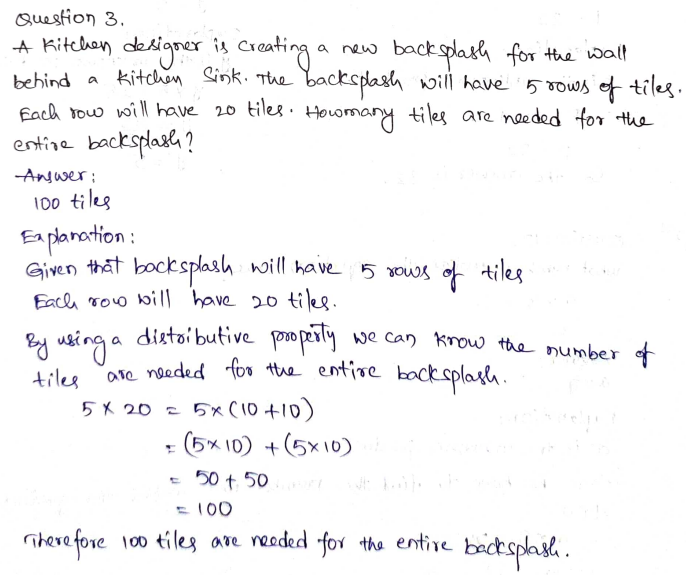


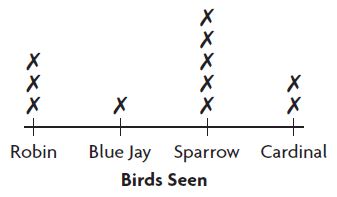


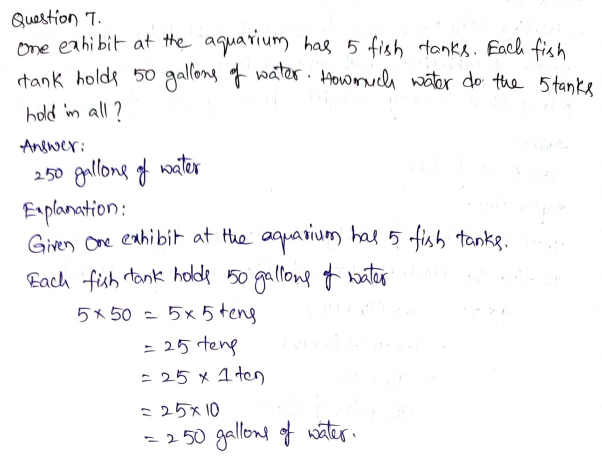
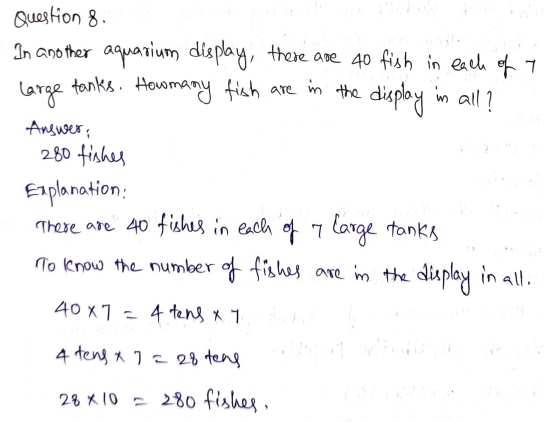


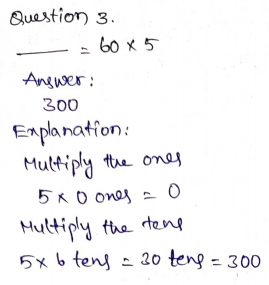

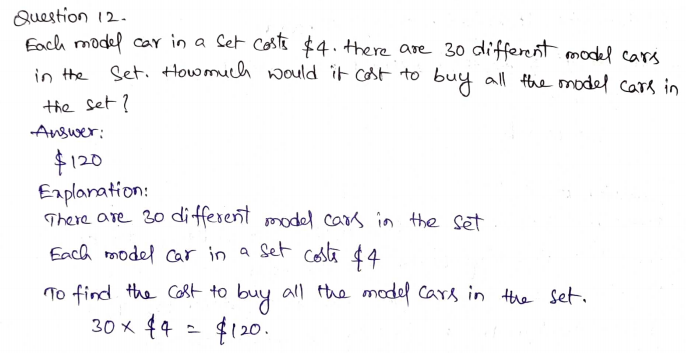


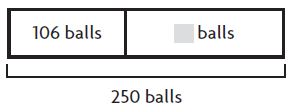
 cabinets of fiction books in the library.
cabinets of fiction books in the library.

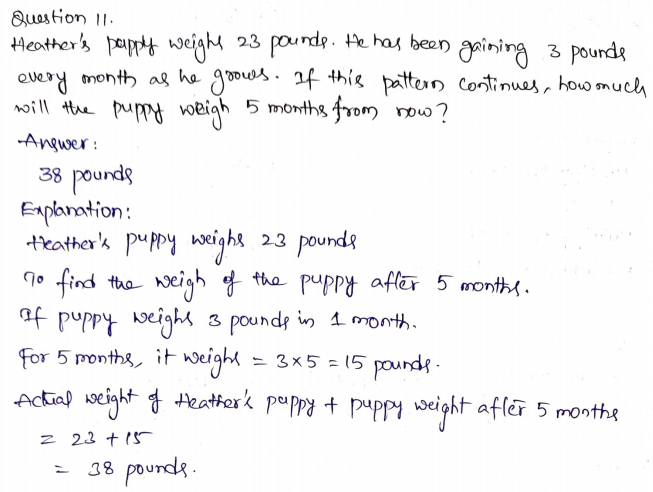




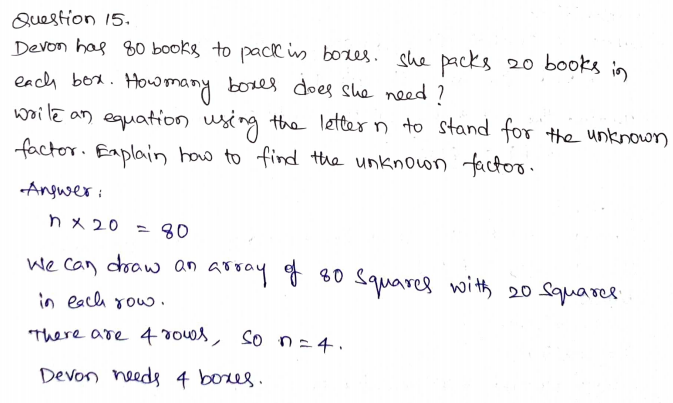


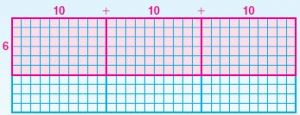
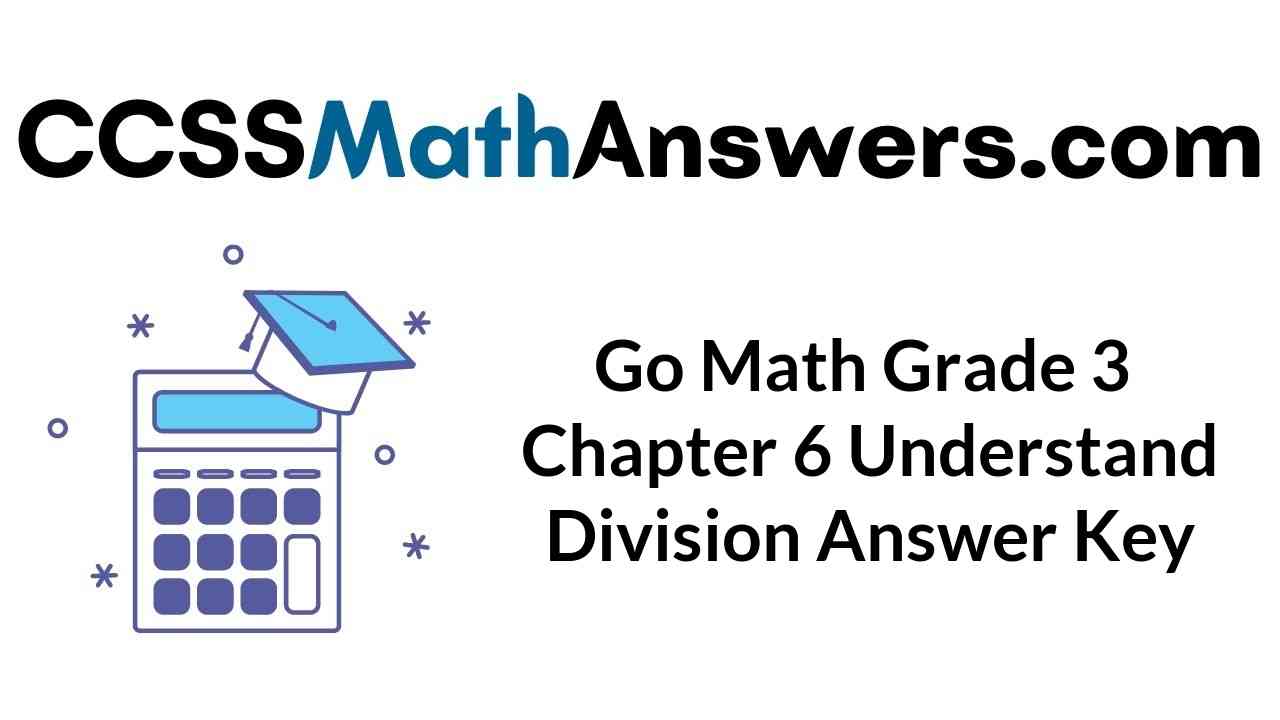
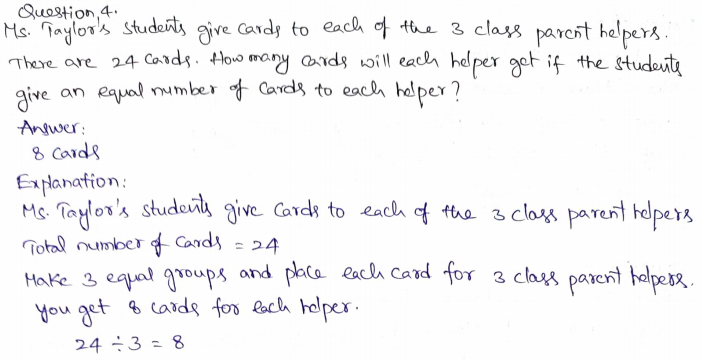
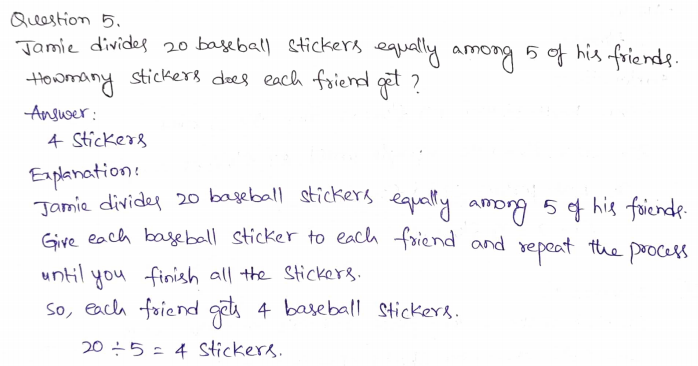
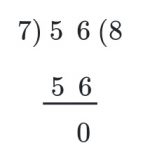
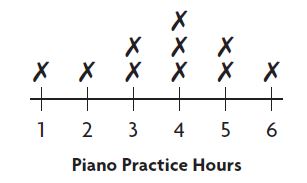
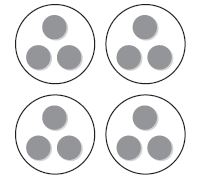
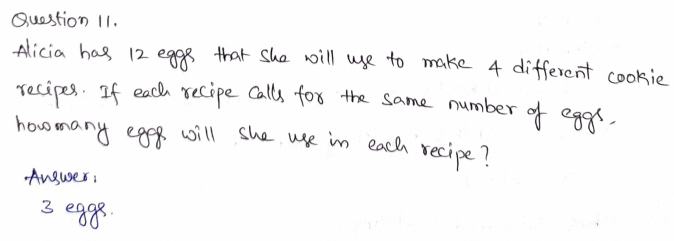
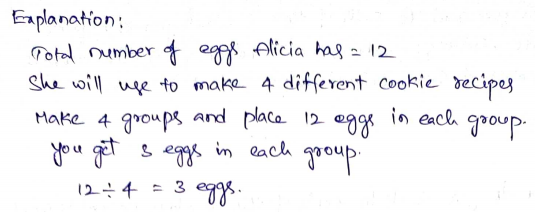

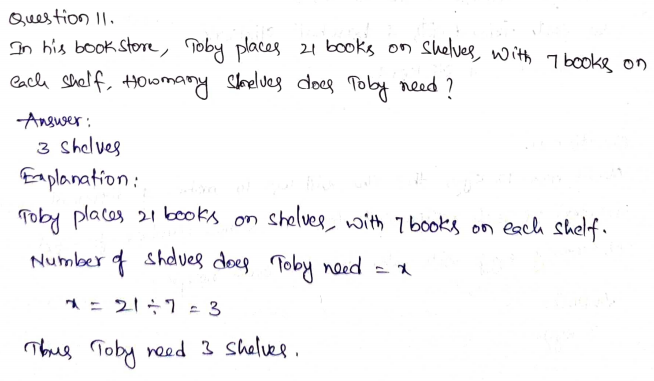
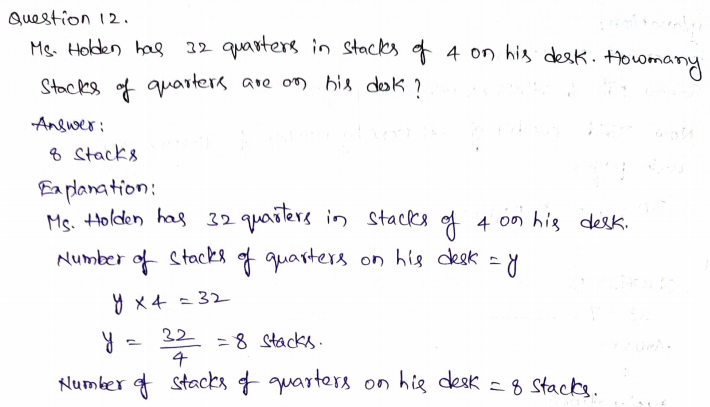
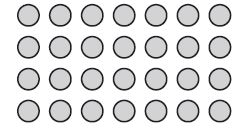



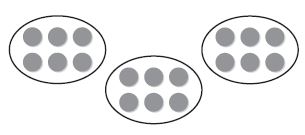

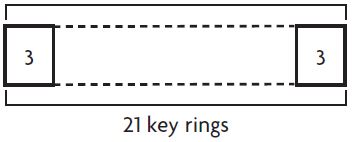









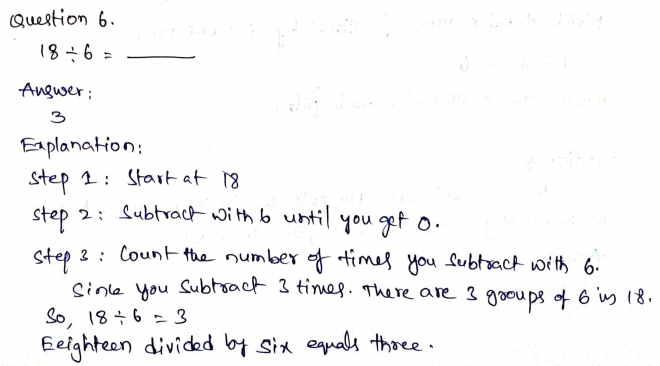
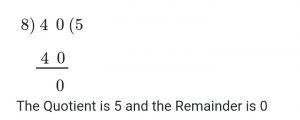
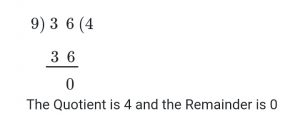
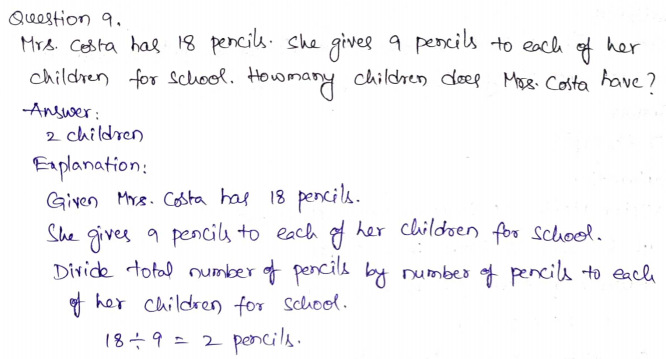
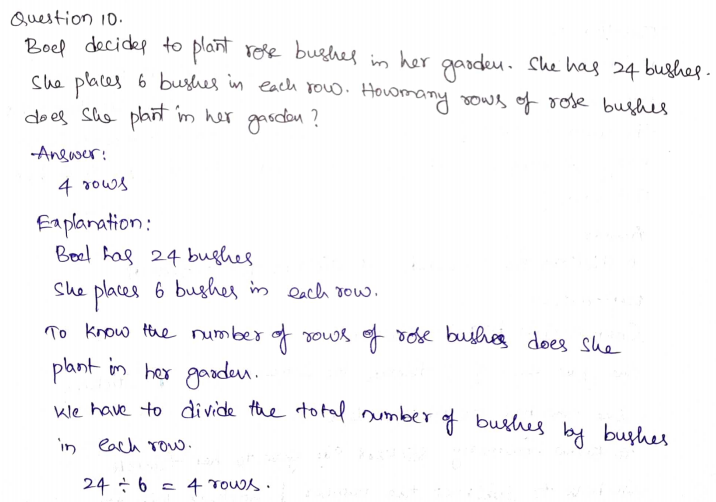










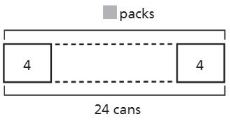
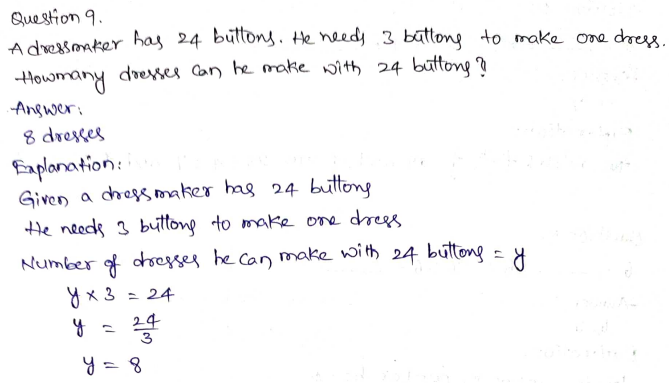
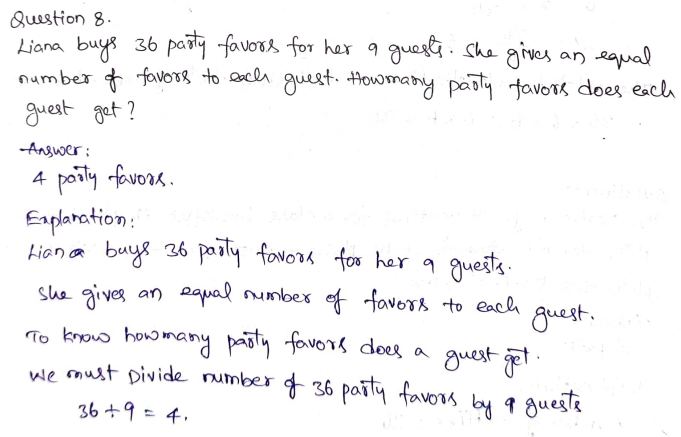


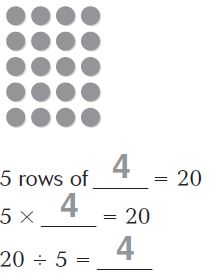
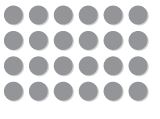



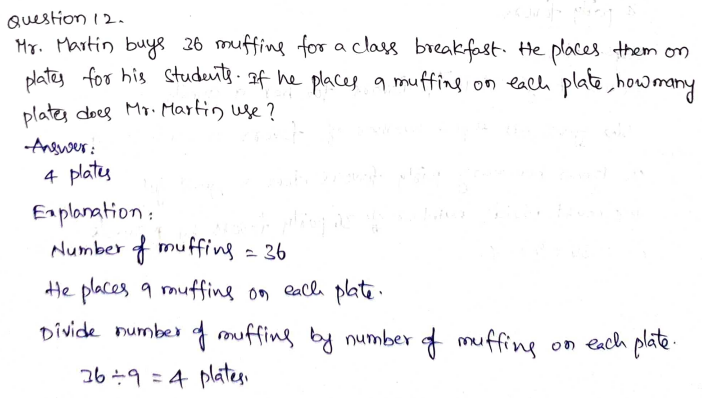
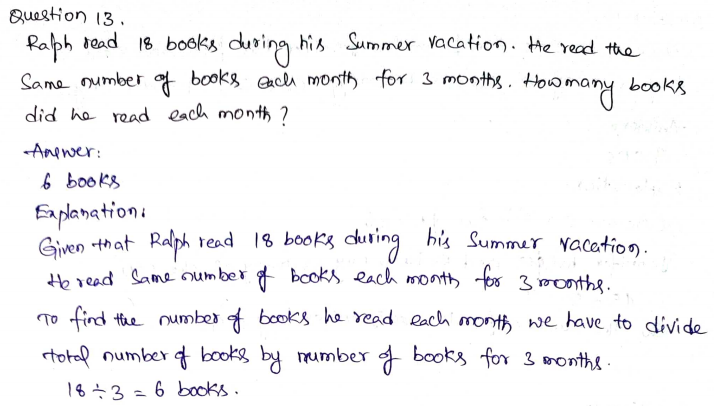
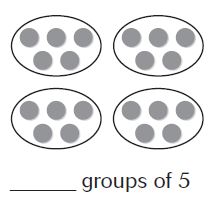




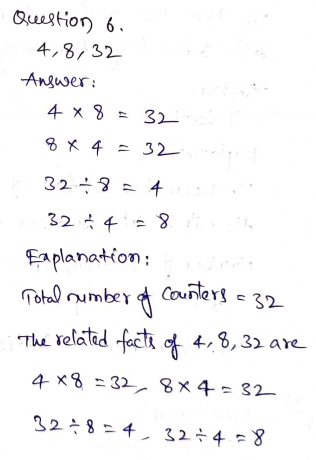
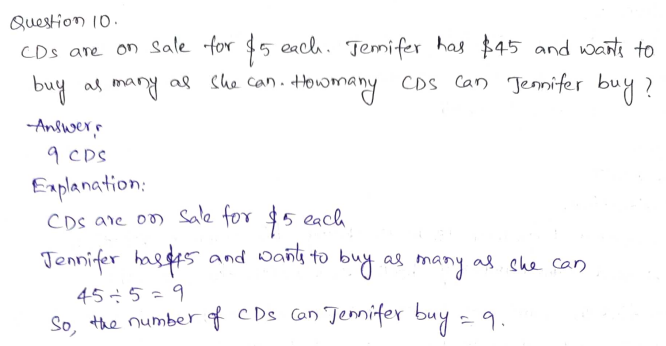
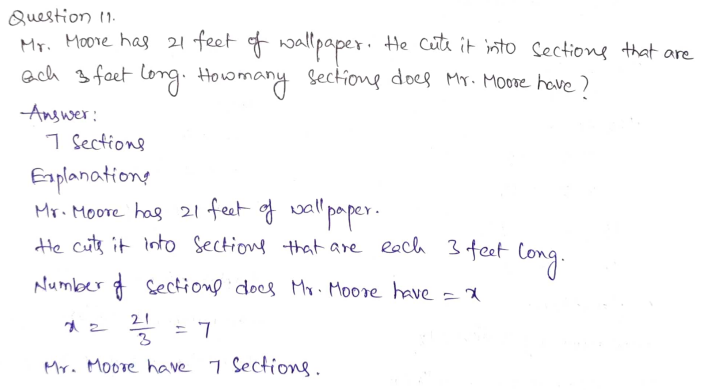
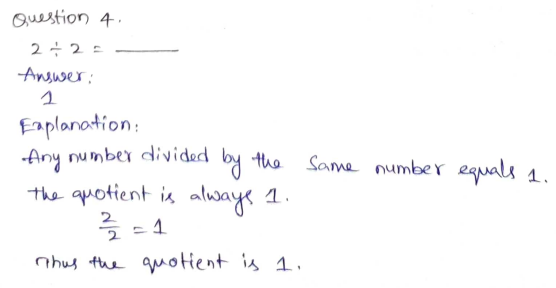
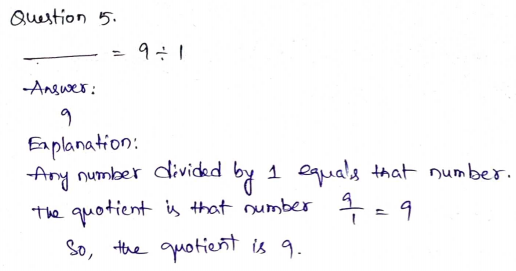
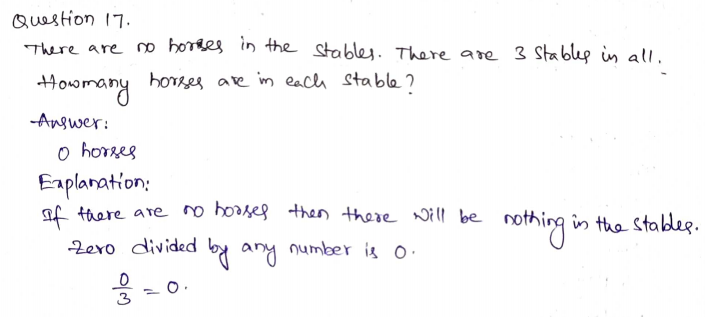
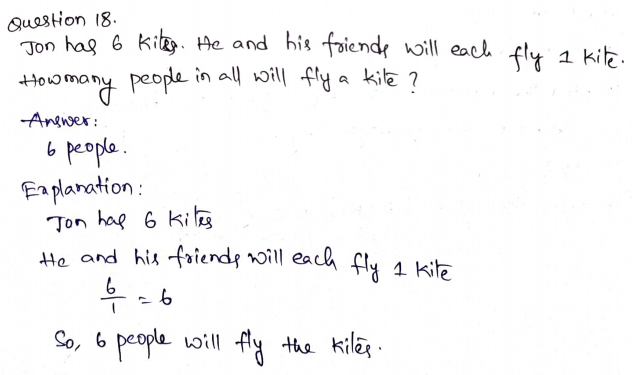
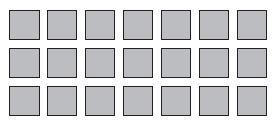

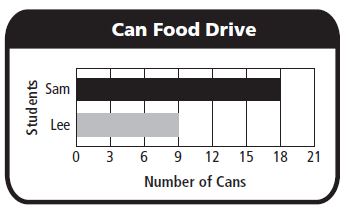
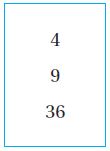 horses in each pen.
horses in each pen.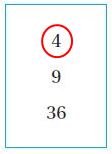 horses in each pan
horses in each pan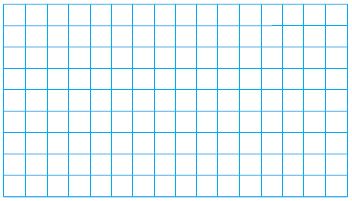
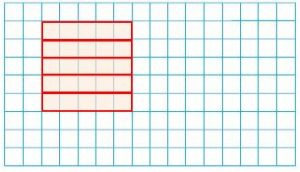

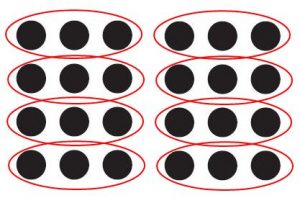





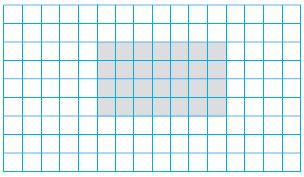


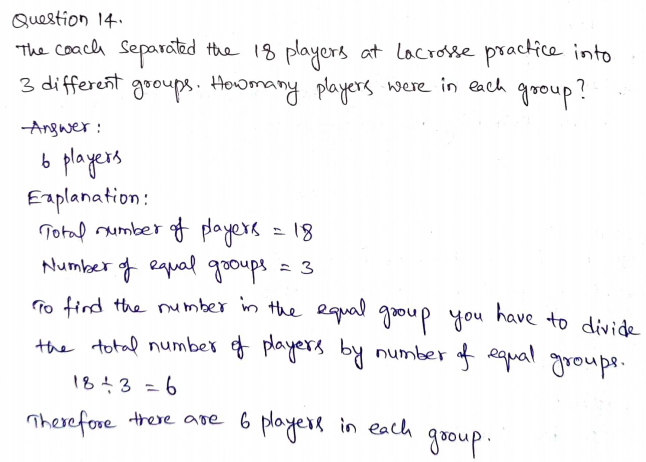



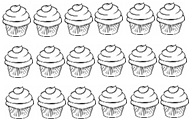

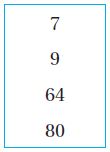 × 8 = 72 72 ÷
× 8 = 72 72 ÷ 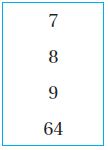 = 8
= 8 × 8 = 72; 72 ÷
× 8 = 72; 72 ÷ 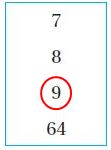 = 8
= 8







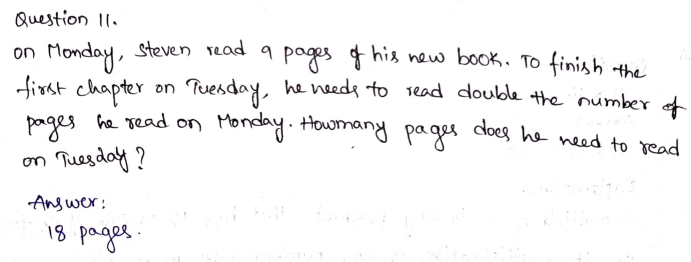



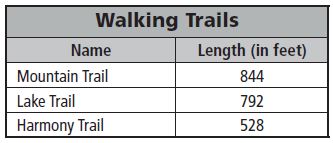



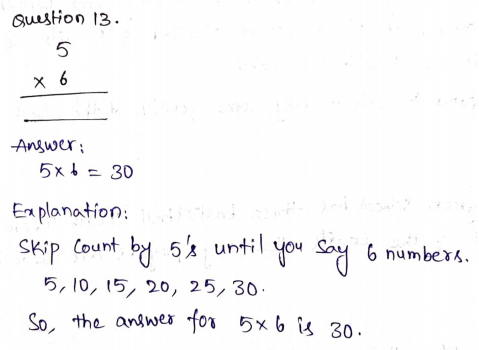

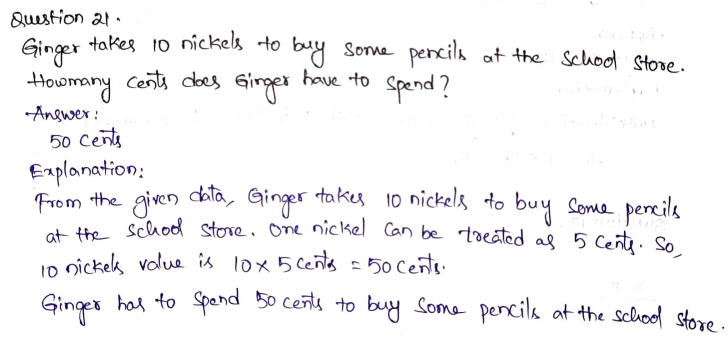
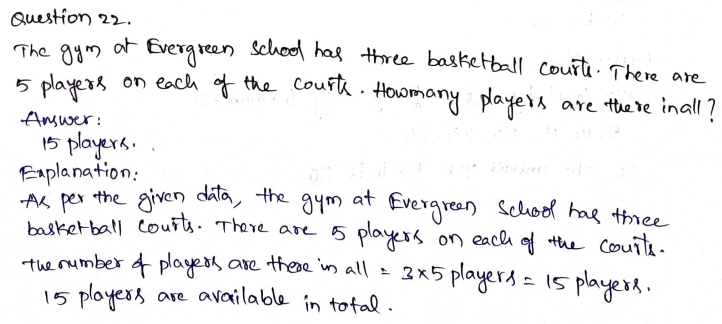

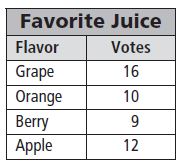
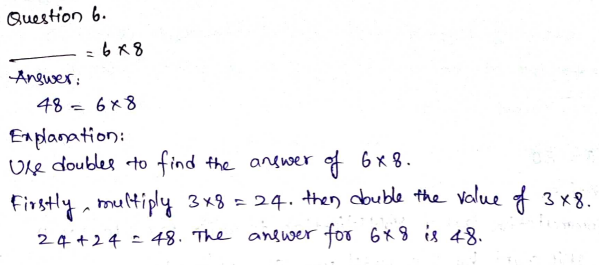
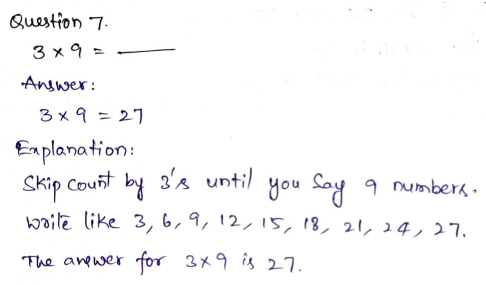
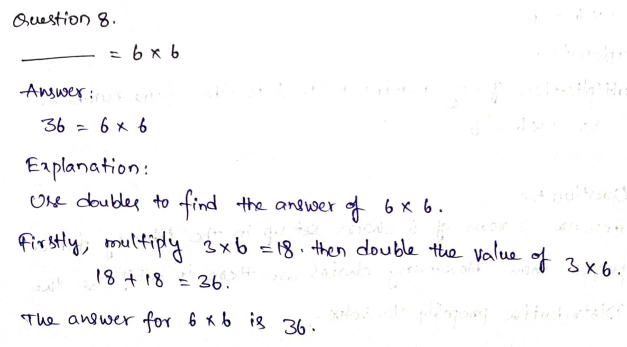
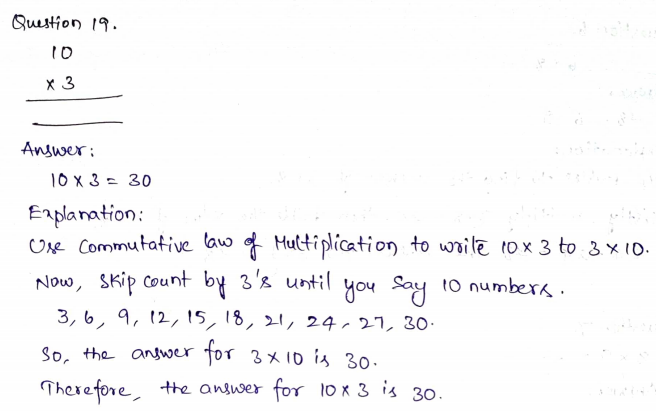
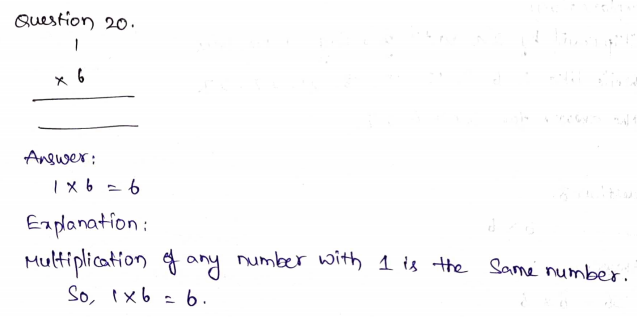
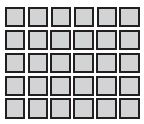


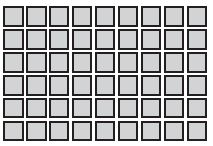

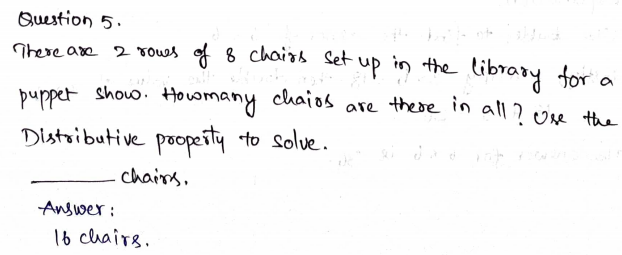

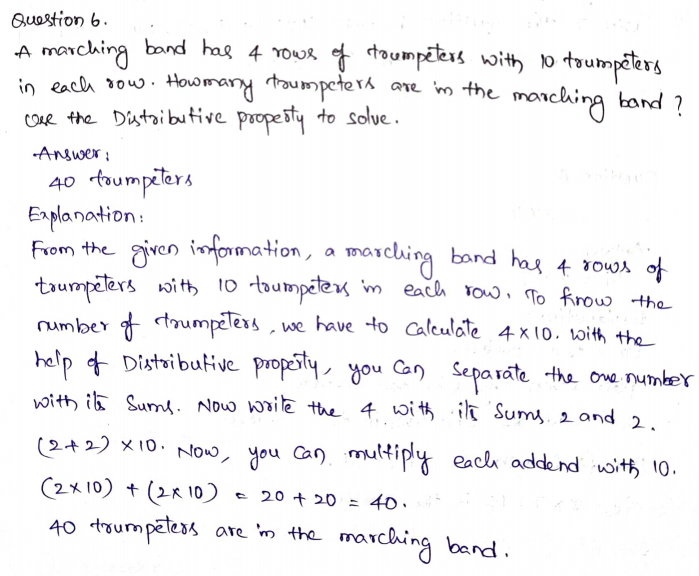

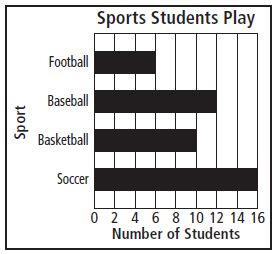
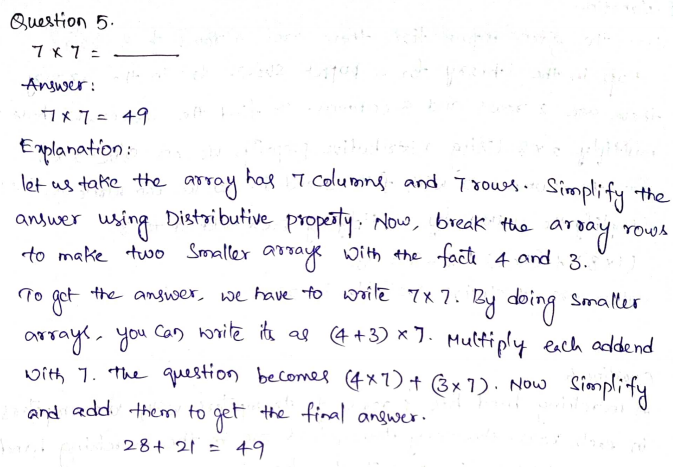

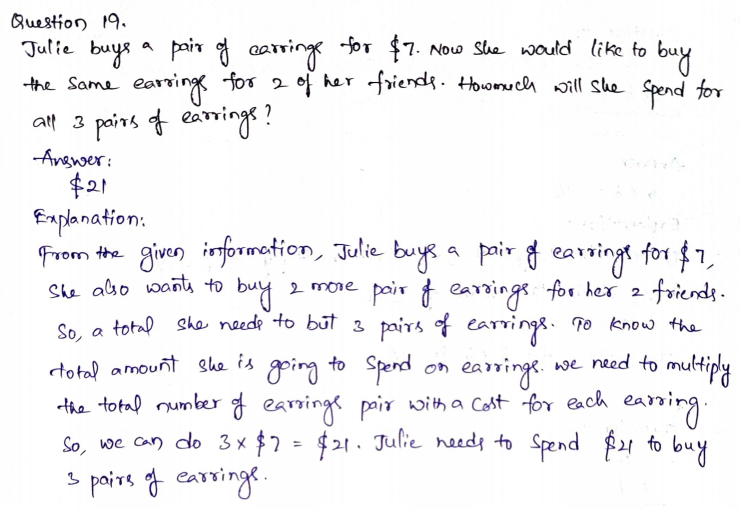


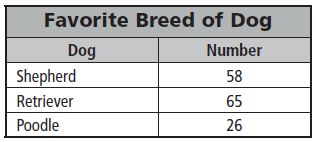
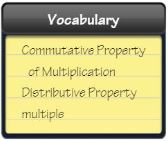


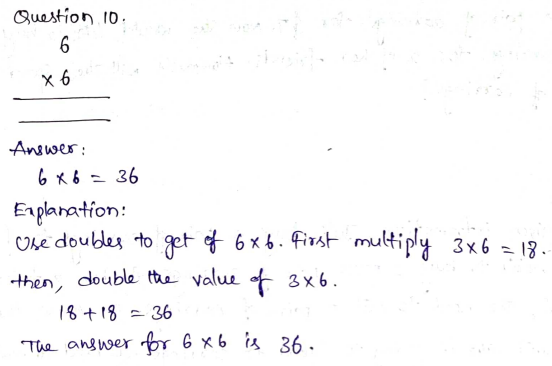
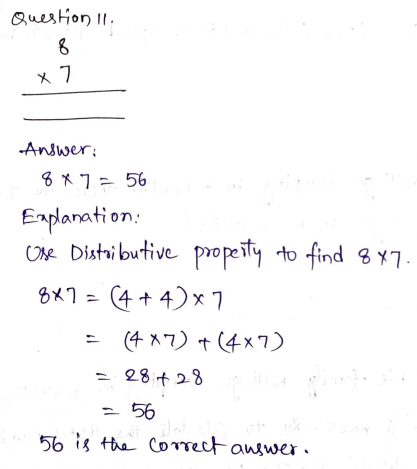
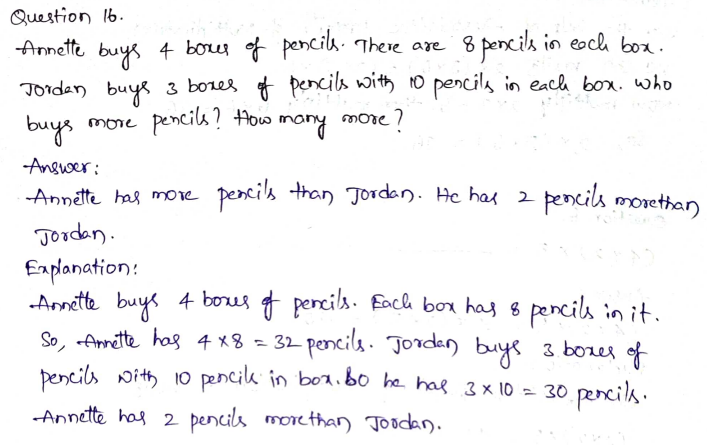
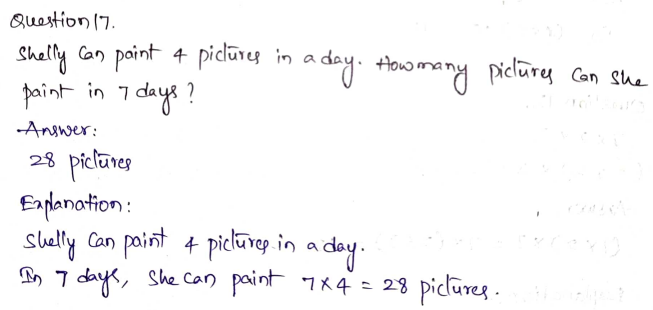
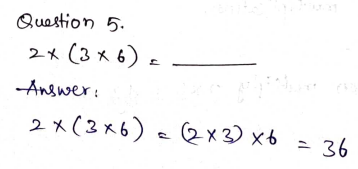

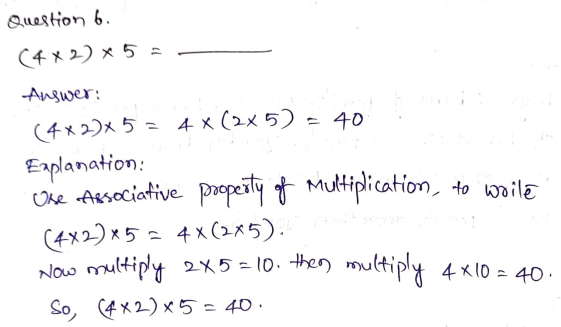

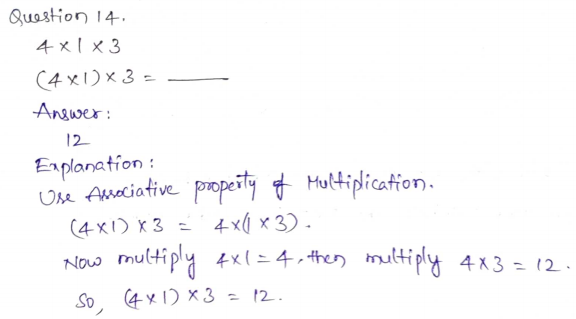


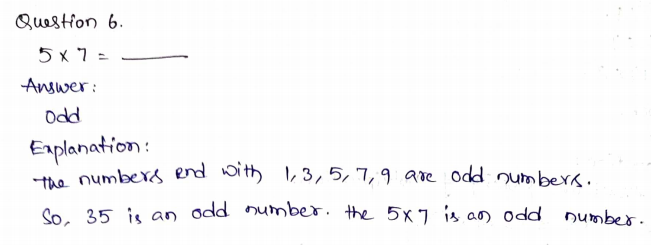
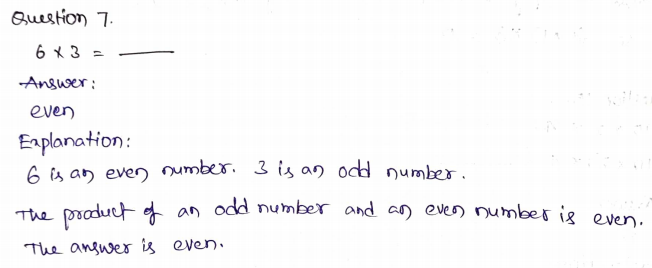
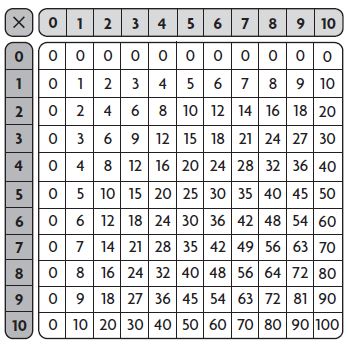
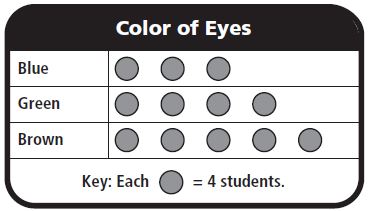

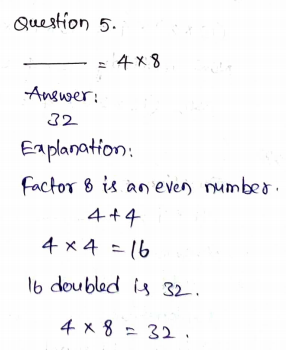

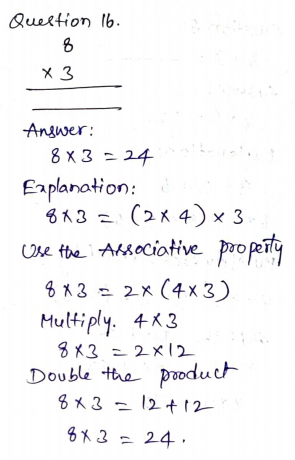

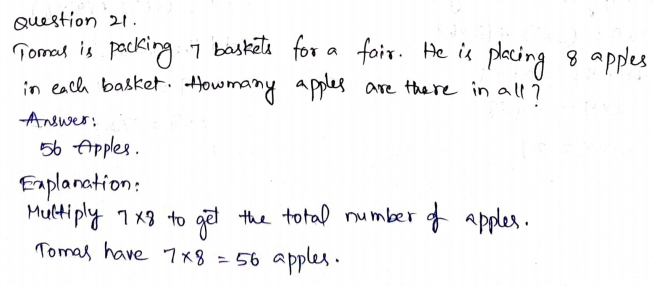
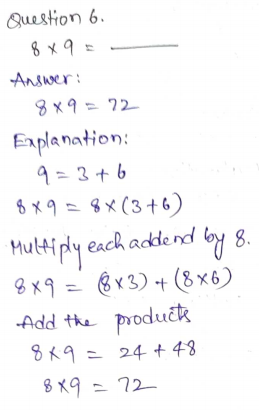

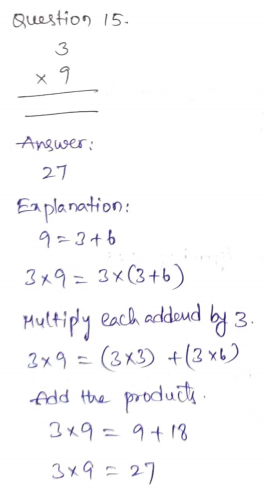

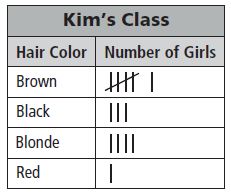
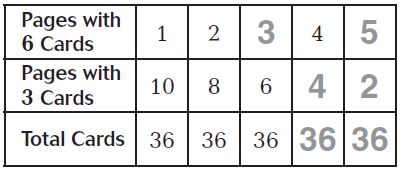

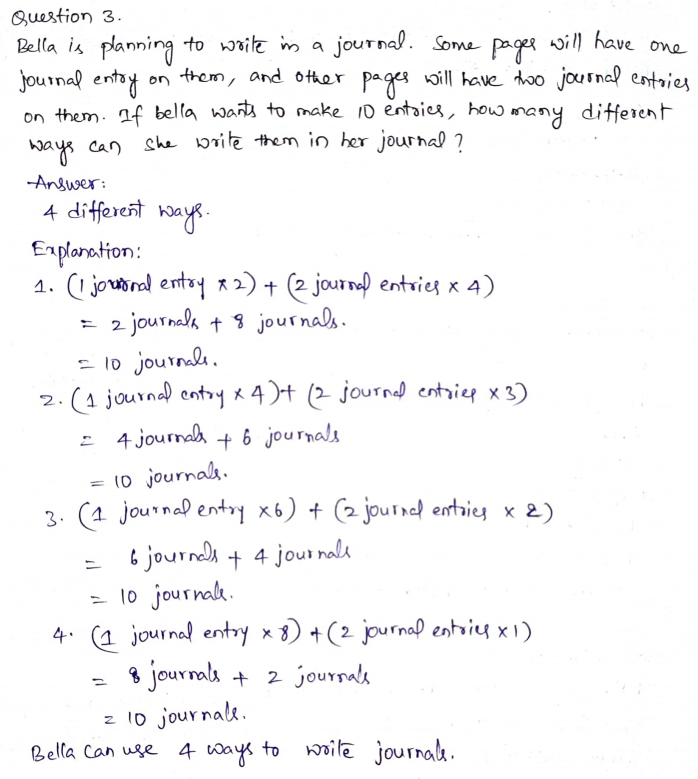
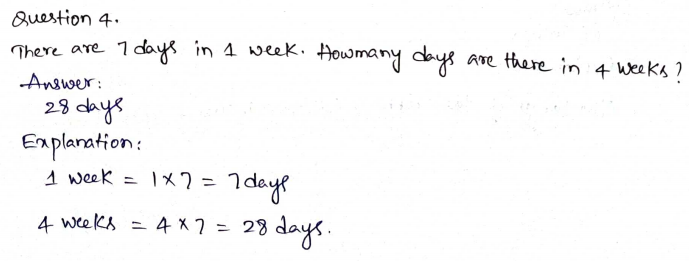





 3 × (3 × 9)
3 × (3 × 9)
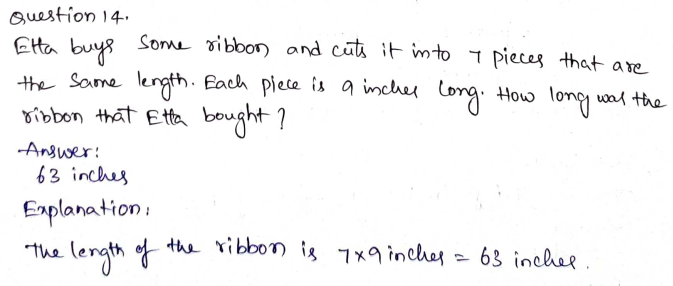
 = 40
= 40




